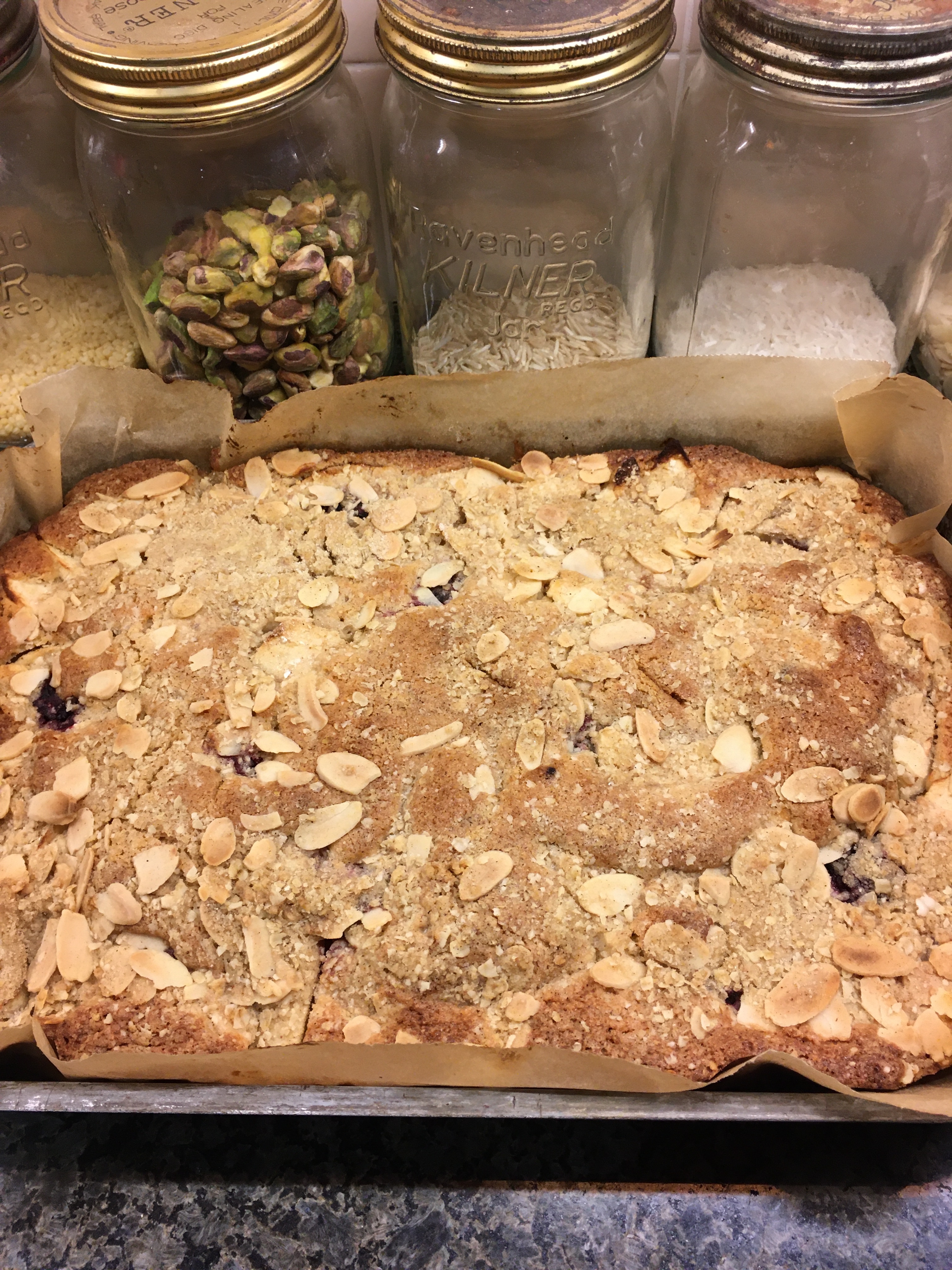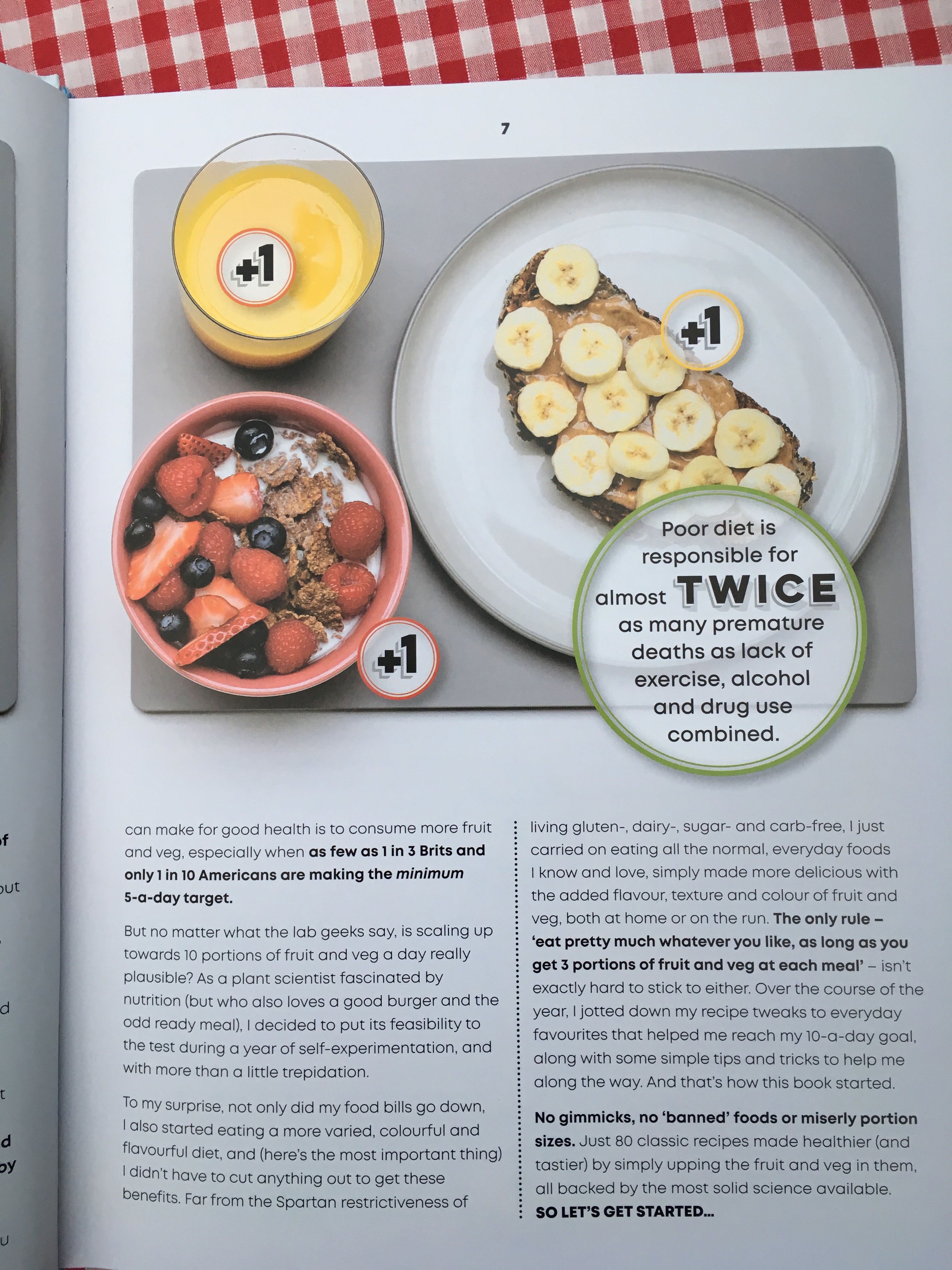
Notes for anyone listening to BBC Radio Leicester today. You can send e mails, texts and messages for free gardening advice. I’ve been a travelling head gardener and a garden designer for 25 years. I write for weekly Garden News Magazine. I grow my own fruit, veg and flowers at home on a one acre plot created from a ploughed field. Currently, I’m speaking each week from the potting shed during the corona virus epidemic. Here’s the view from the potting shed, for anyone who likes blossom. Turn up the sound to hear the birdsong.
We cater for everyone. So if you’ve never gardened before and want some essential tips to get started, get in touch. We can help experienced gardeners wanting to grow the latest varieties or try something new. Maybe you want to grow more salads and veg for the family. Or you might fancy the challenge of growing for a “virtual” flower show. We can help.
This week we talk about growing tomatoes. I’m growing classic beefsteak variety Marmande for cooking, and tasty cherry tomato, Tumbling Tom for salads. My plants are 12cm (5″) tall and the roots are coming out of the bottom of the pots, so I’m potting them on. They’ve been growing in 7.5cm (3″) pots and I’m moving them up to 12.5cm (5″) pots. They will eventually go into 25cm (10″) pots and window boxes, but they have to be moved up in stages as tomatoes don’t like lots of cold wet compost around their roots.
Tomatoes like plenty of warmth, so I’ll keep mine indoors until the end of May. Tomato leaves turning yellow could be an indication the plants are getting too cold overnight, especially if they are right next to the greenhouse glass. Move them to the middle of the greenhouse and create a fleece tent to keep temperatures more stable between night and day. Remove fleece promptly in the morning. Alternatively, yellow leaves could mean the plants are running out of feed. Composts usually contain feed for about six weeks. But yellow leaves indicate a lack of nitrogen, so feed with a very dilute tomato fertiliser. Move plants on promptly when the roots have filled the pots. Don’t over water as plants also hate cold wet feet. Use tepid water. Bring the watering can in to the greenhouse to warm up. Cold water causes shock. Tomatoes need warm steady growing conditions and don’t like swings in temperature. Try to water them in the morning so they are not left cold and wet at night. Aim the watering can at the roots and keep the foliage dry.
While I’m stuck at home, I’m looking about to see what I can do to keep connected with the outside world. One thing I’m doing is joining in with the Rainbows 5K challenge.
Rainbows is a hospice in Loughborough, supporting children and young people with life-limiting conditions. They receive only 15 percent of their funding from the government and everything else has to come from donations. The corona virus lockdown means they can’t run all the usual fund-raising events. But the 5K challenge is one way everyone can help out.
You can take part anytime between now and May 31st. I’ll be logging my walking while I’m mowing the grass, weeding, raking, hoeing and plodding about the plot between the greenhouse and potting shed. I am sure digging also counts!
You can also help by tagging rainbows on social media to keep them in the public’s eye by posting photos on Facebook @rainbowsfanpage and on twitter and Instagram @rainbowshospice.
Children and all ages can take part. You can walk, run, hop, skip, cycle. Think of me weeding and cutting the grass for hours on end. At least the garden will look lovely, and it’s all in a good cause!
The National Gardens Scheme is also a charity close to my heart. Mum and I usually spend every Sunday visiting an NGS garden, having a cup of tea and piece of cake and buying a few plants. The lockdown means no gardens are open this summer. But the charity has launched a ‘Support Our Nurses’ campaign with virtual tours and JustGiving pages.
There are three gardens so far featured in leicestershire: Brook End in Wymeswold, with spring blossom, tulips and daffodils and ponds. There’s also Donna’s Garden at Snowdrop Ridge in Market Harborough, which should have opened for the first time this summer. There’s a wonderfully calming goldfish pond video.
Also a ‘walk through’ at Oak House, South Kilworth.
Donations support nurses working for MacMillan and Marie Curie, Hospice UK, Carers Trust, The Queens Nursing Institute. The NGS also helps Parkinson’s UK, Perennial and Horatio’s Garden for spinal injuries.
During the programme I mention our concerns for growers, garden centres and nurseries which are not allowed to open during the lockdown. There are fears many might go out of business with plants having to be skipped. Livelihoods are on the line.
I mention the Garden Centre Association #SupportYourLocalGardencentre campaign at gca.org. There’s a list of garden centres providing local deliveries.
Val and Steve Bradley from BBC Radio Kent, the Sun newspaper, have created a list of growers and nurseries offering mail order and/ or deliveries.
I’ve provided a limited and ever-changing list for Leicestershire here: https://bramblegarden.com/2020/04/05/contacts-and-information-to-help-you-through-corona-virus-lockdown/ If you want to be added, please get in touch.
Thank you for joining us at BBC Radio Leicester. These are strange and difficult times for all of us, but we can keep connected through social media and listening to the radio. It’s amazing how we can all help by taking little steps at a time. They all join up to a giant leap forward, don’t you agree. Get in touch and let me know what’s looking good in your garden and how you are getting on during this lockdown time. Are you managing to get on with your gardening? Is your garden providing a calm sanctuary. I know mine is right now.
Links:
Rainbows 5K Challenge : https://www.rainbows.co.uk/events/rainbows-virtual-5k-2020
National Gardens Scheme https://ngs.org.uk/virtual-garden-visits/
Garden Centre Association lists : https://gca.org.uk/
Val and Steve Bradley nurseries/growers list: https://47flt.r.ag.d.sendibm3.com/mk/cl/f/nsnLPDyBJajPGKKpPRt5x9TOx4tu9x1Dz-v5FiKvBC10LYC0JB45oC3rcwqKse2n5D7aQhdwFnOZEulP7NPET4tRxtfv-n5eUr7mNx6H7gjRIWSVXN-QVsXdmRICgr44KOhL_NeHecmmxD8URqGk4-jf5QBzcACiRe7I8jdByhWKnFH9LN4d2C-sA4qsiNVzl4nQDttx7wgdEKWIS89NuNt-XaZCrrIiTT3B
You can follow me on twitter @kgimson
On instagram @karengimson1
And Pinterest @karengimson
Some photos from my garden:

Seedlings in the greenhouse, tomatoes, cosmos, onions, cucumbers, aubergines, peppers.

Planting out calendula Snow Princess grown in plug trays.

We had some winter storms and dead elms in the hedgerow.

The whole garden is scented by this viburnum. Planted in front of white cherry tree, prunus avium, and pink cherry Prunus Kanzan.

Pheasants Eye narcissi, still looking good in the cut flower beds.

Not all things go according to plan.

Cherry blossom. Stella. Lots of fruit, hopefully. Have never seen blossom like it. A good year for fruit trees.

Pear blossom. I’m keeping an eye on the weather. Fleece will be thrown over at night if there’s a frost.

Thank you for reading!




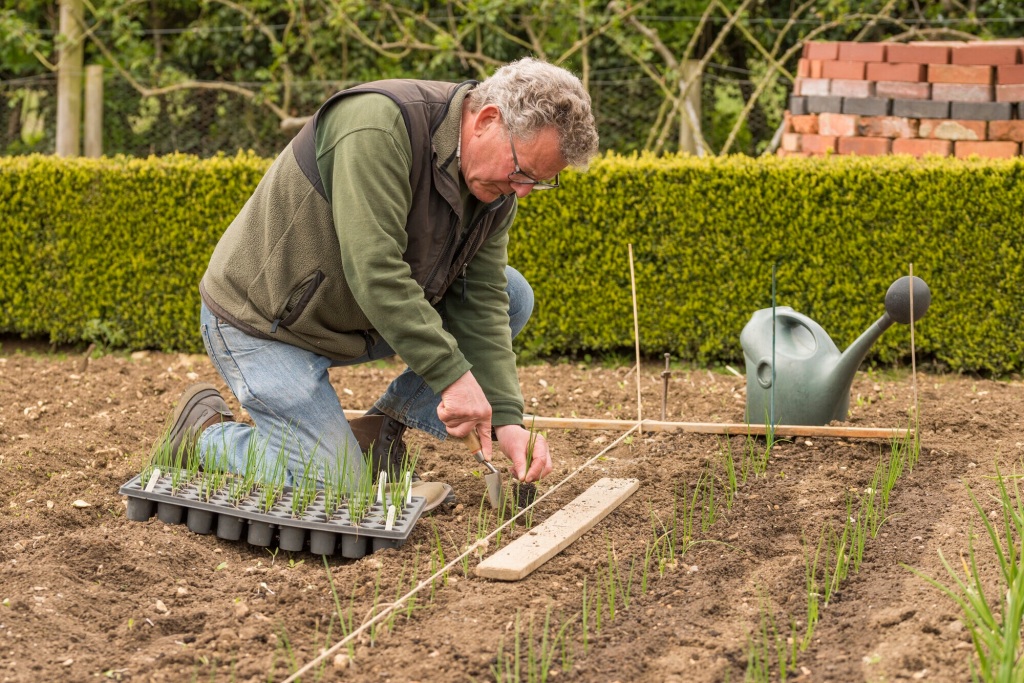

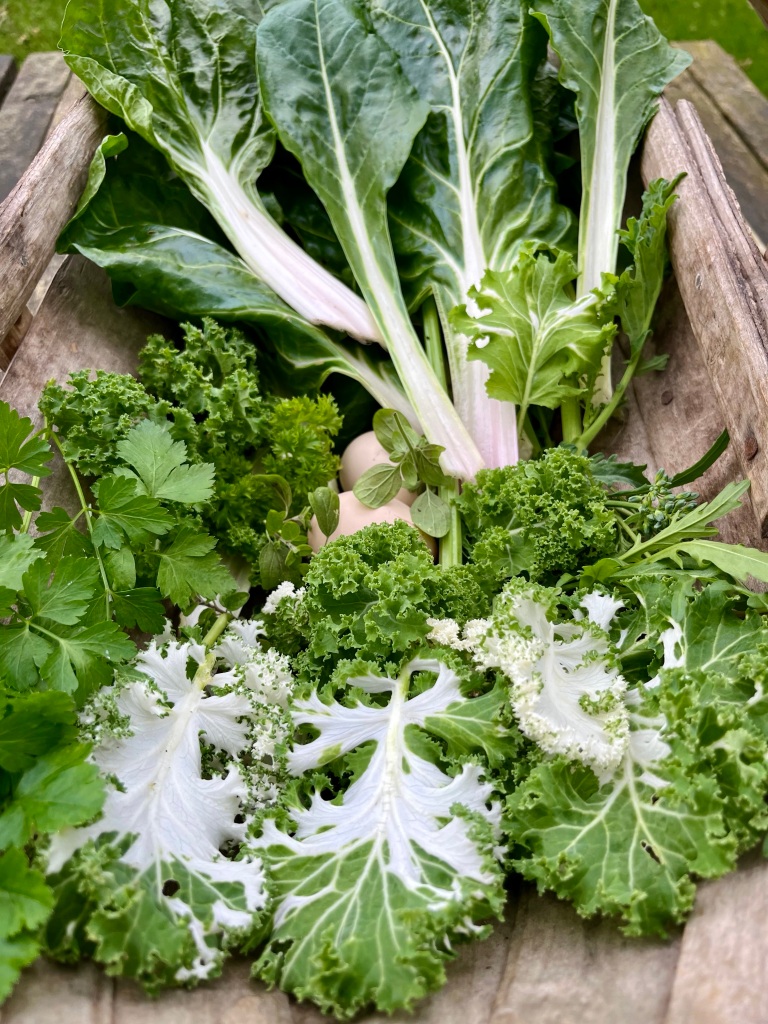

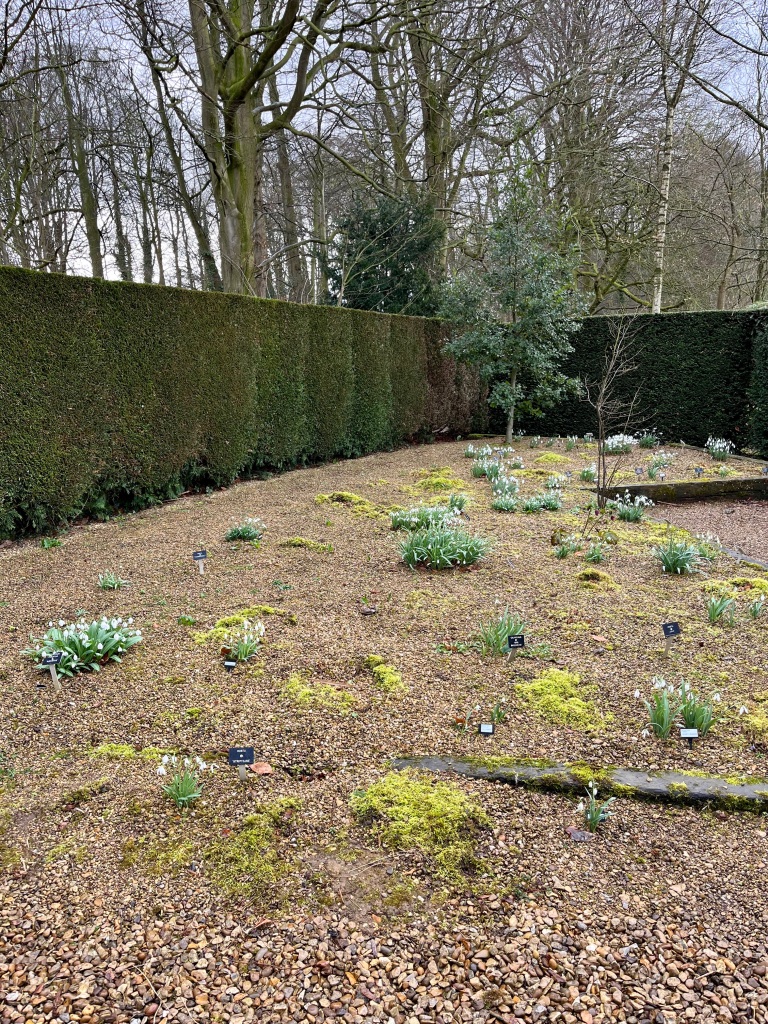

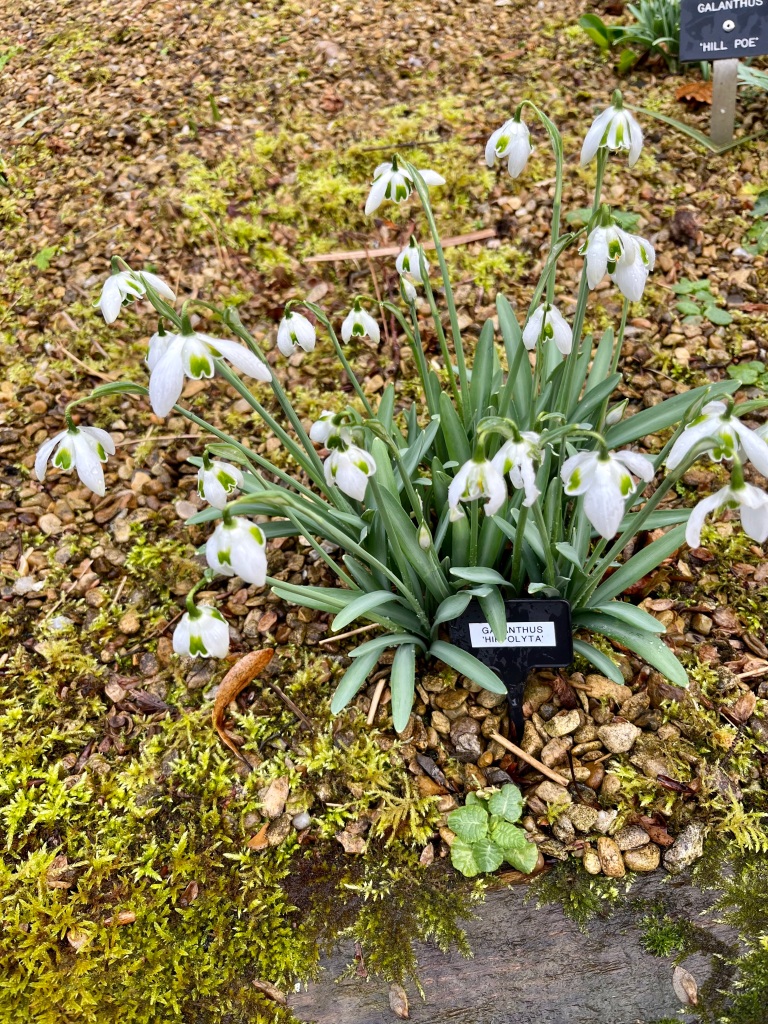

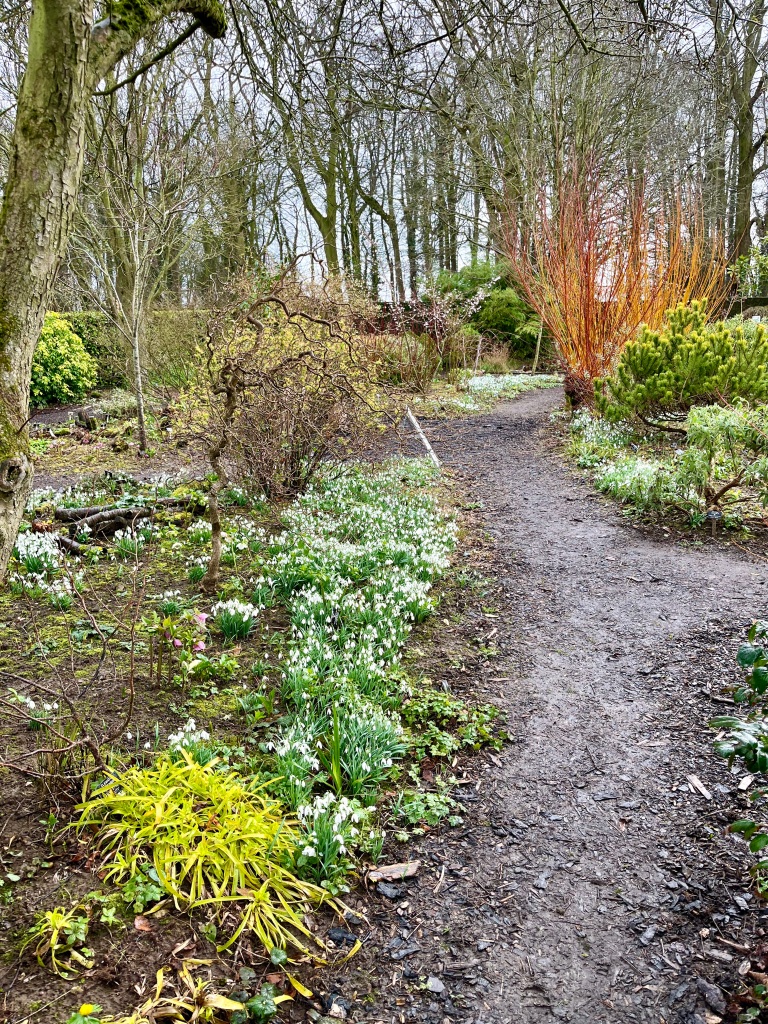
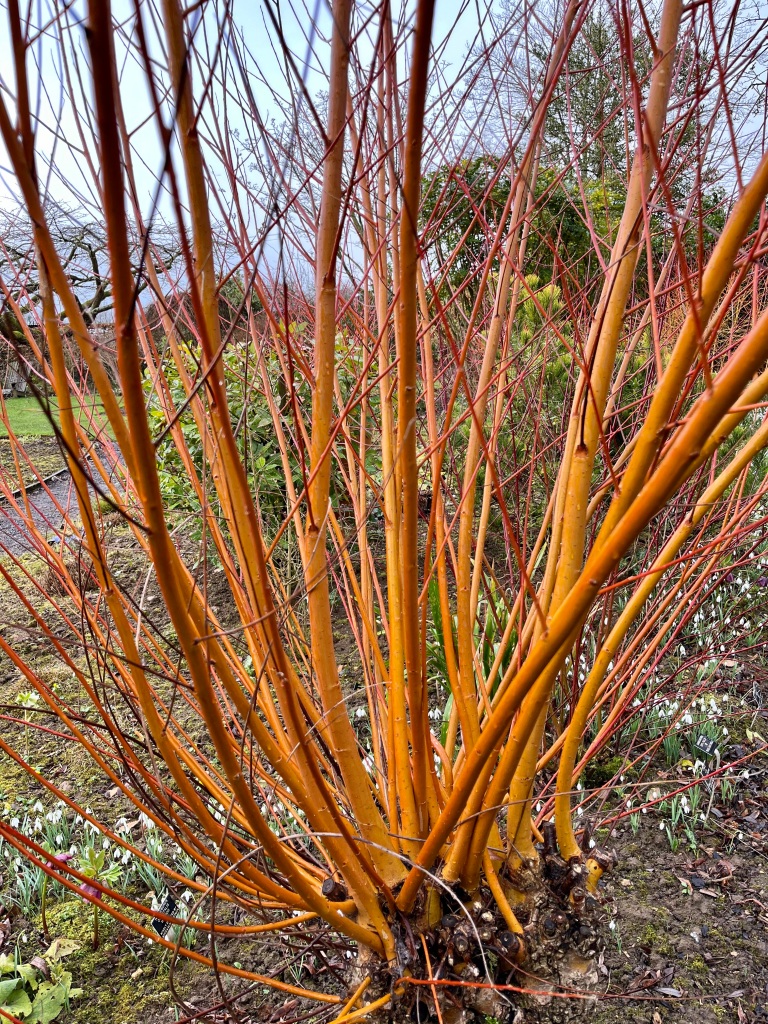


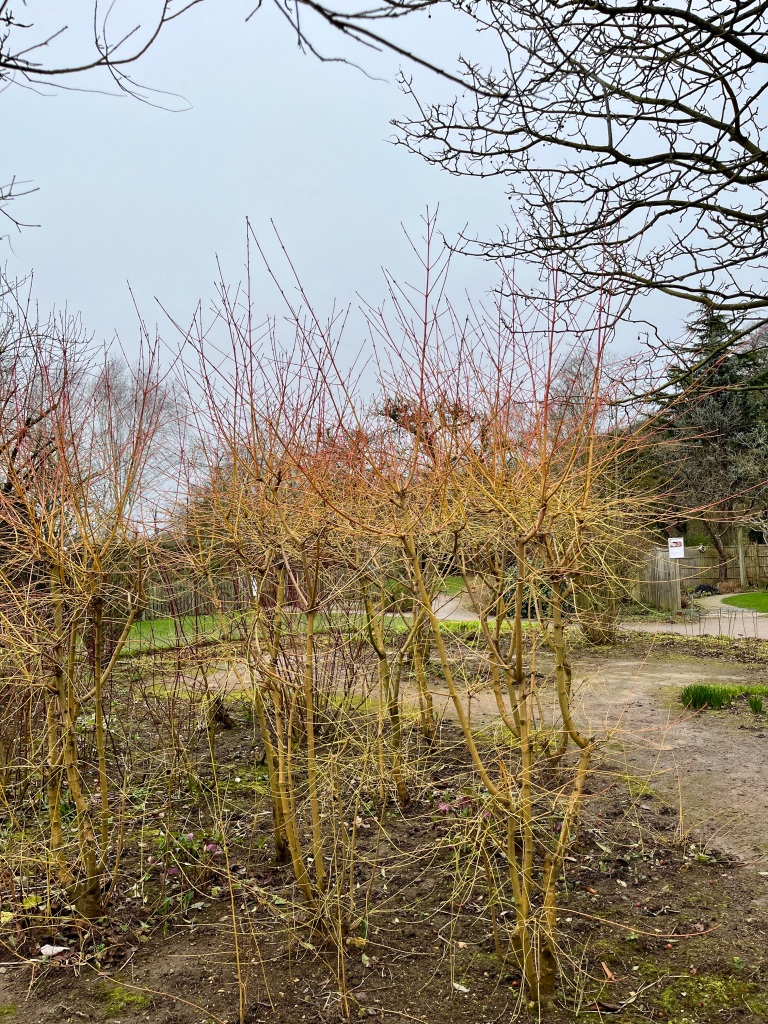



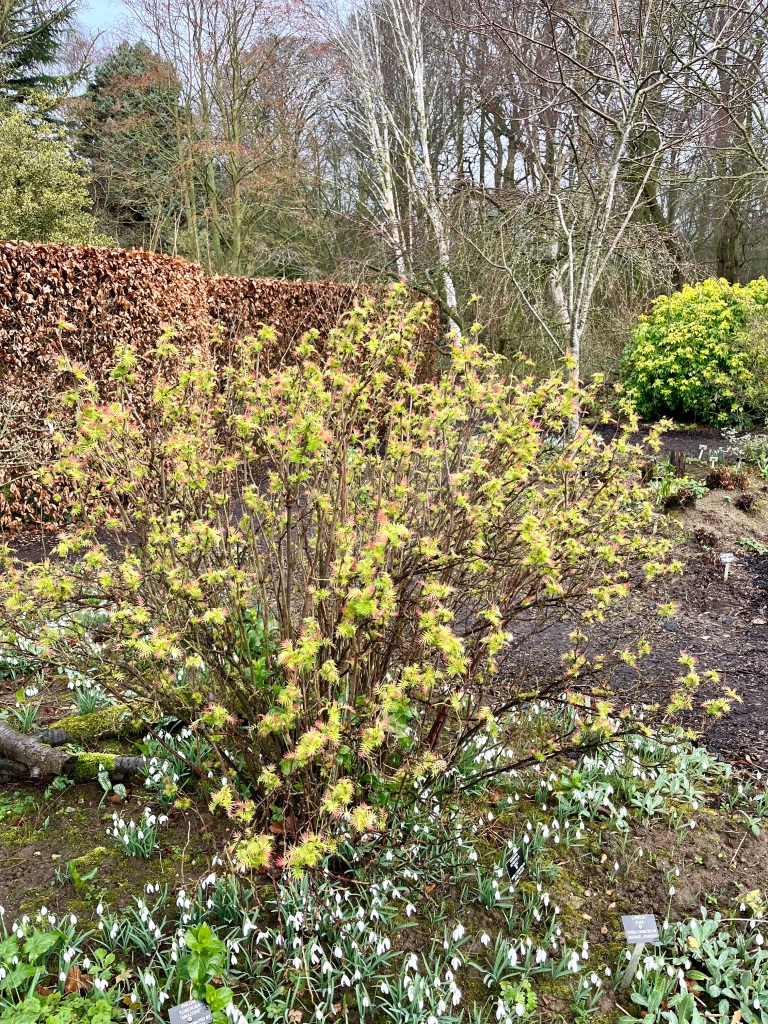

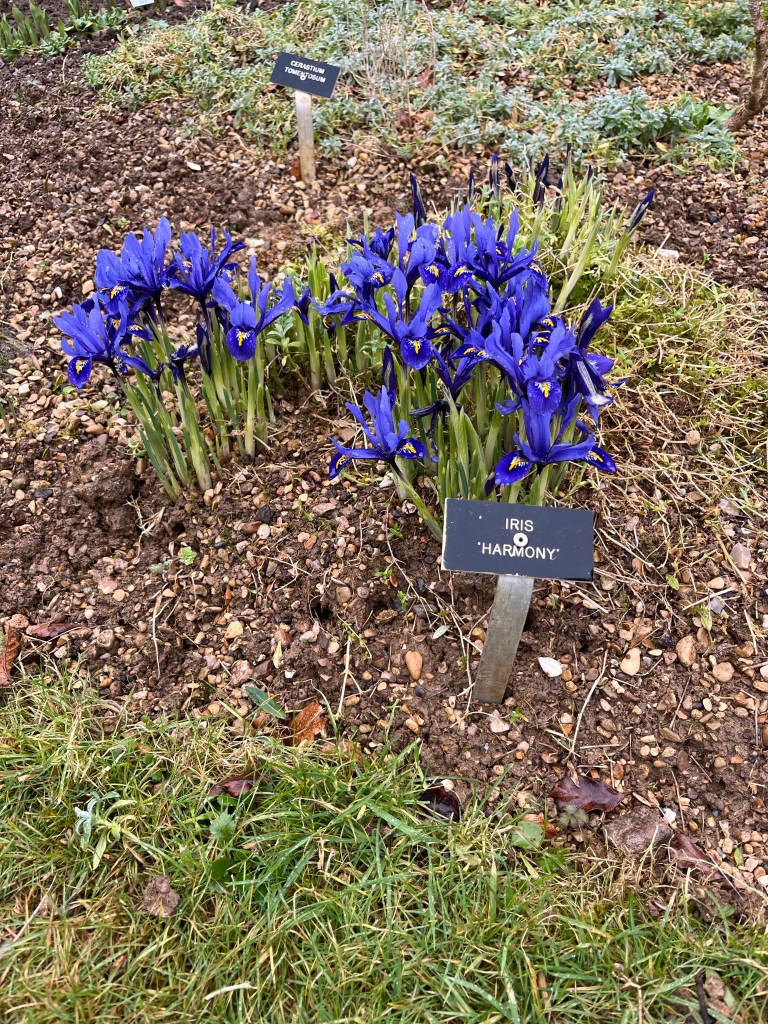


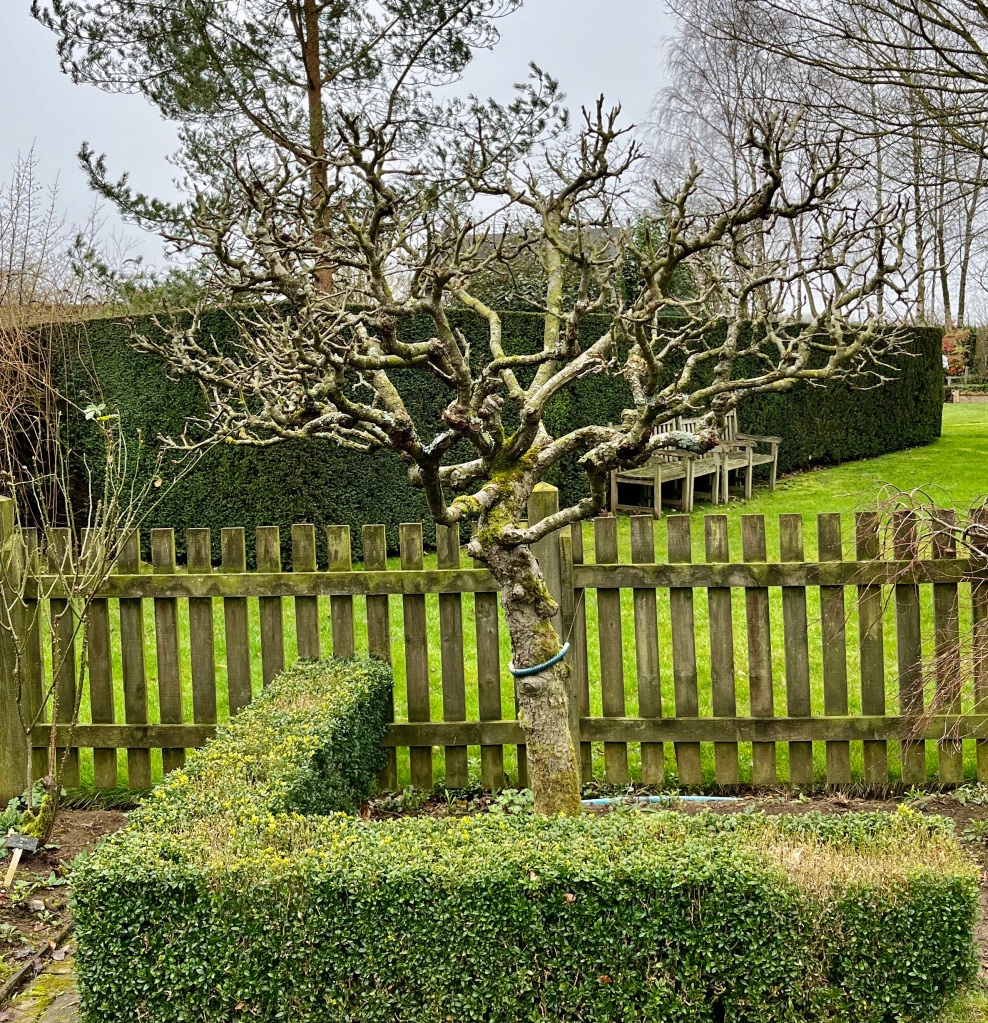






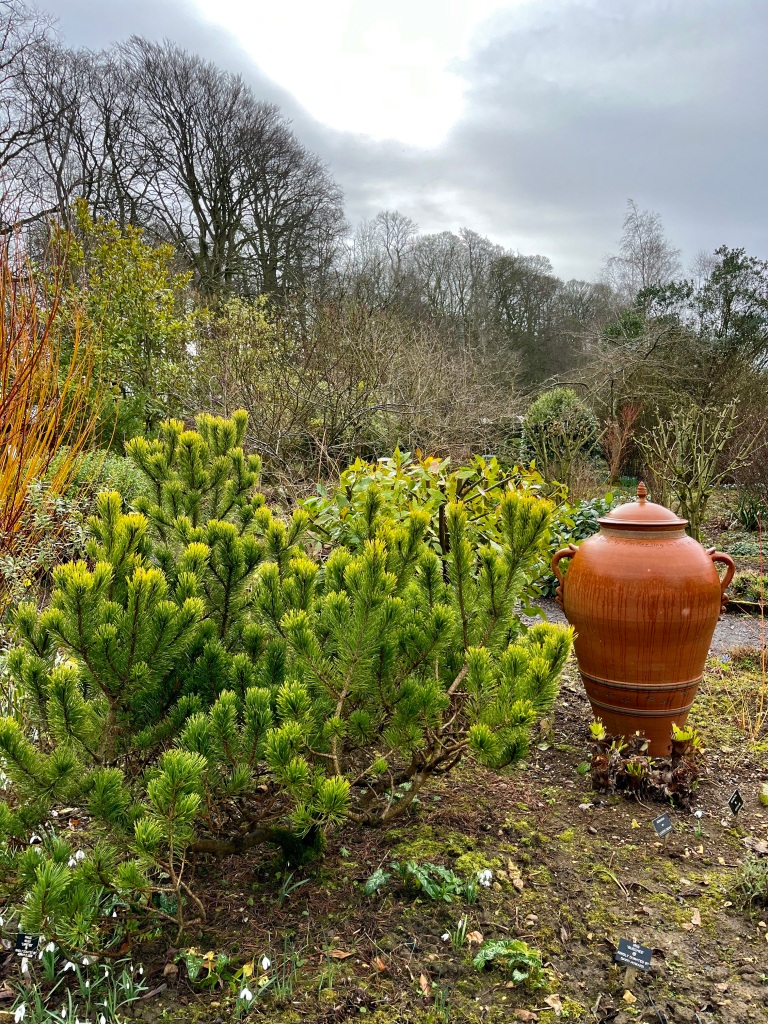

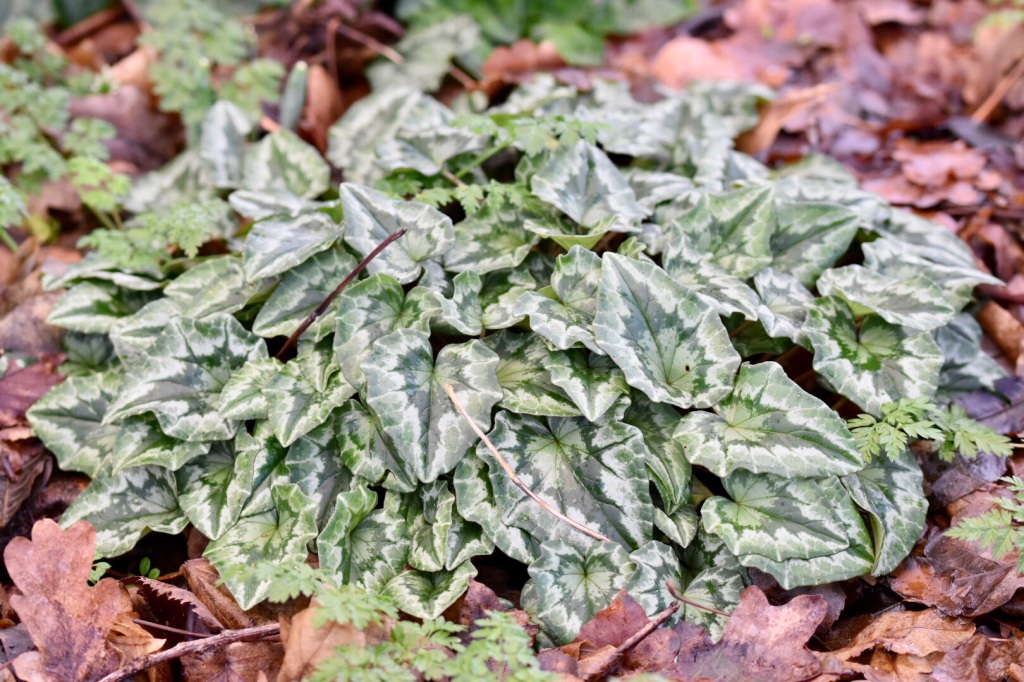
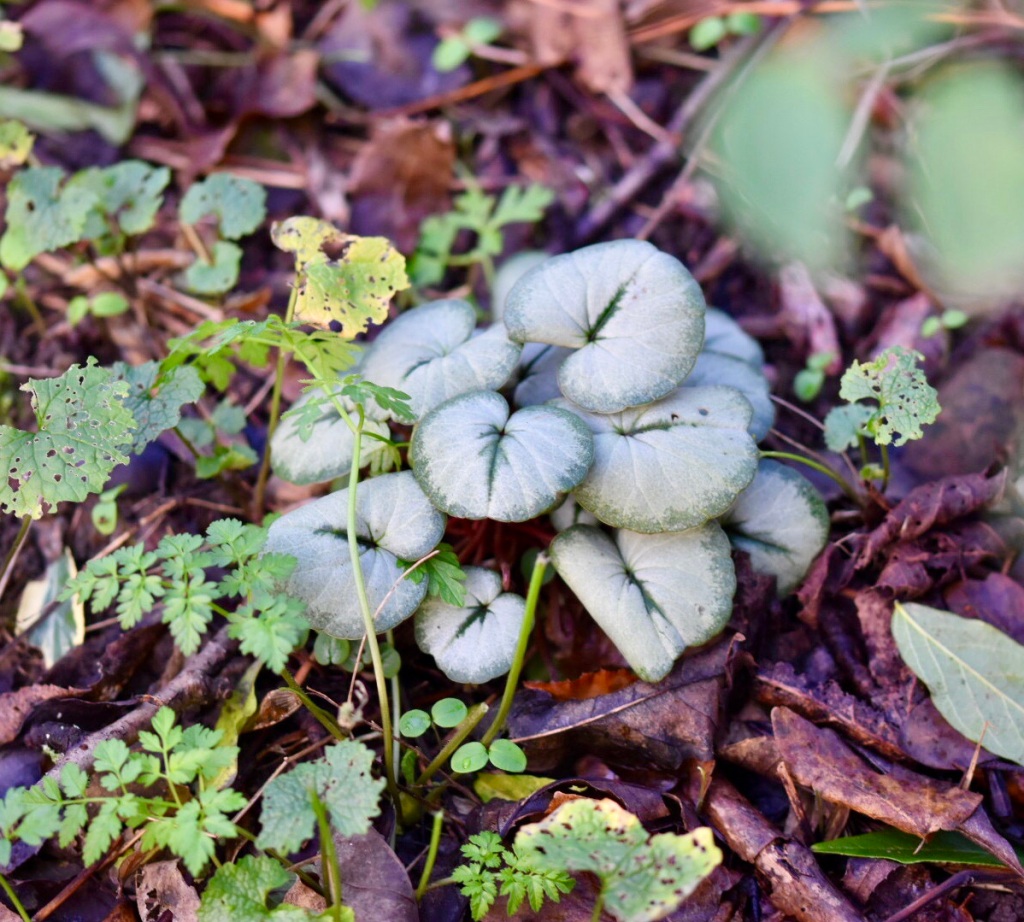


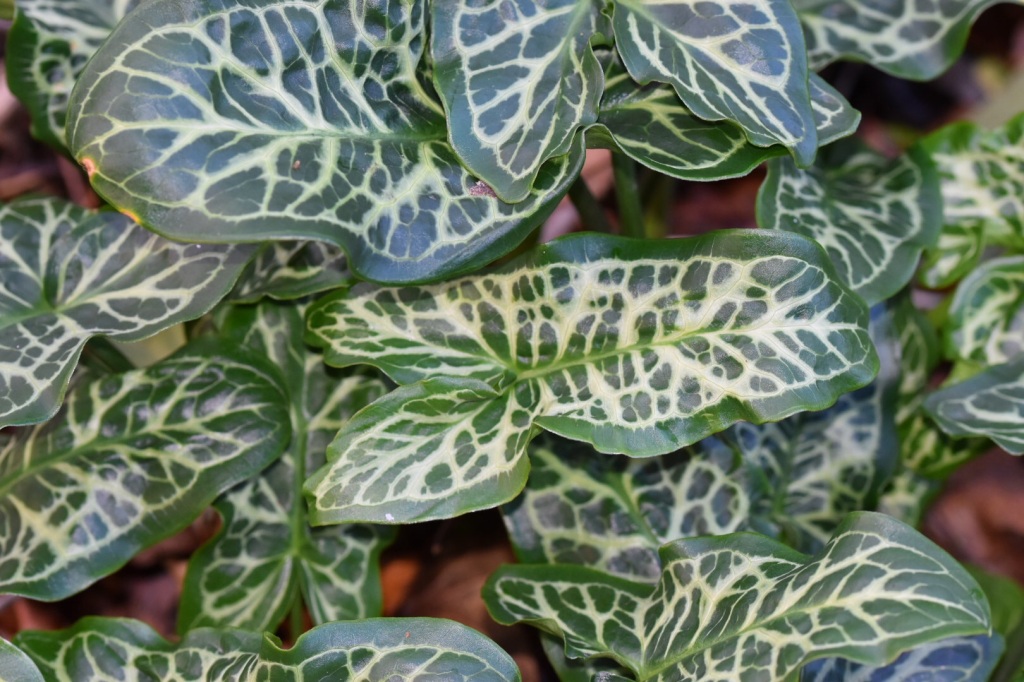
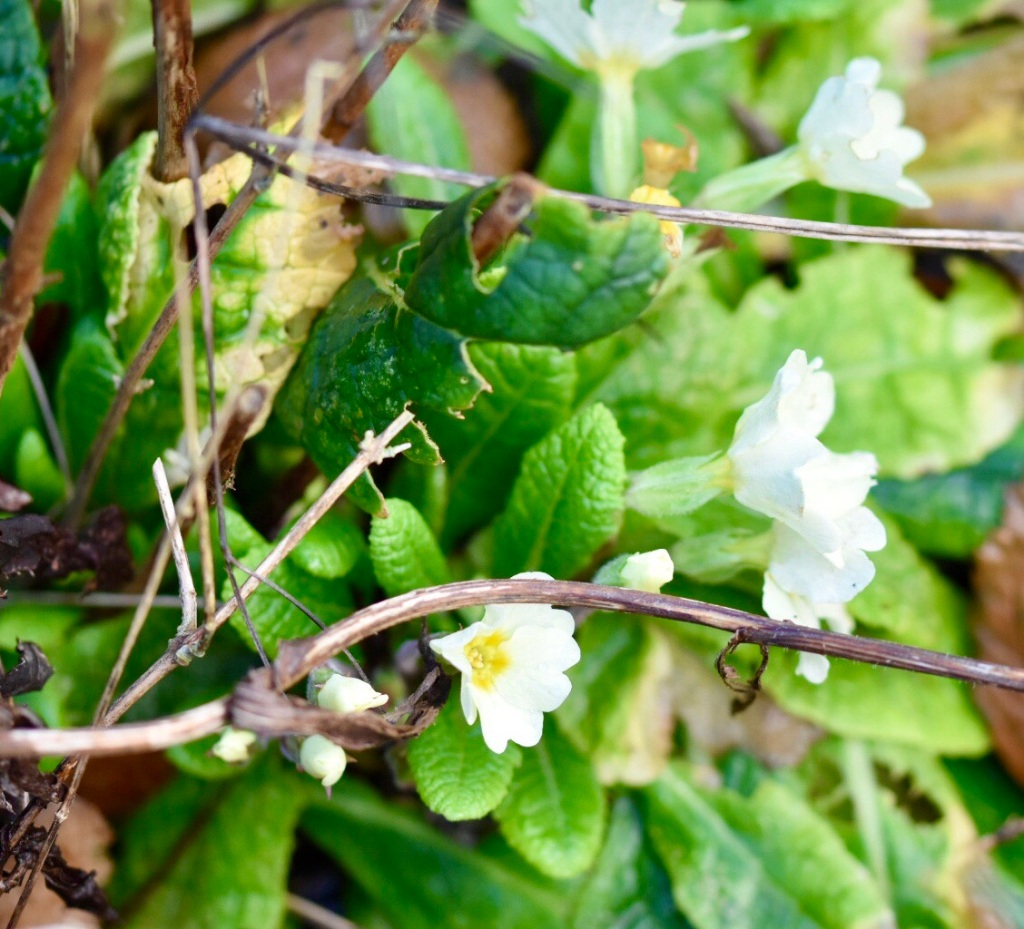
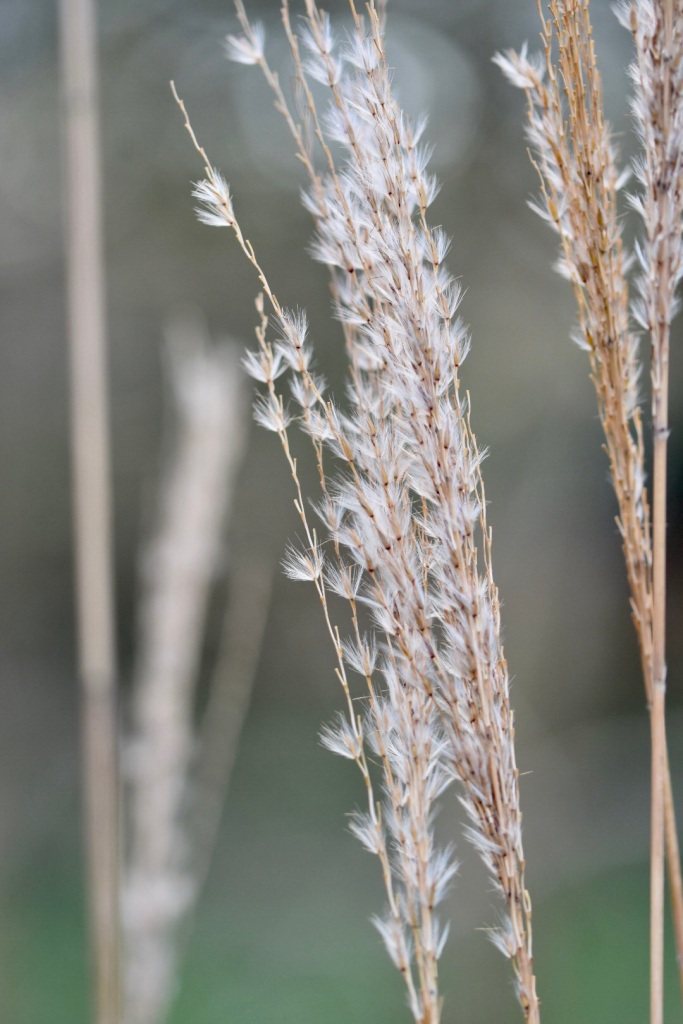


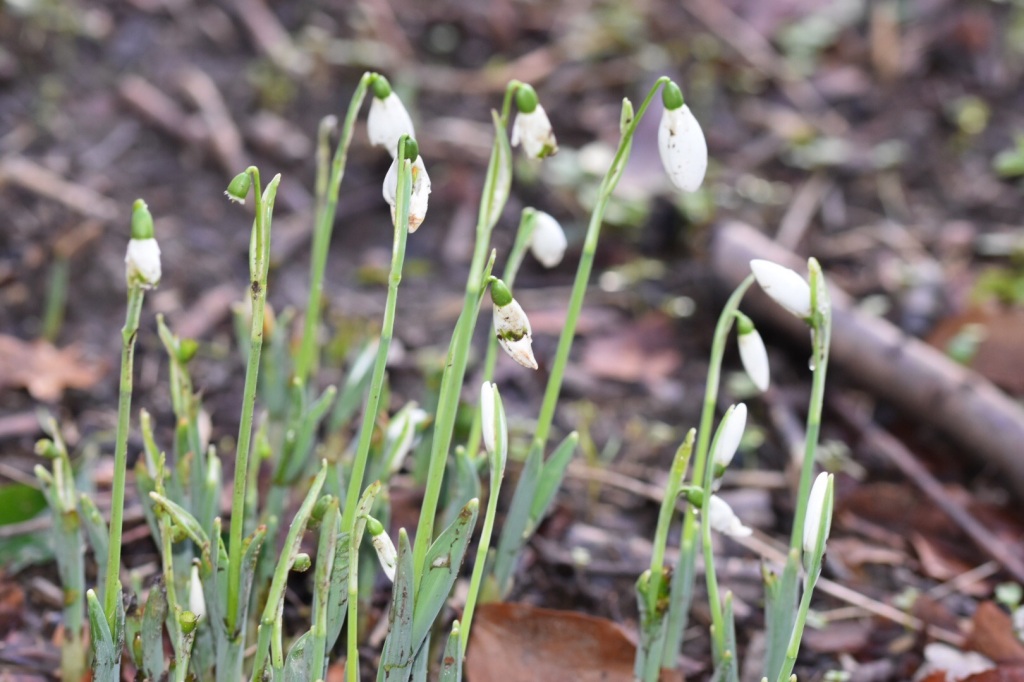


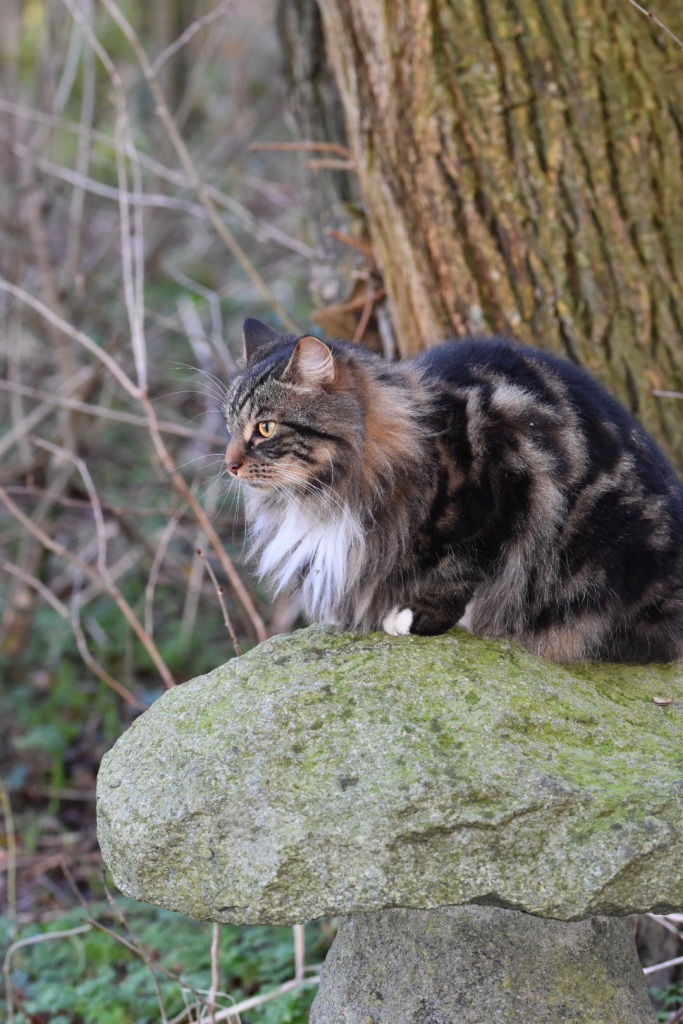




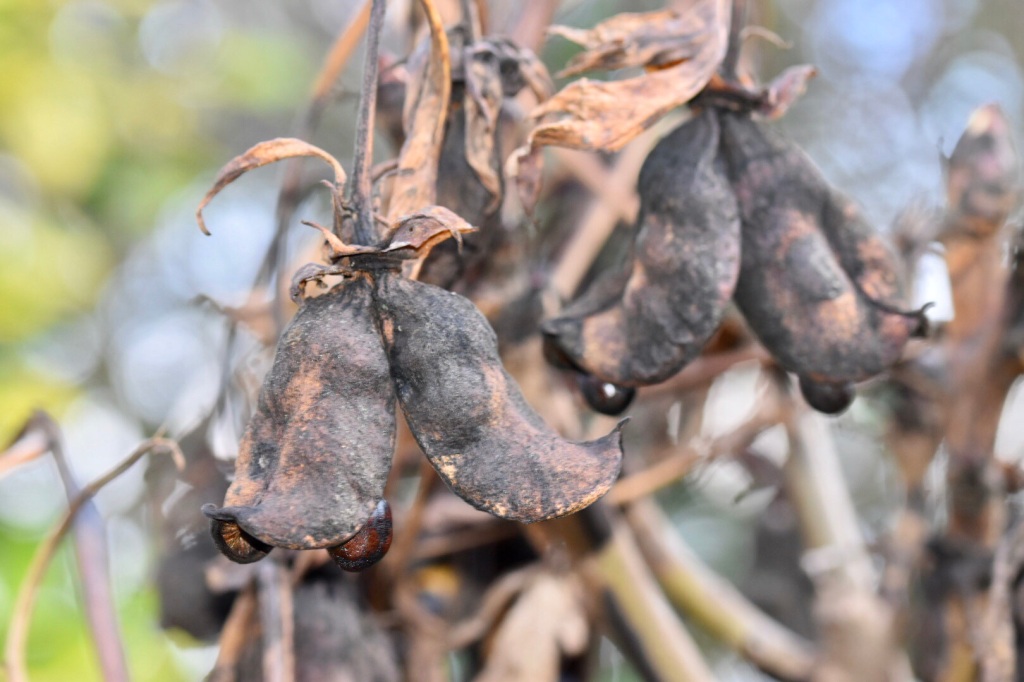

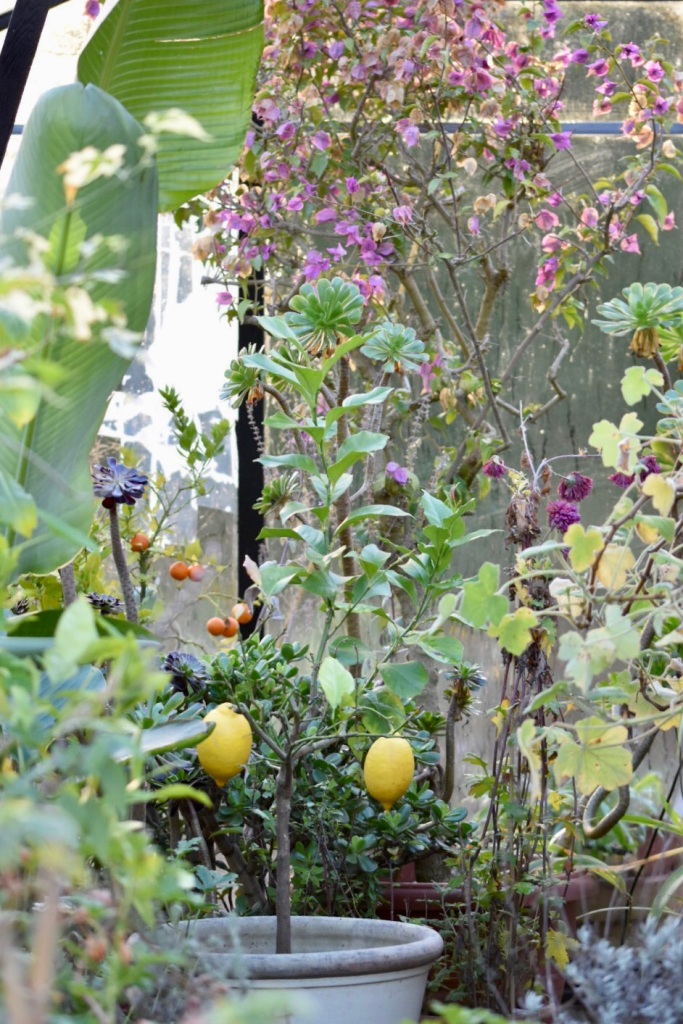
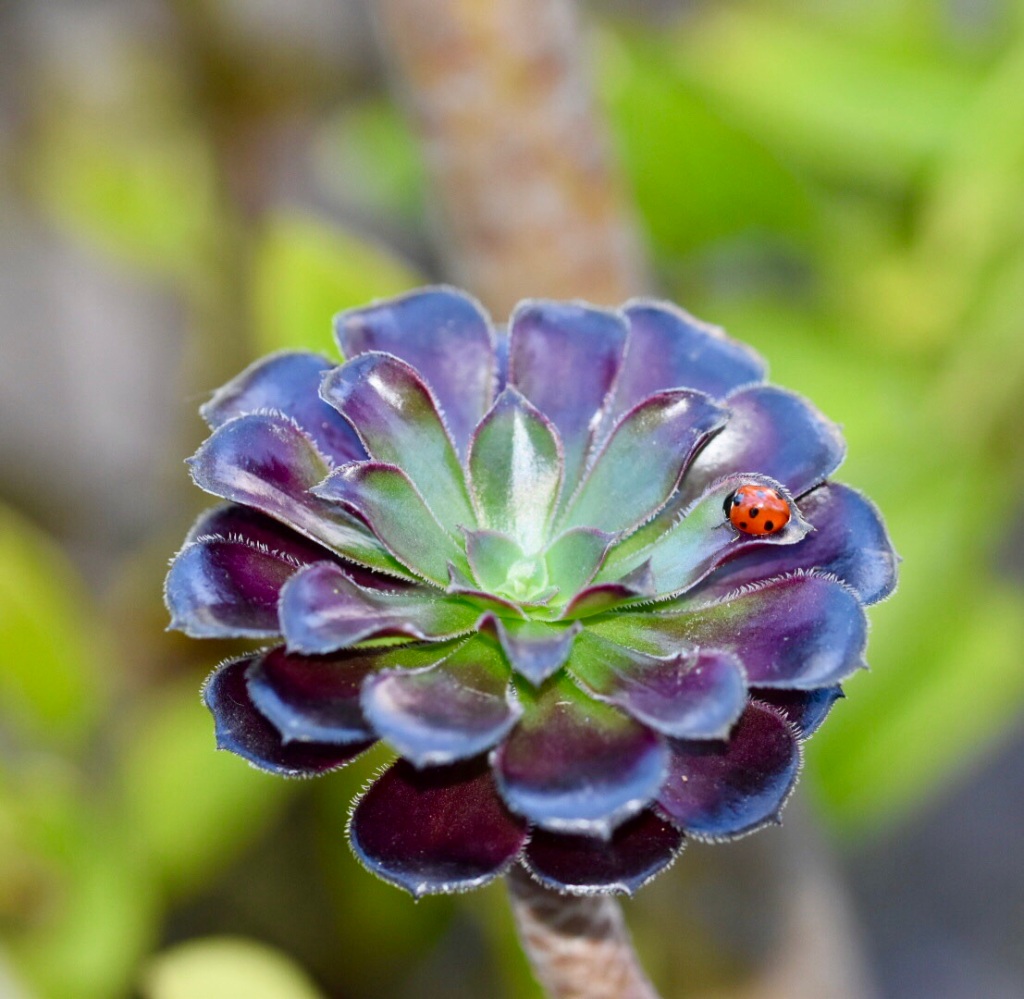



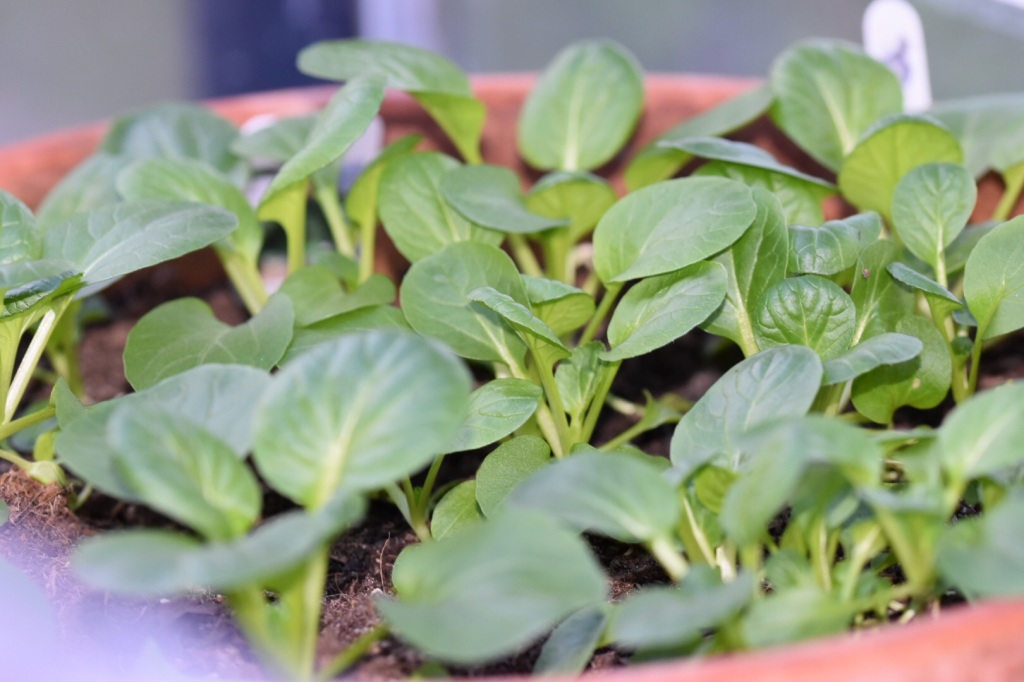

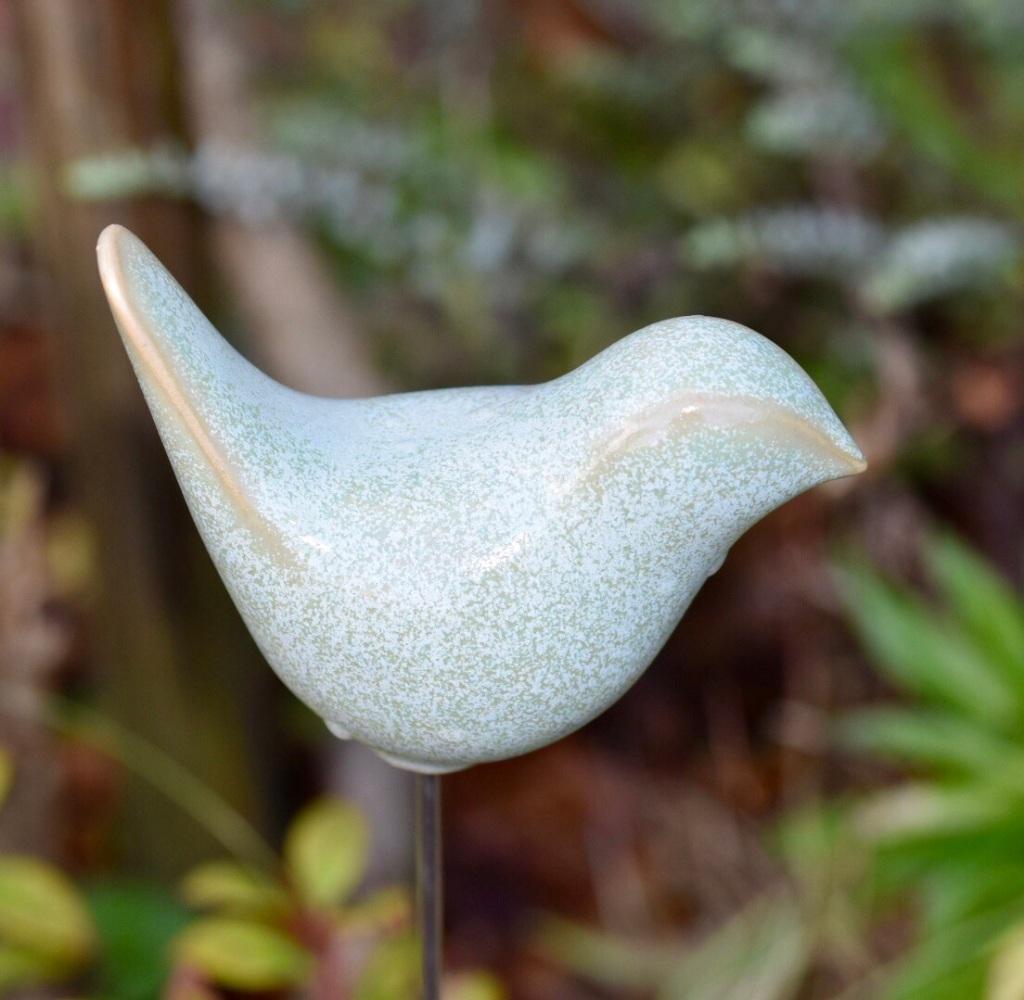

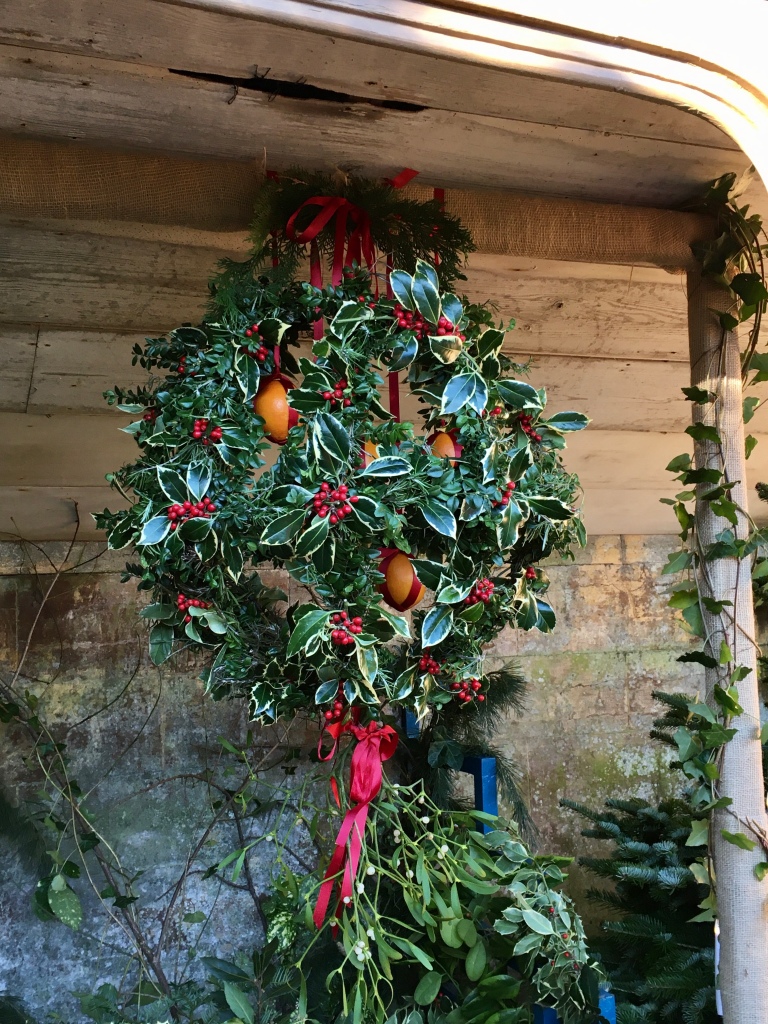





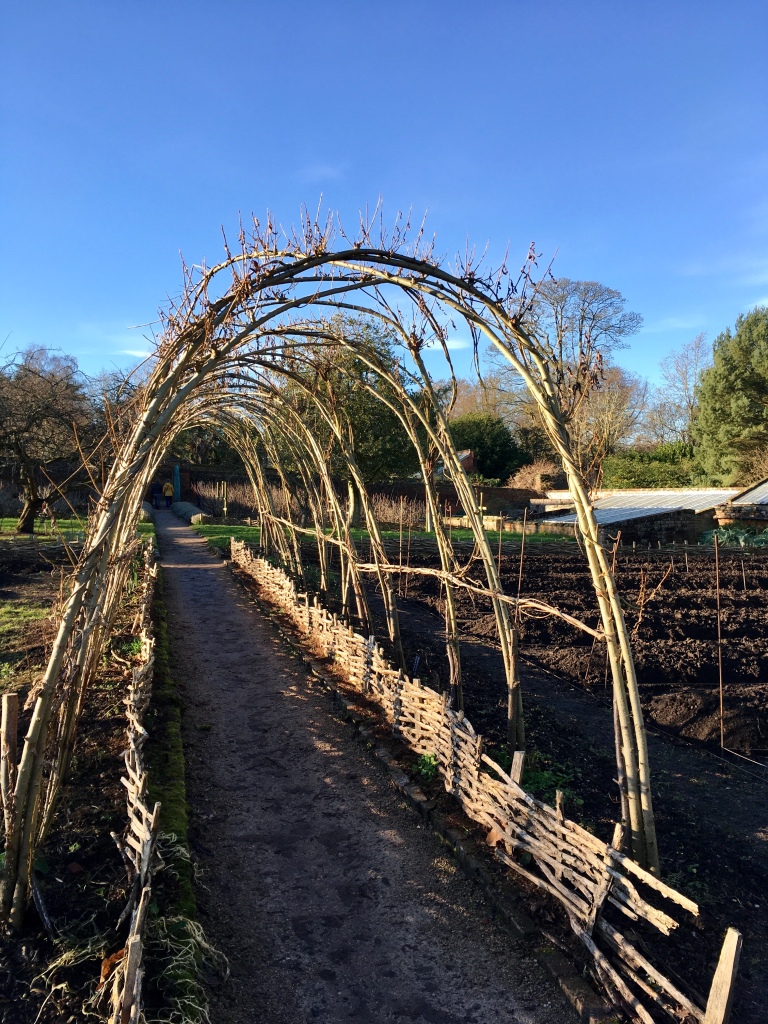







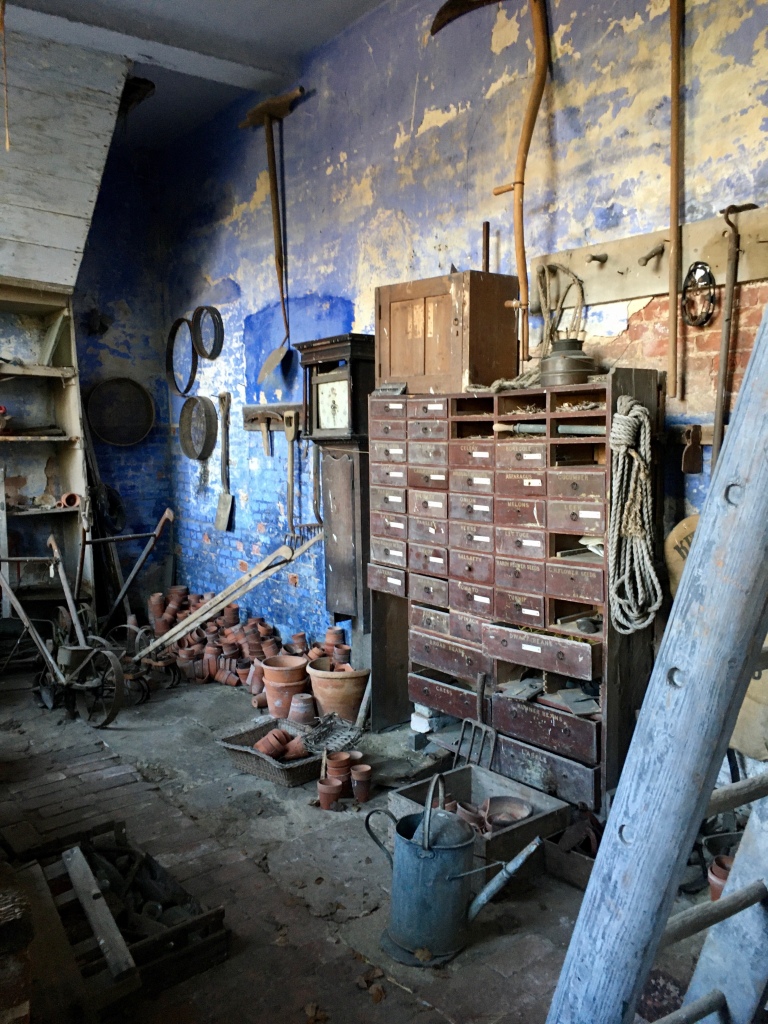




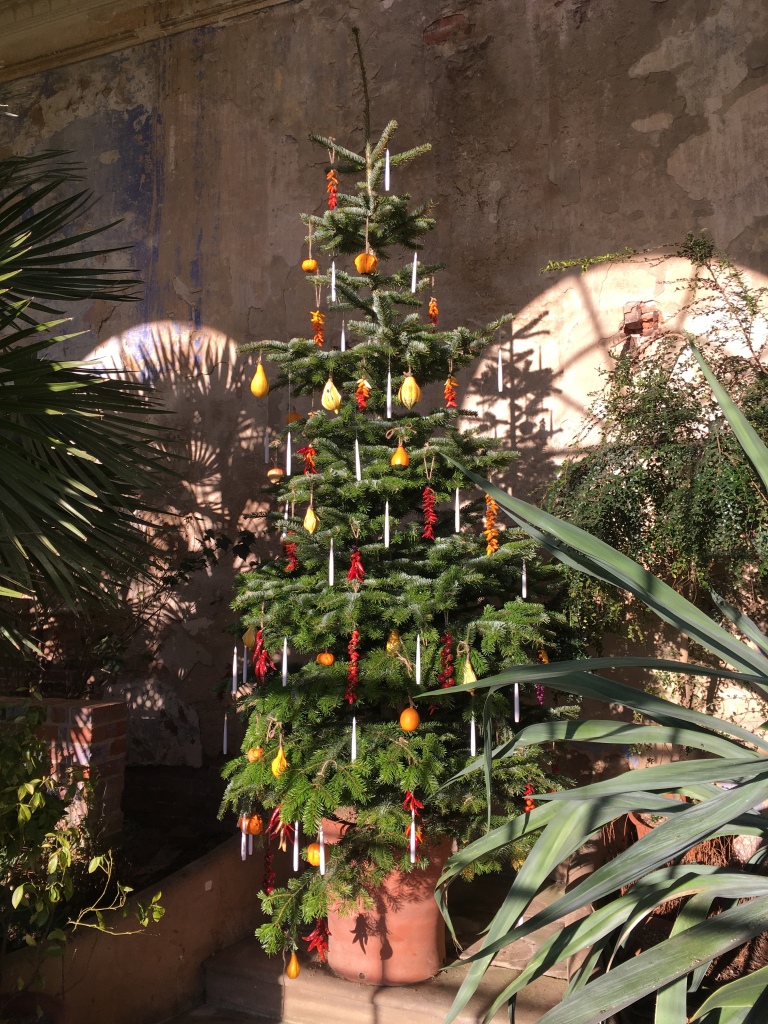








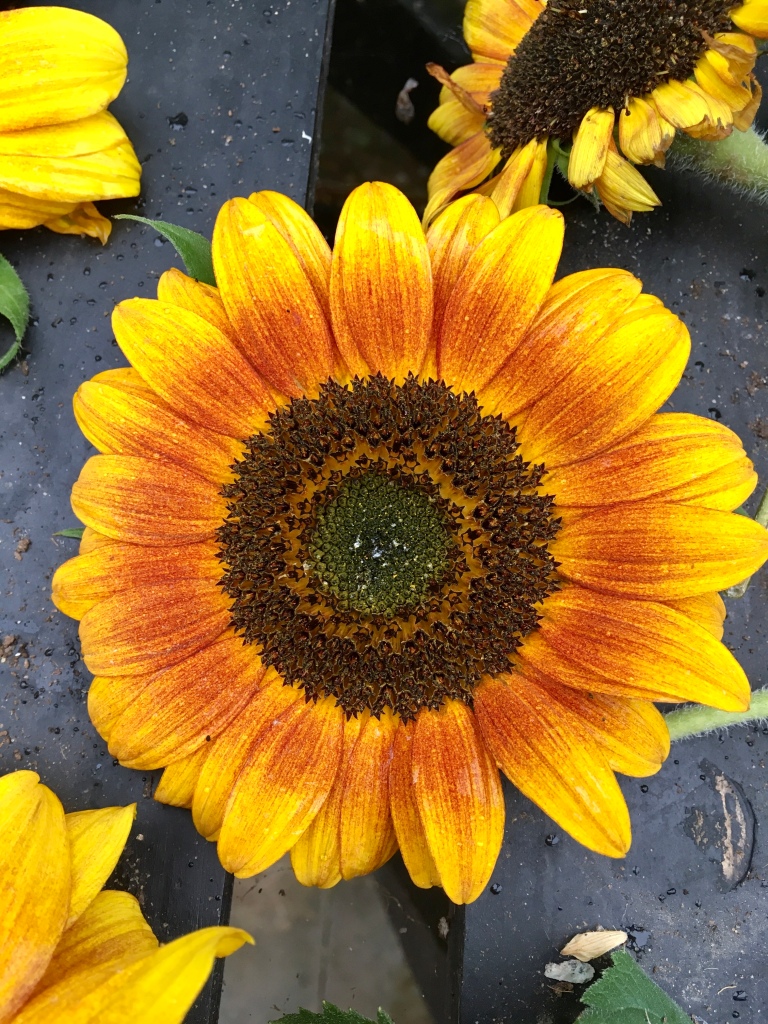


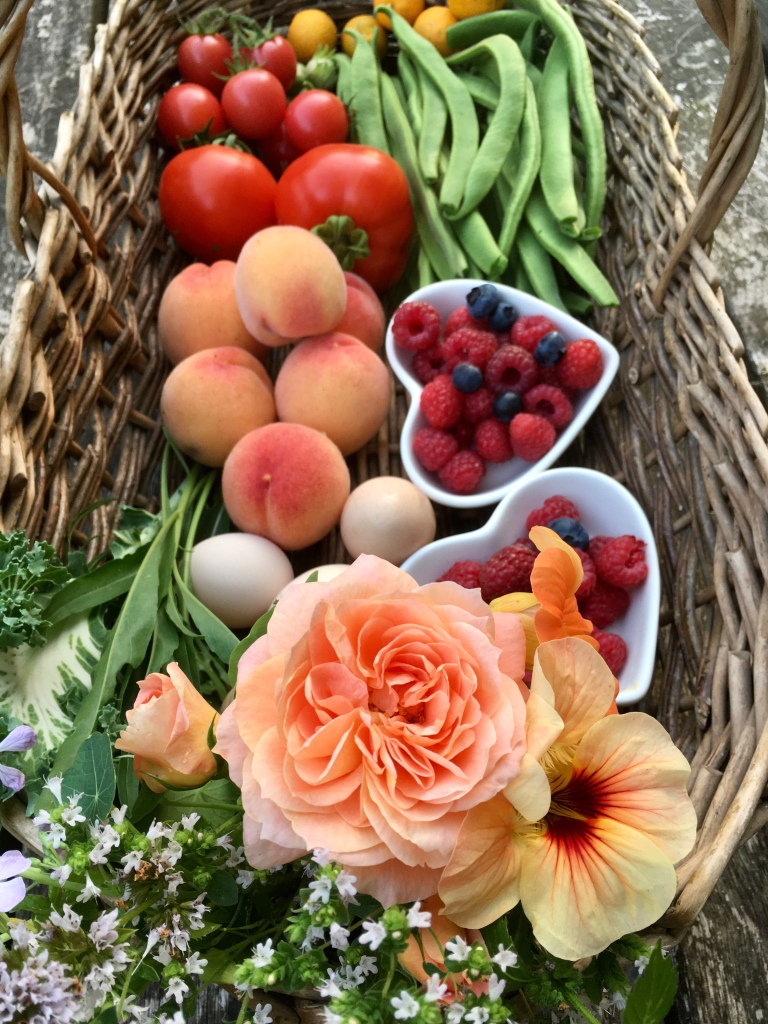
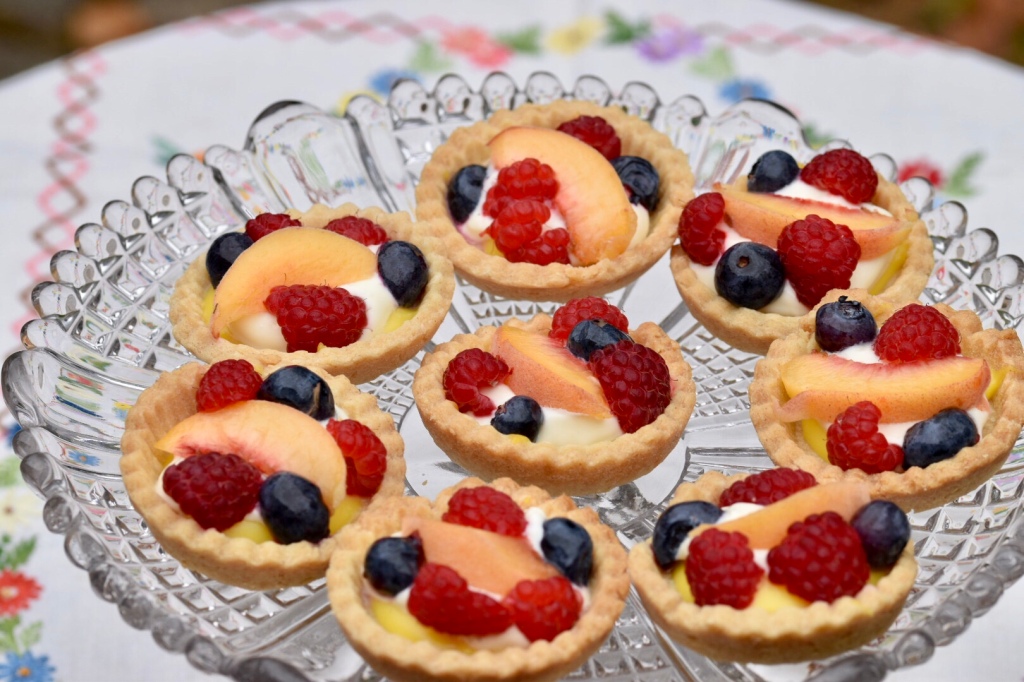

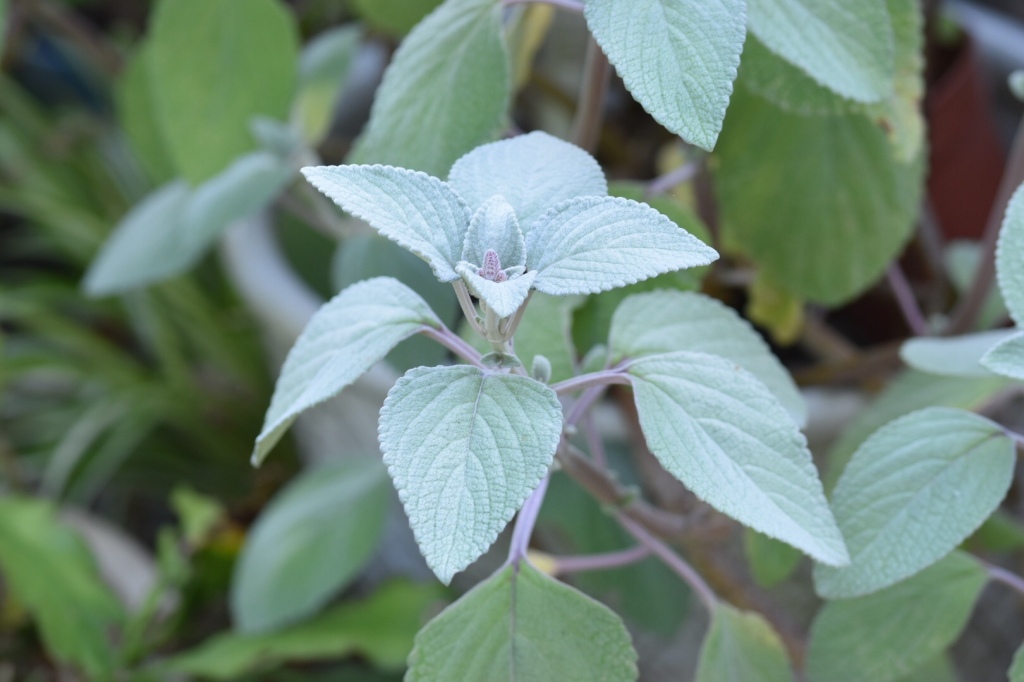



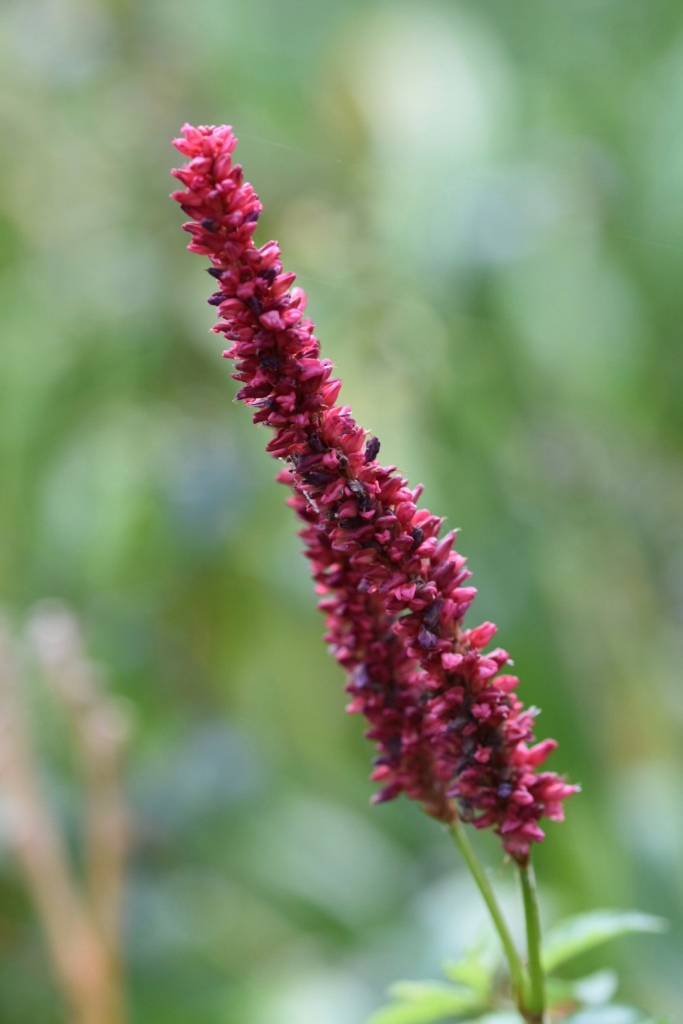
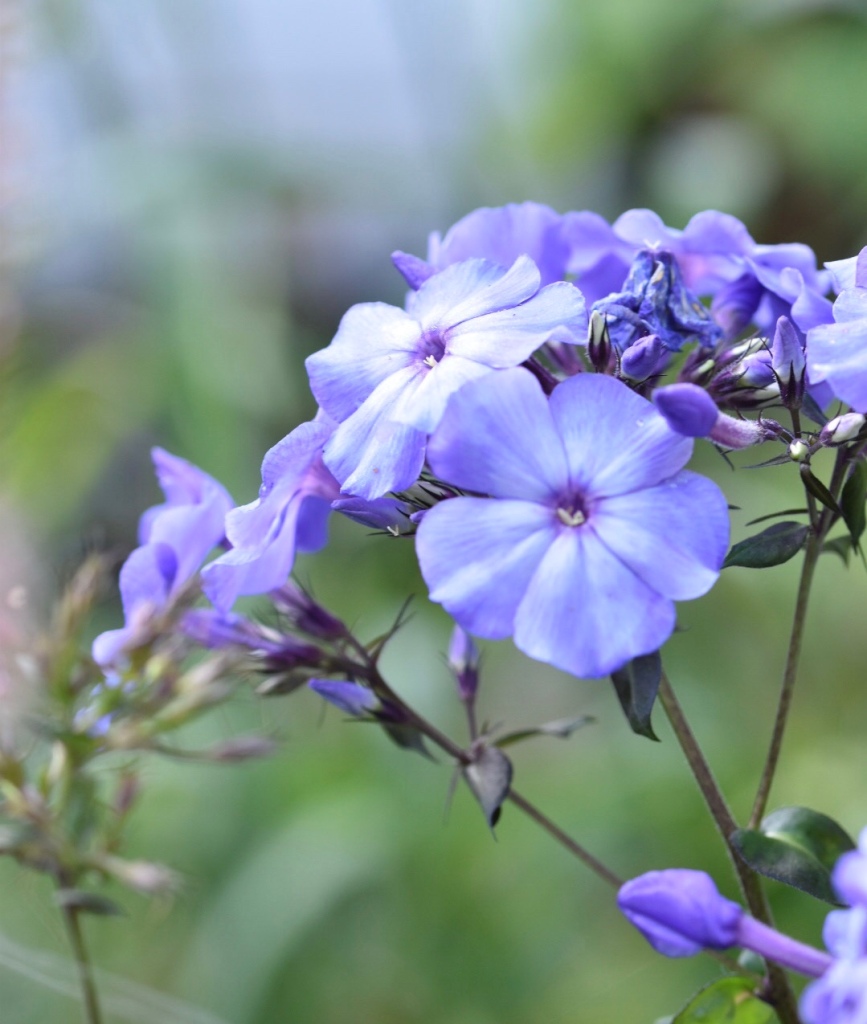








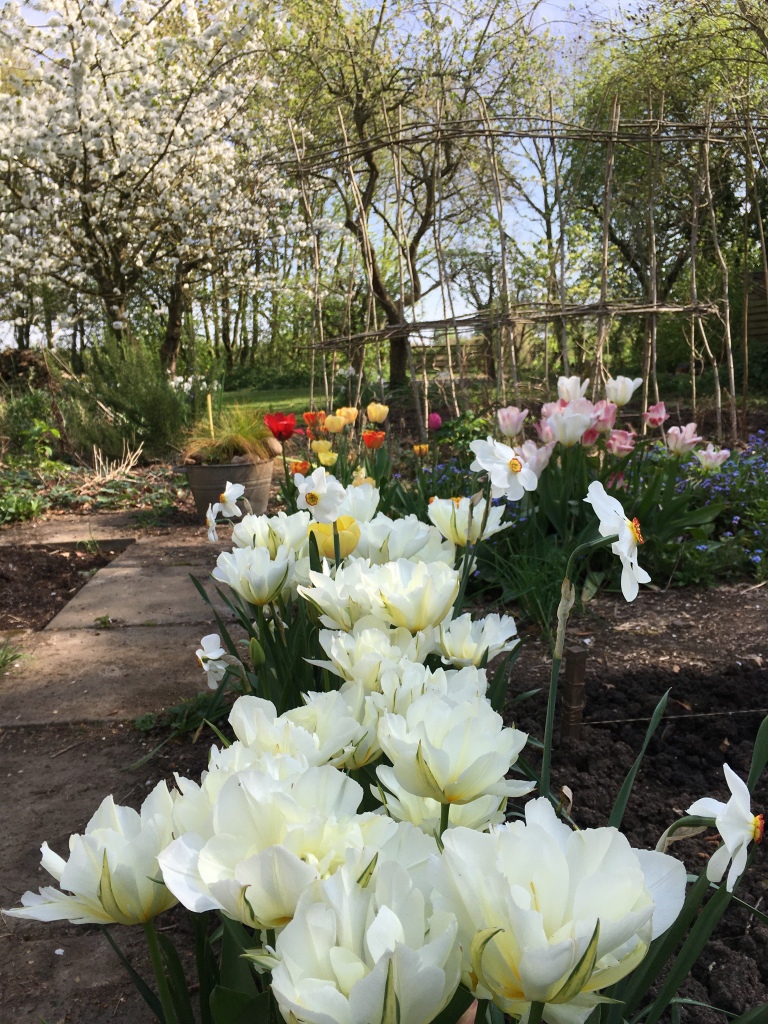

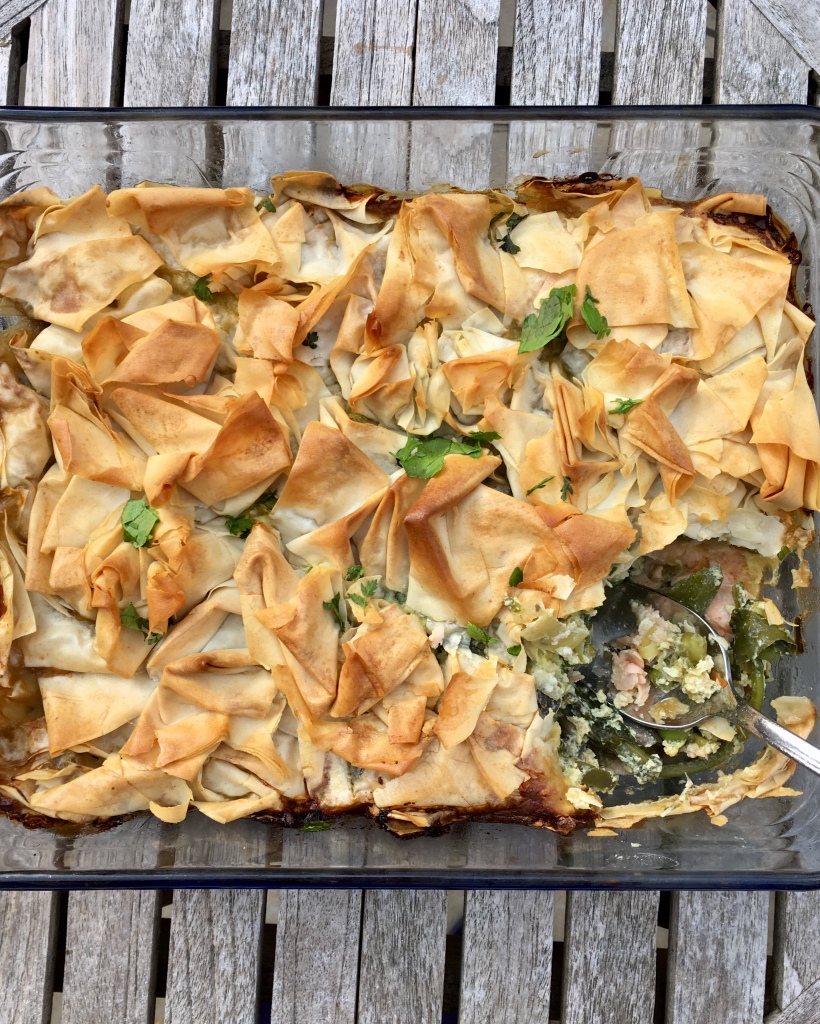
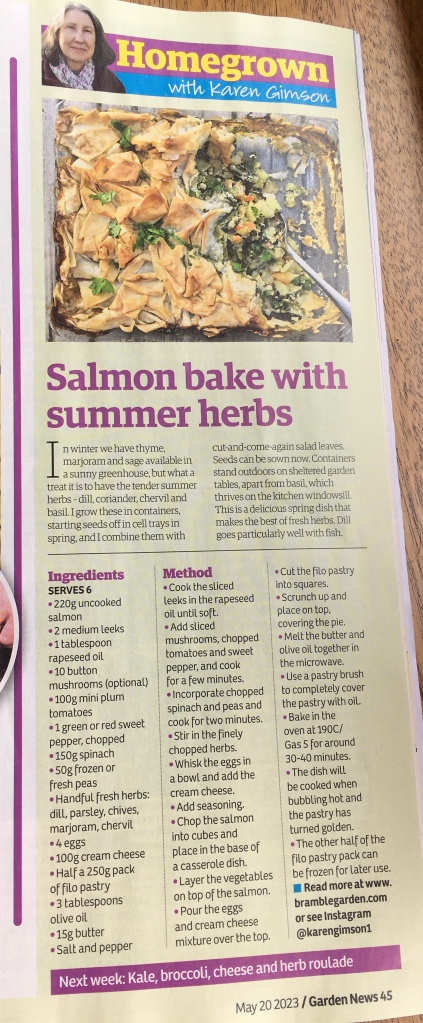

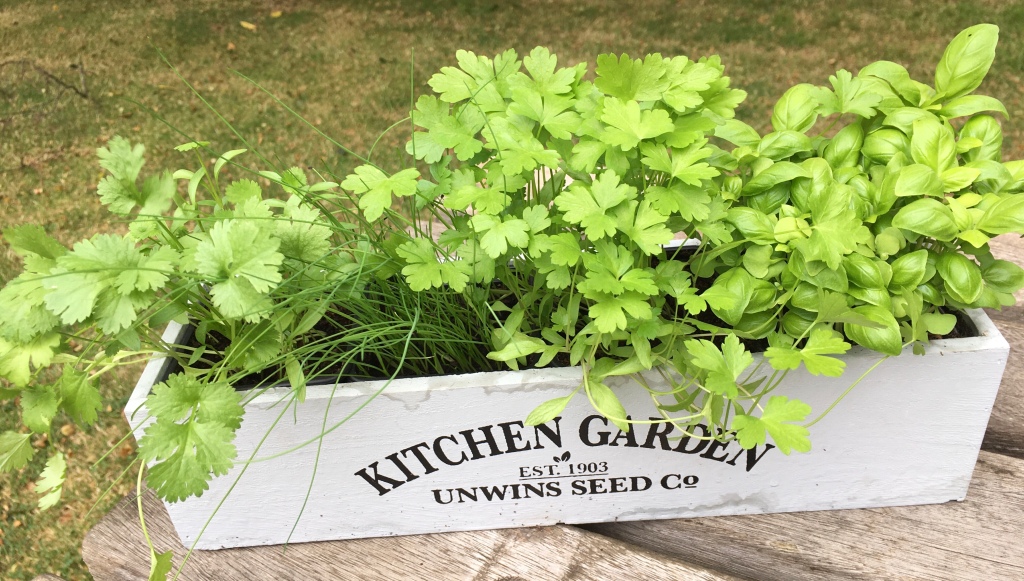
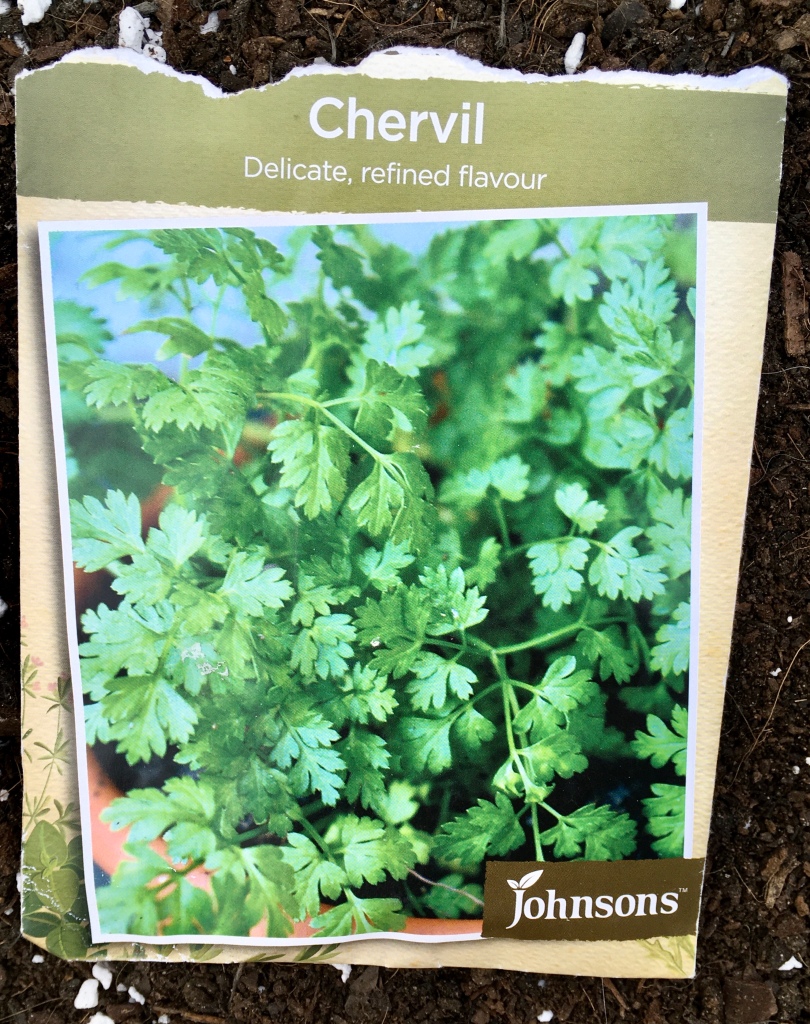

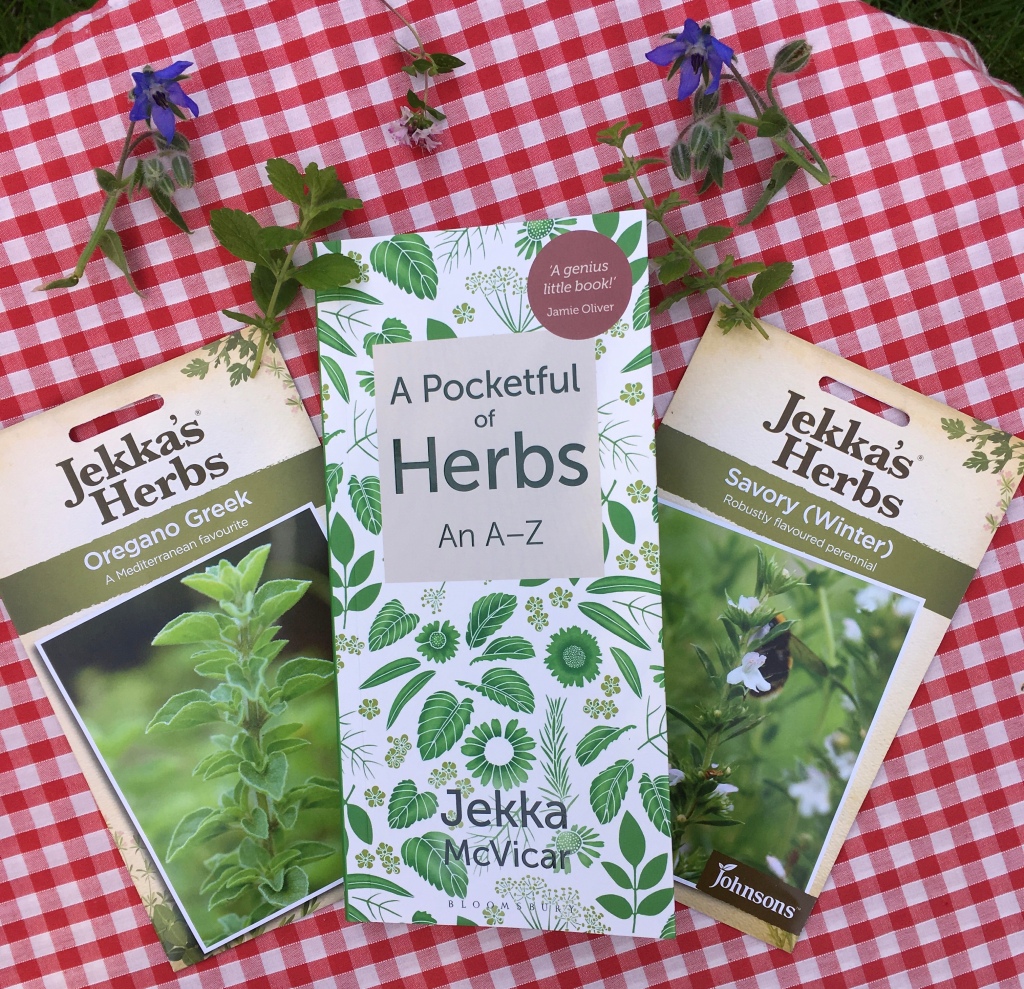











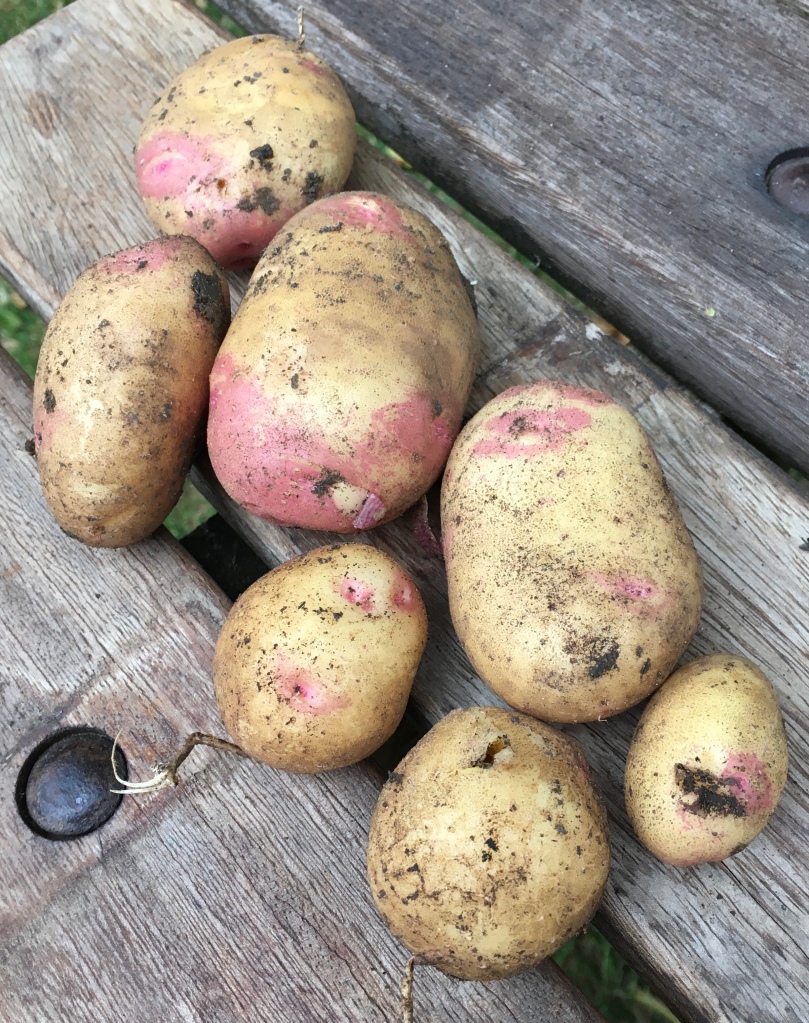
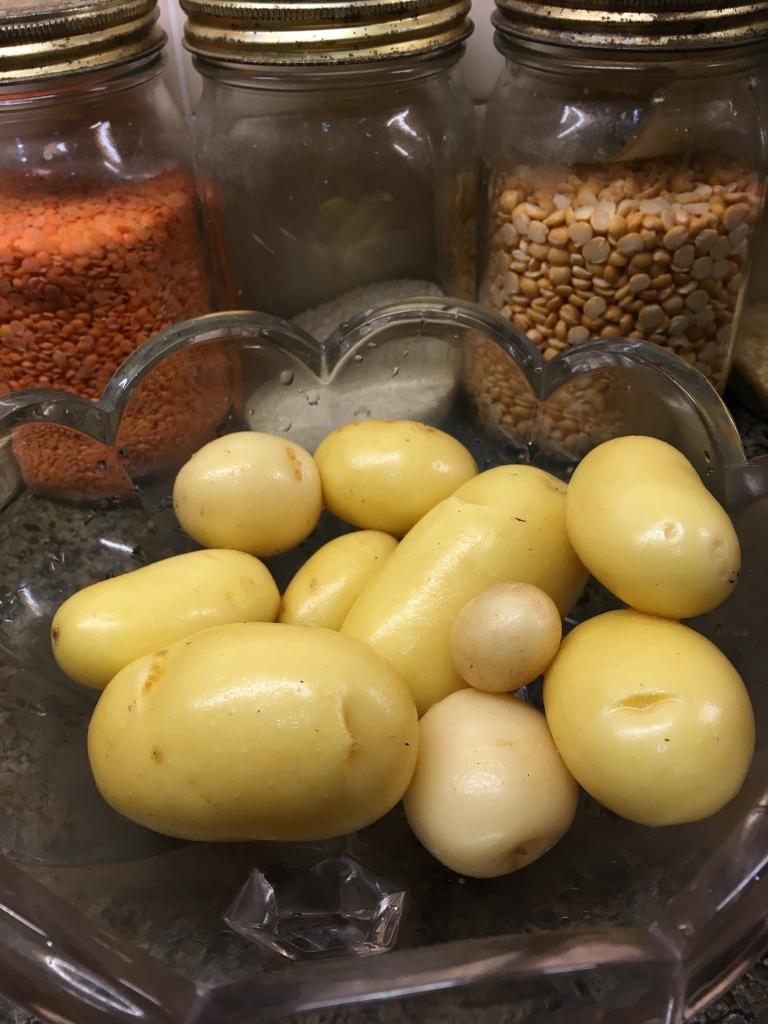
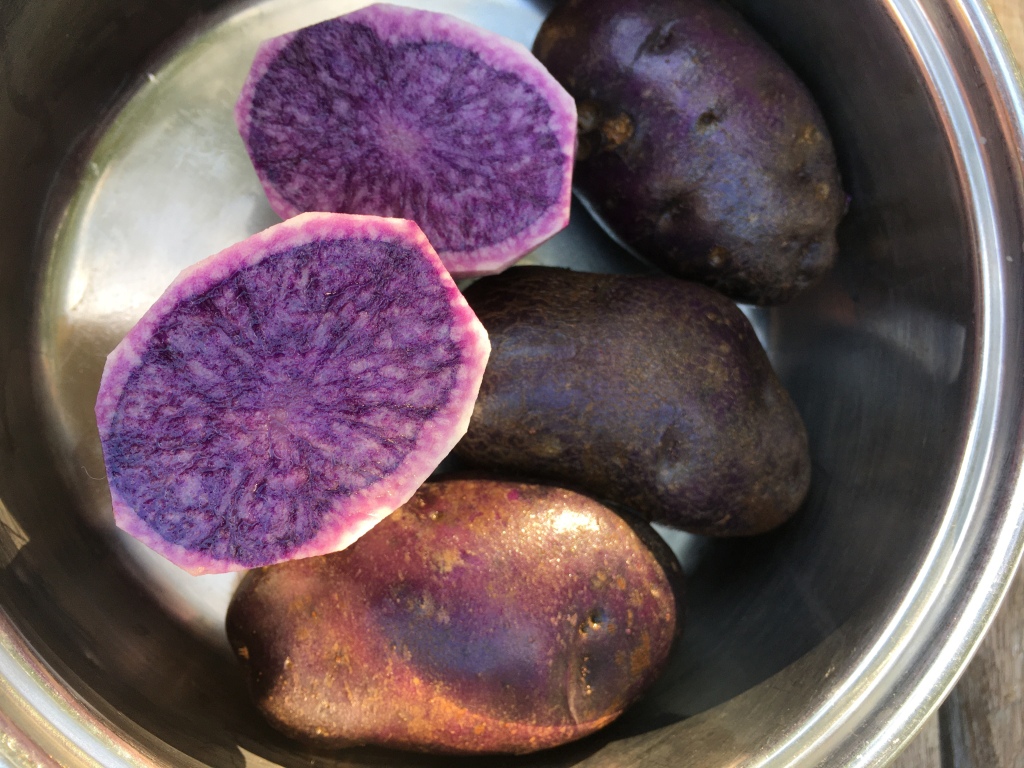
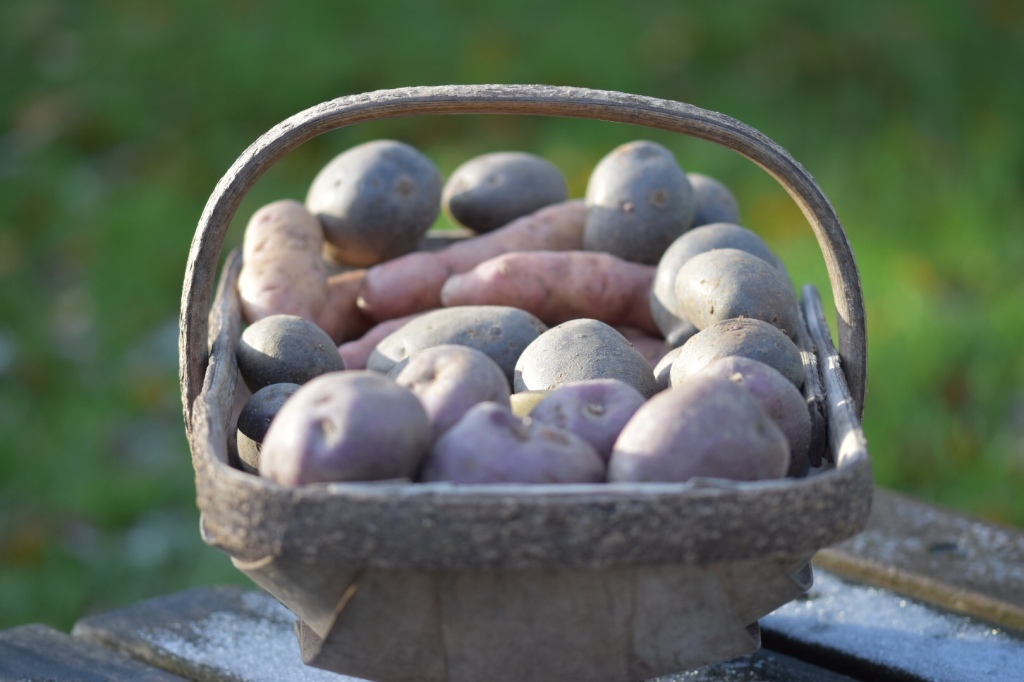







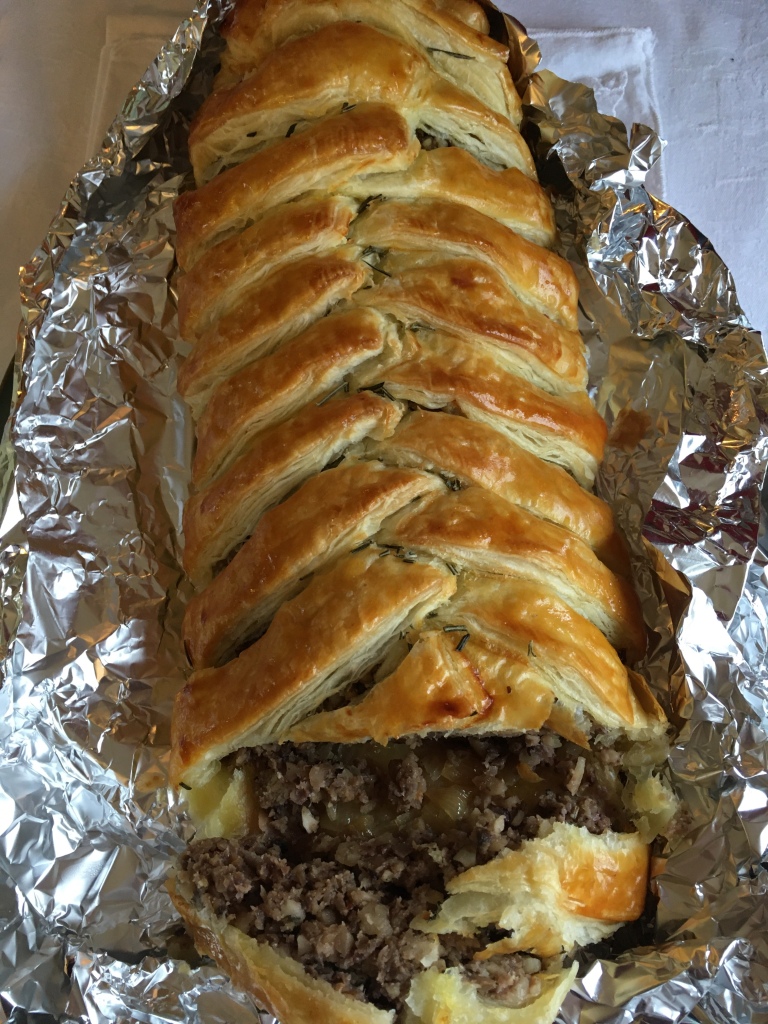







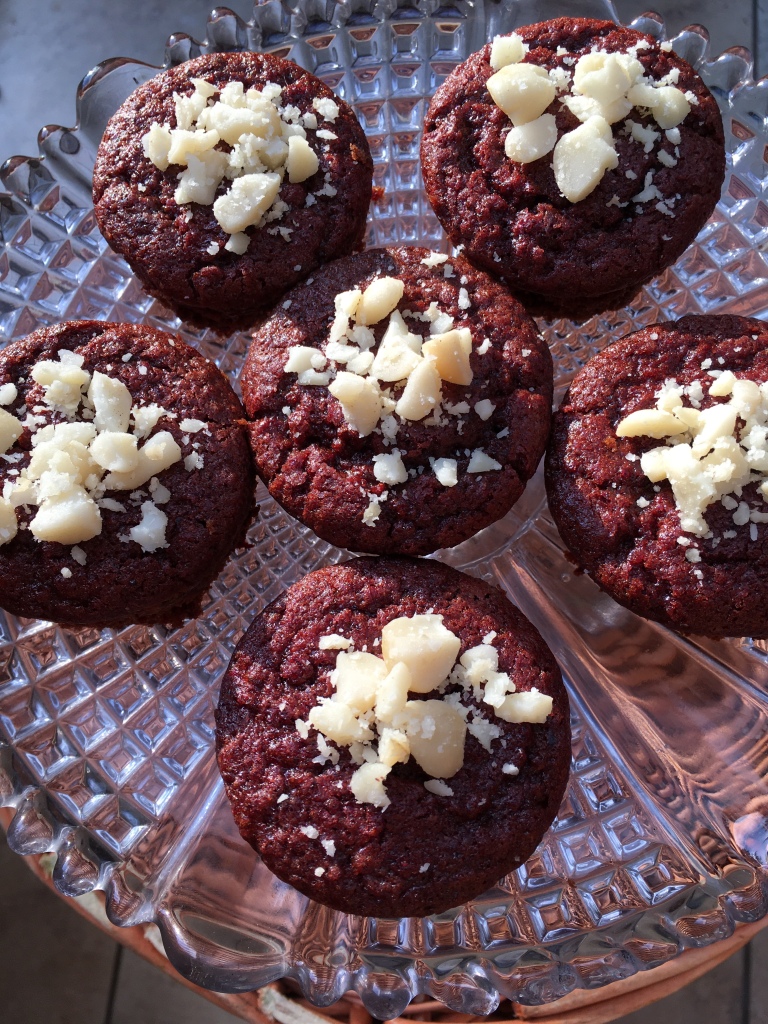

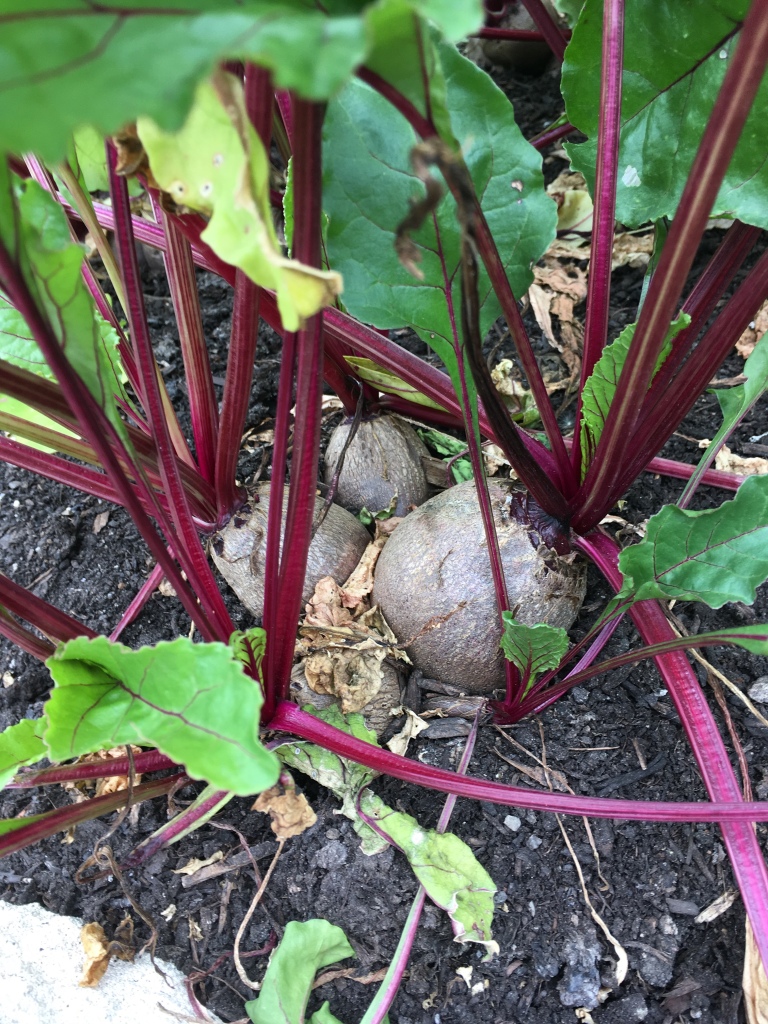





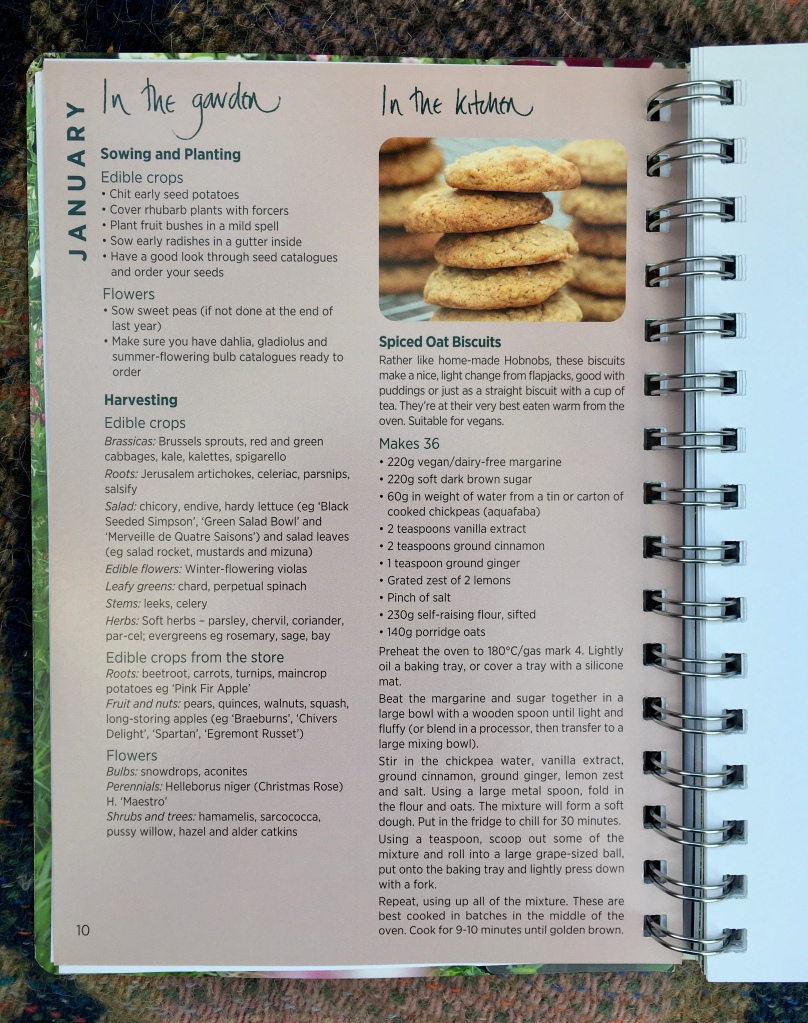

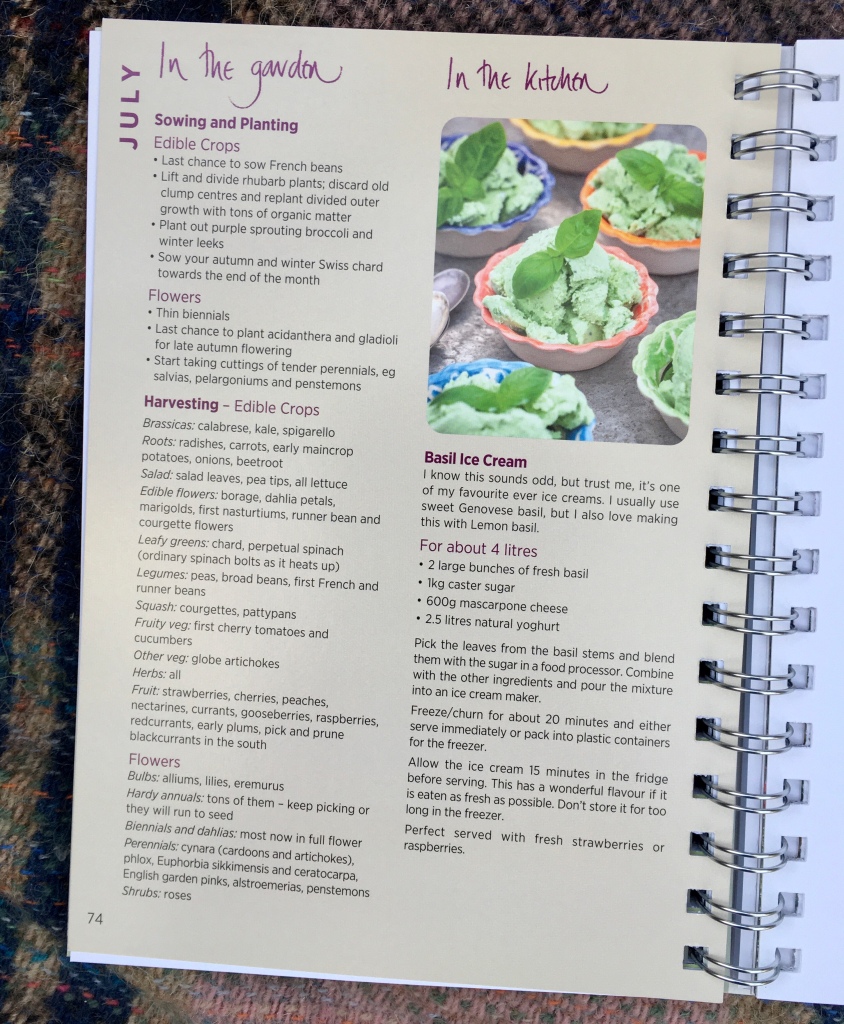


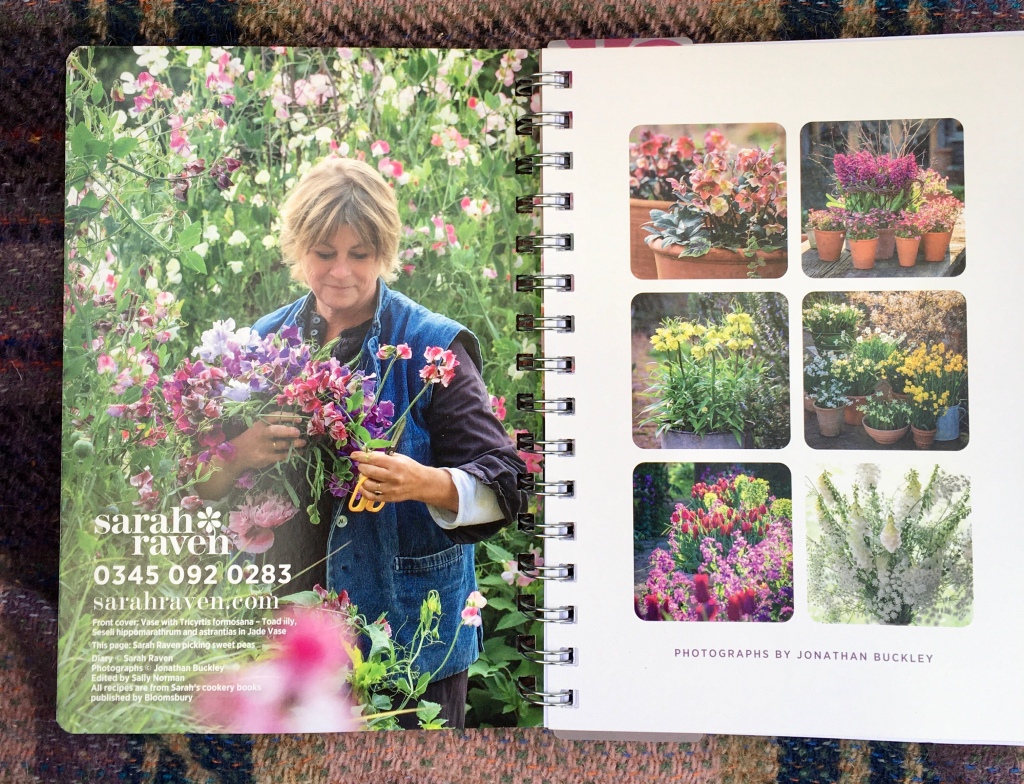

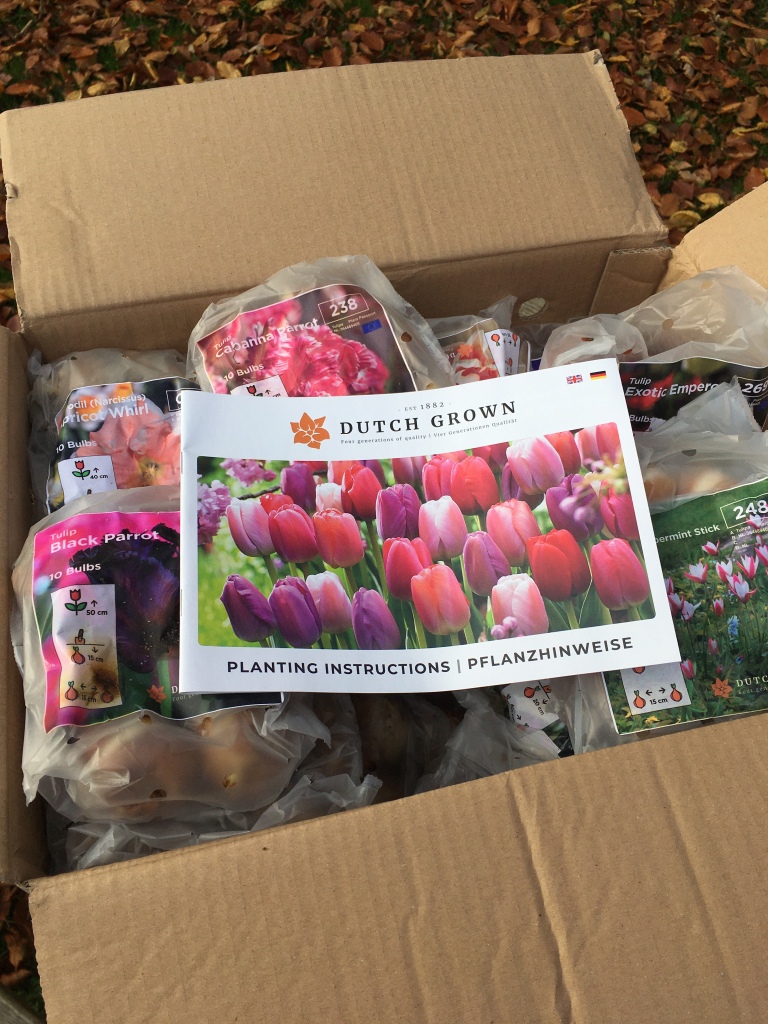
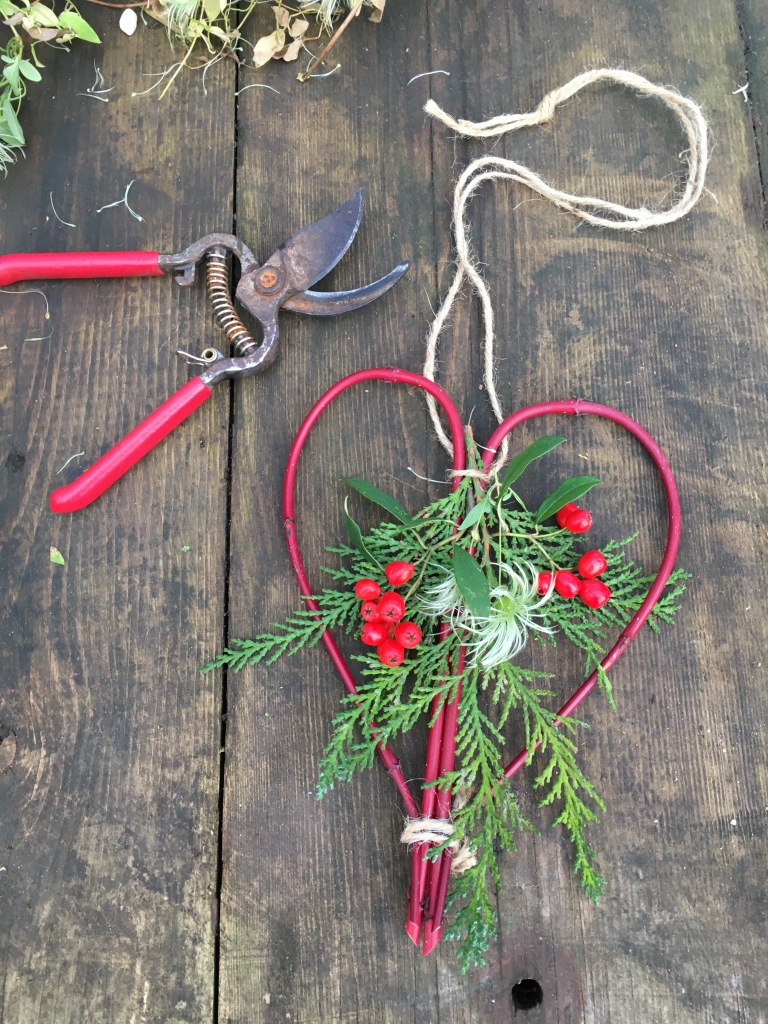



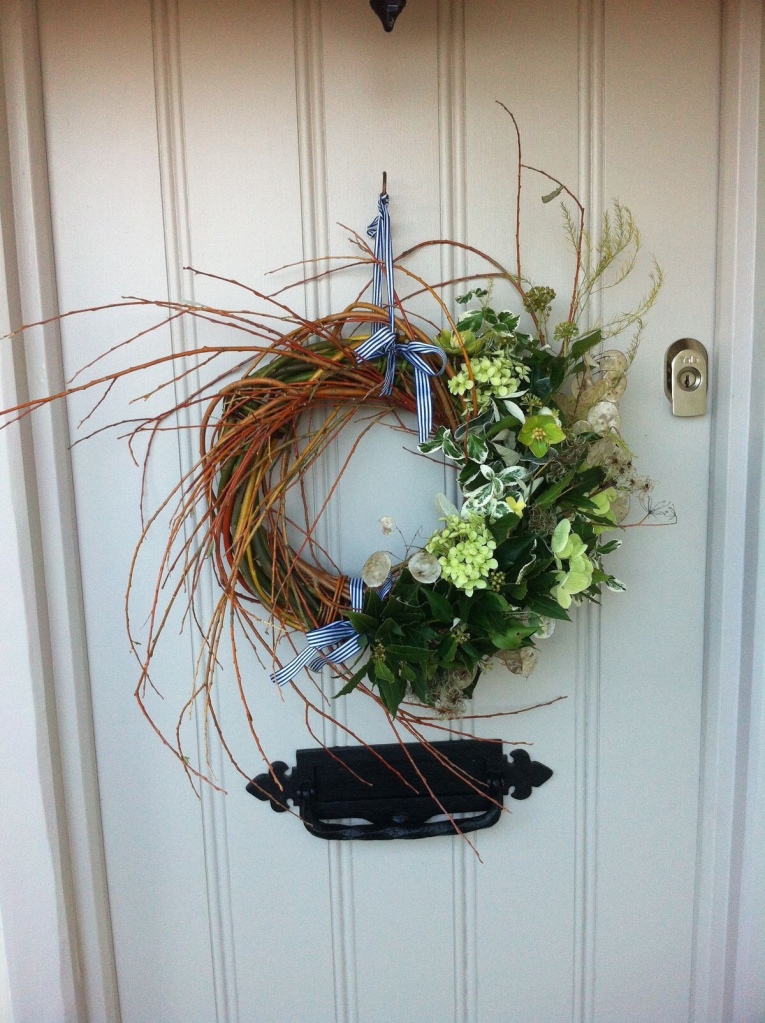










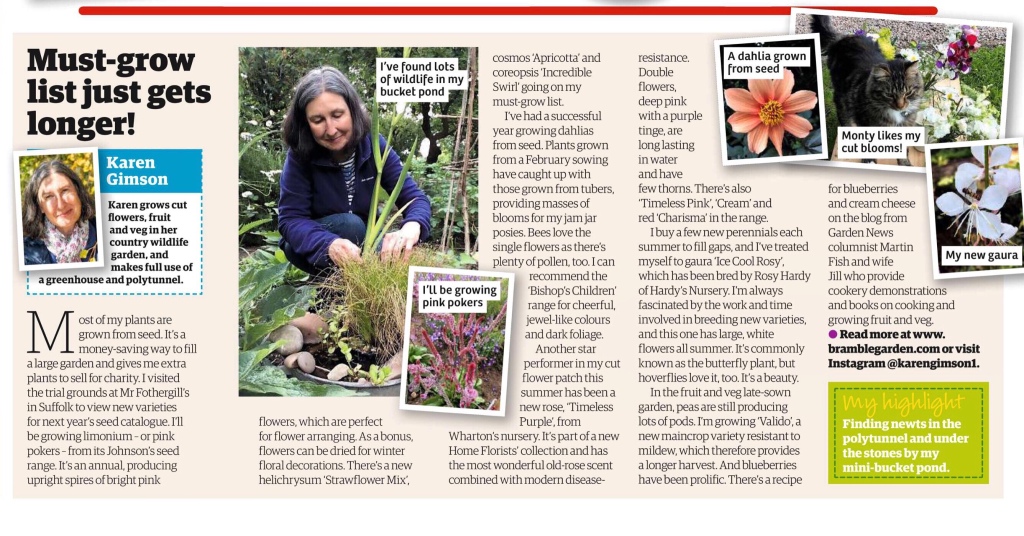






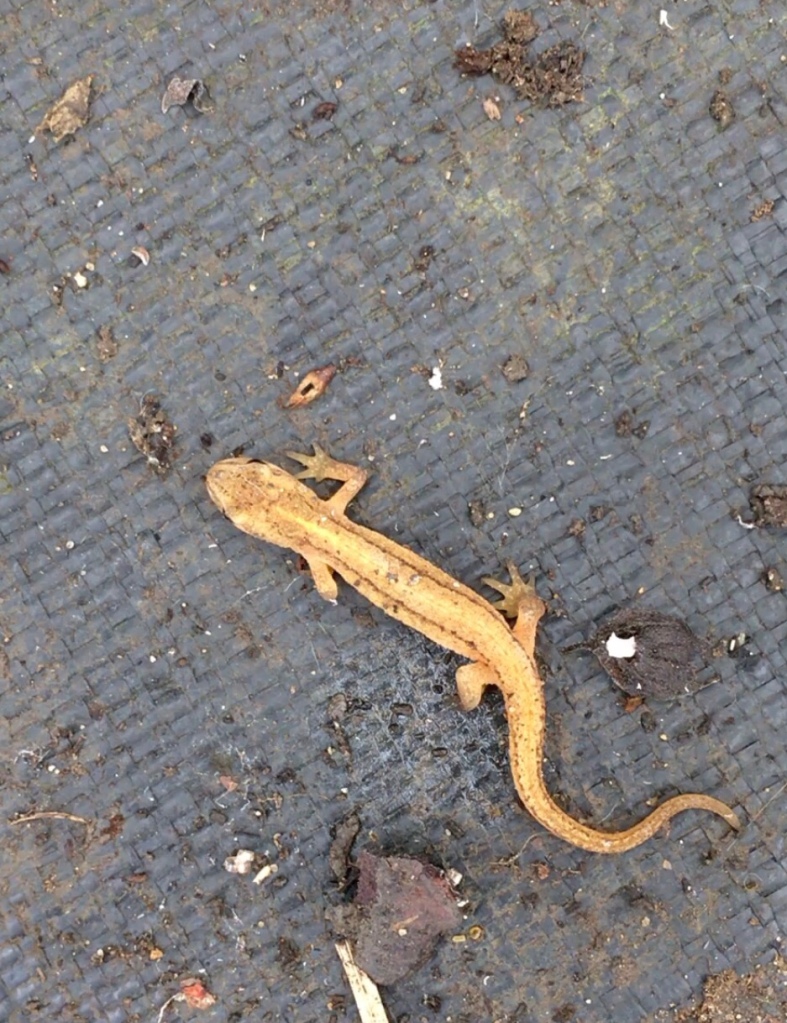


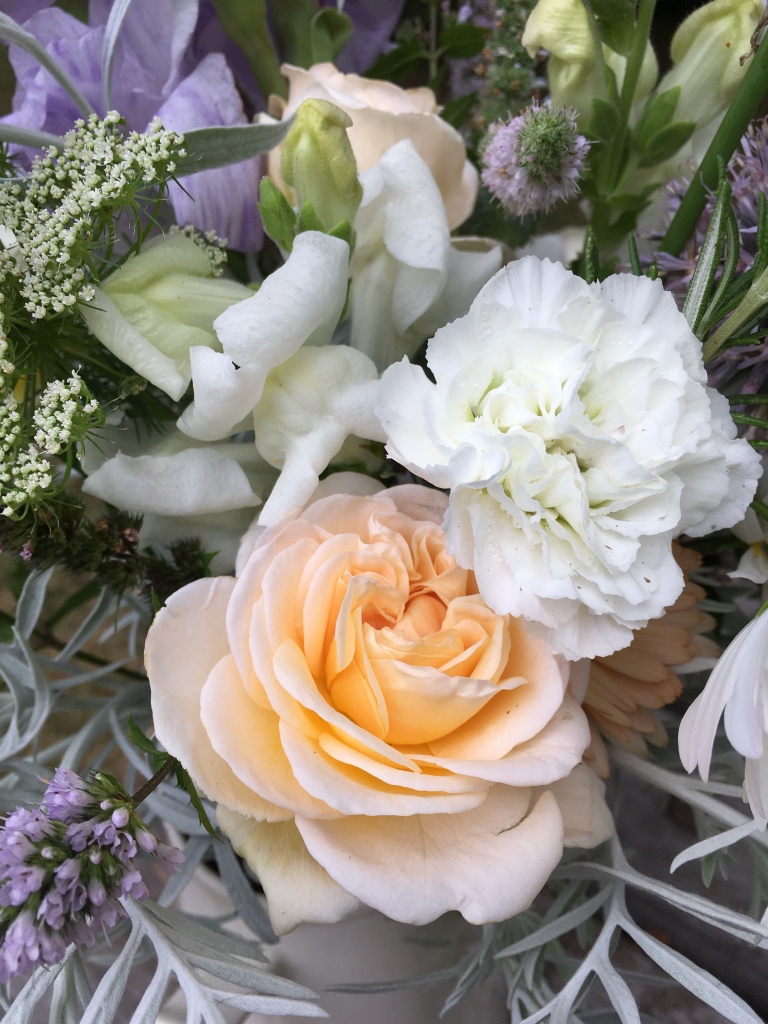









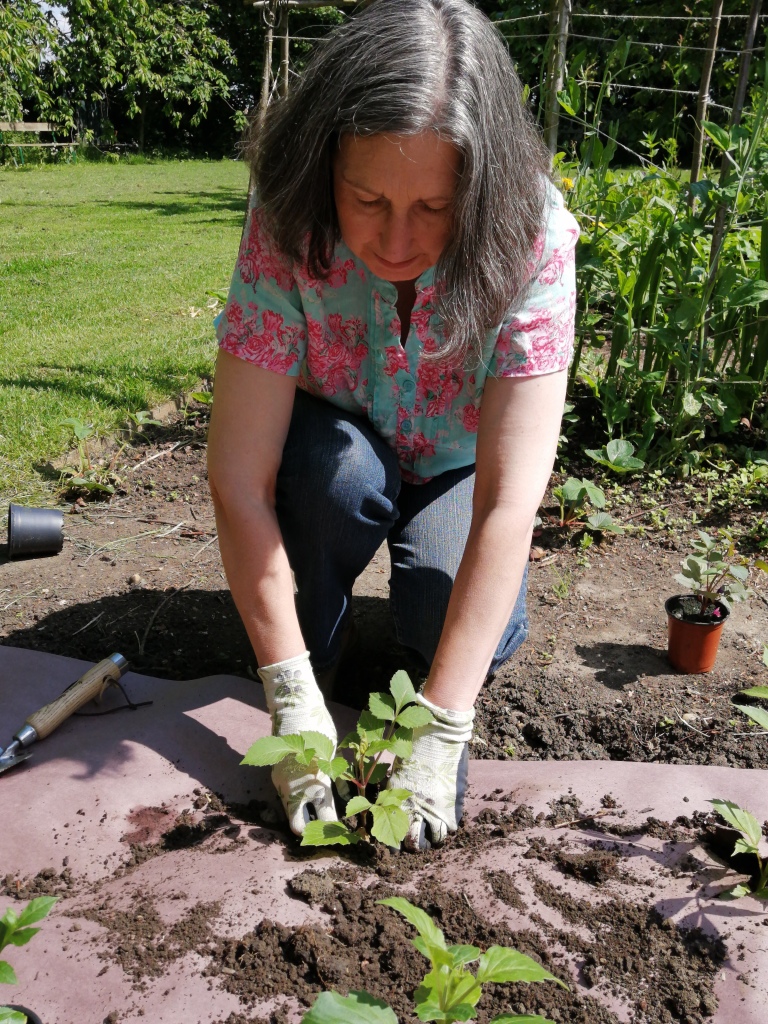
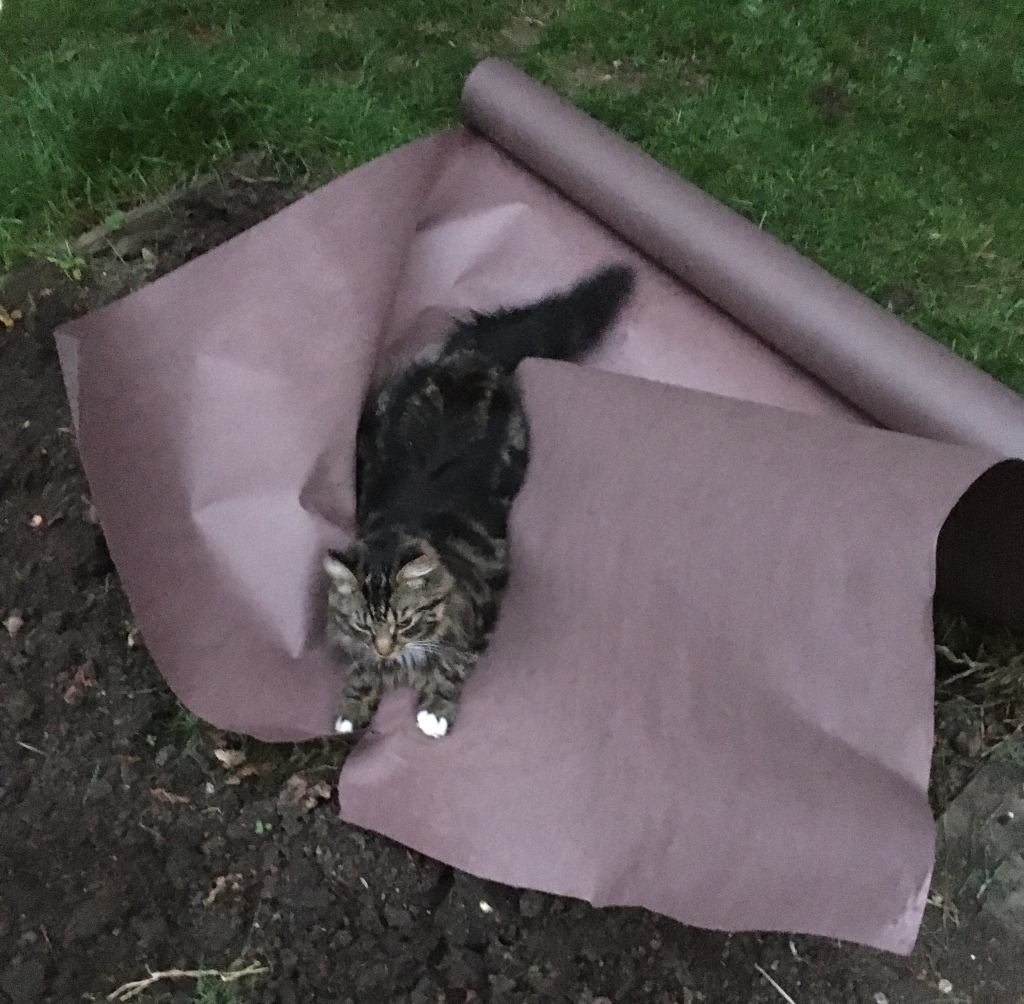

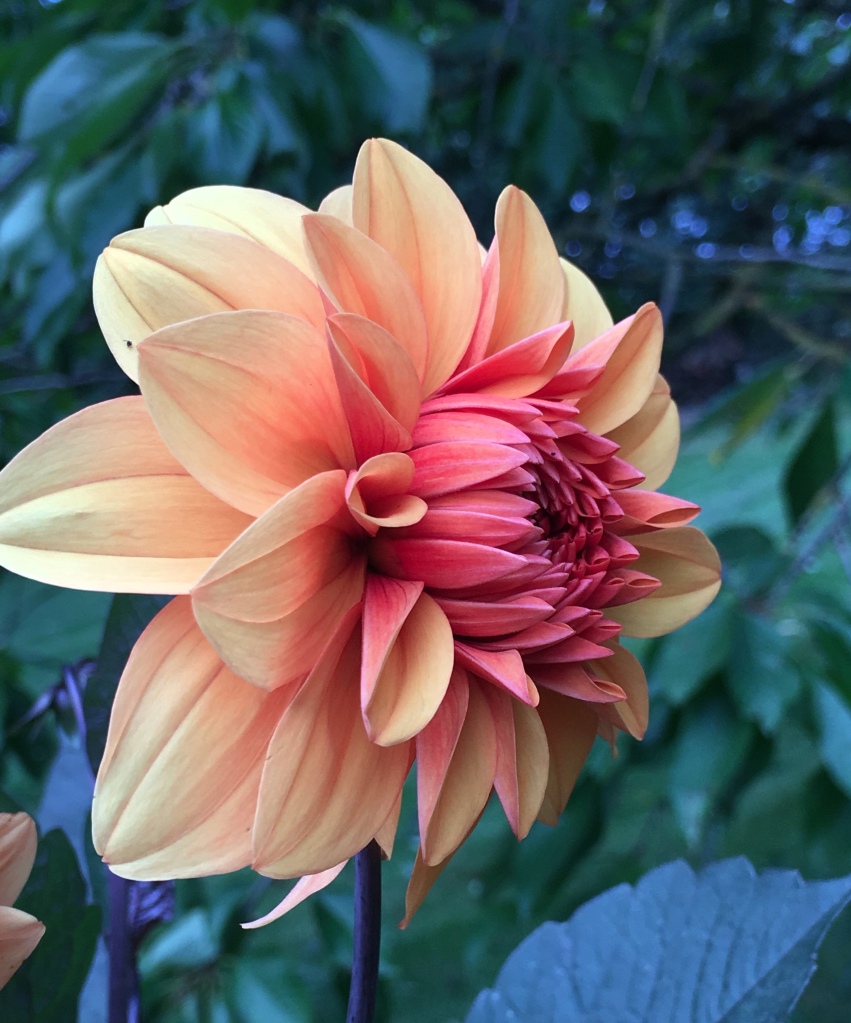










































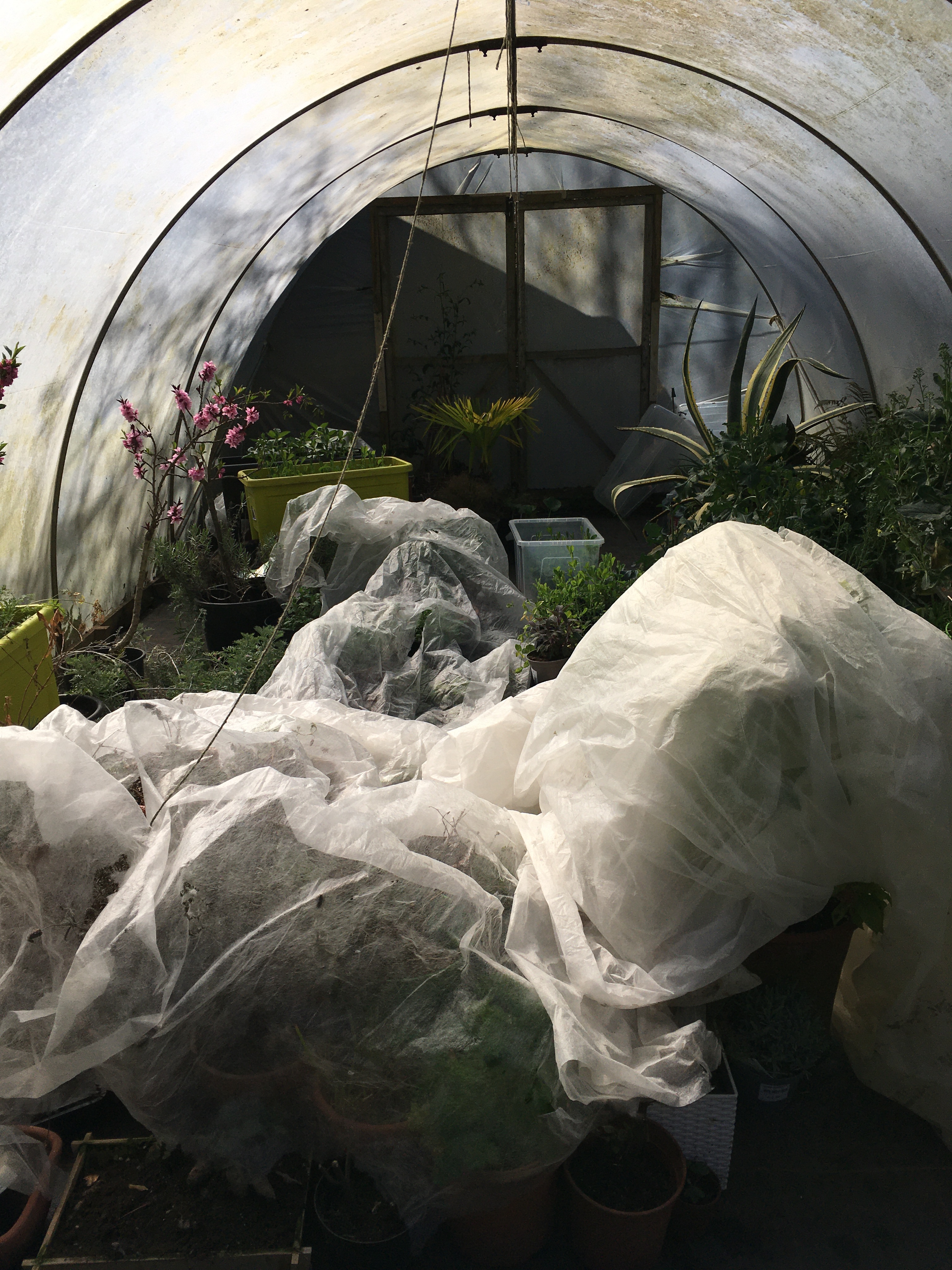









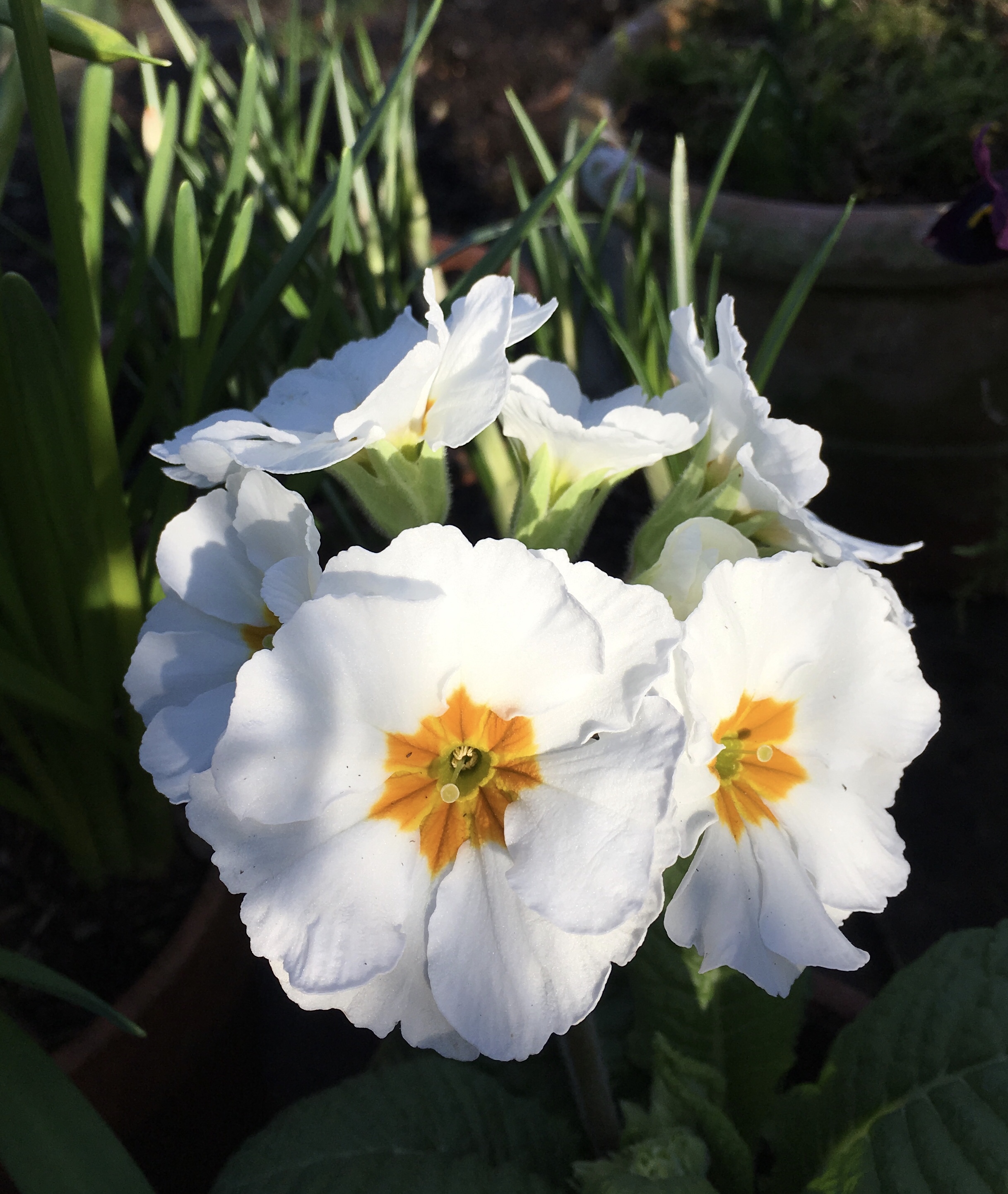


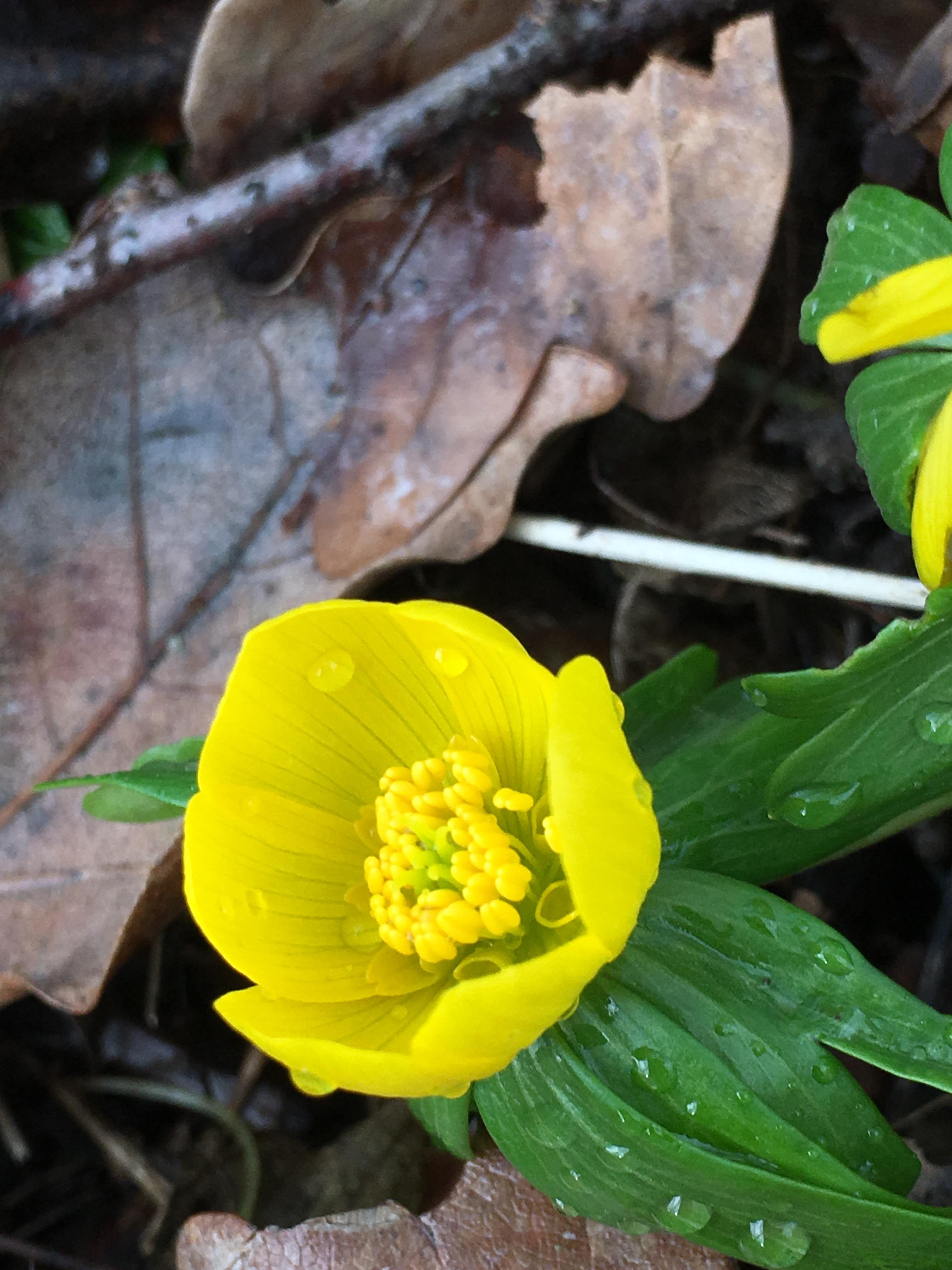
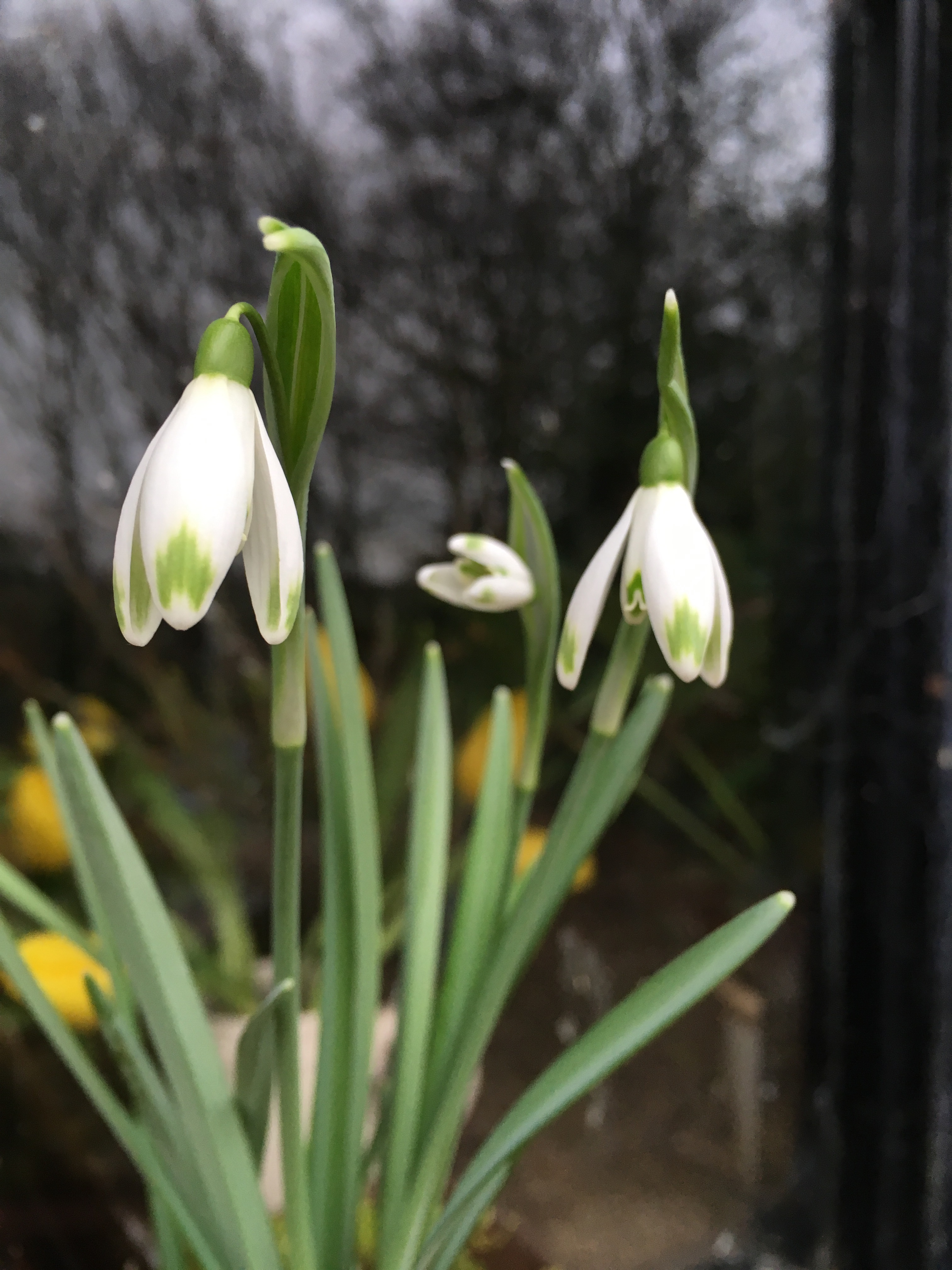

















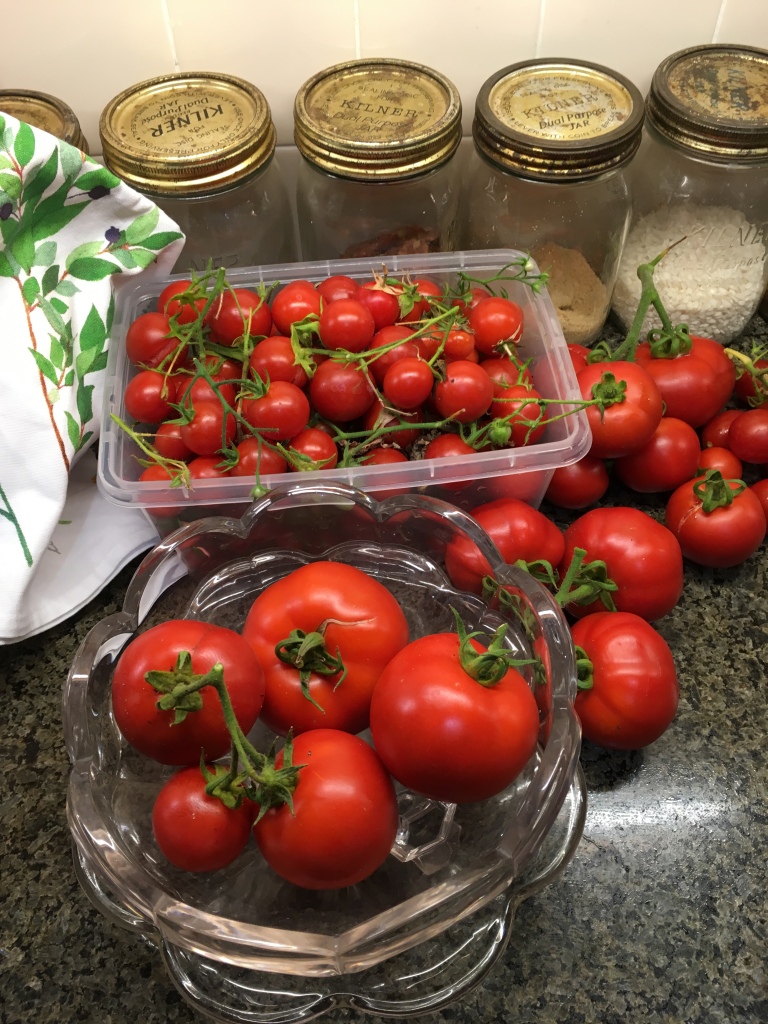
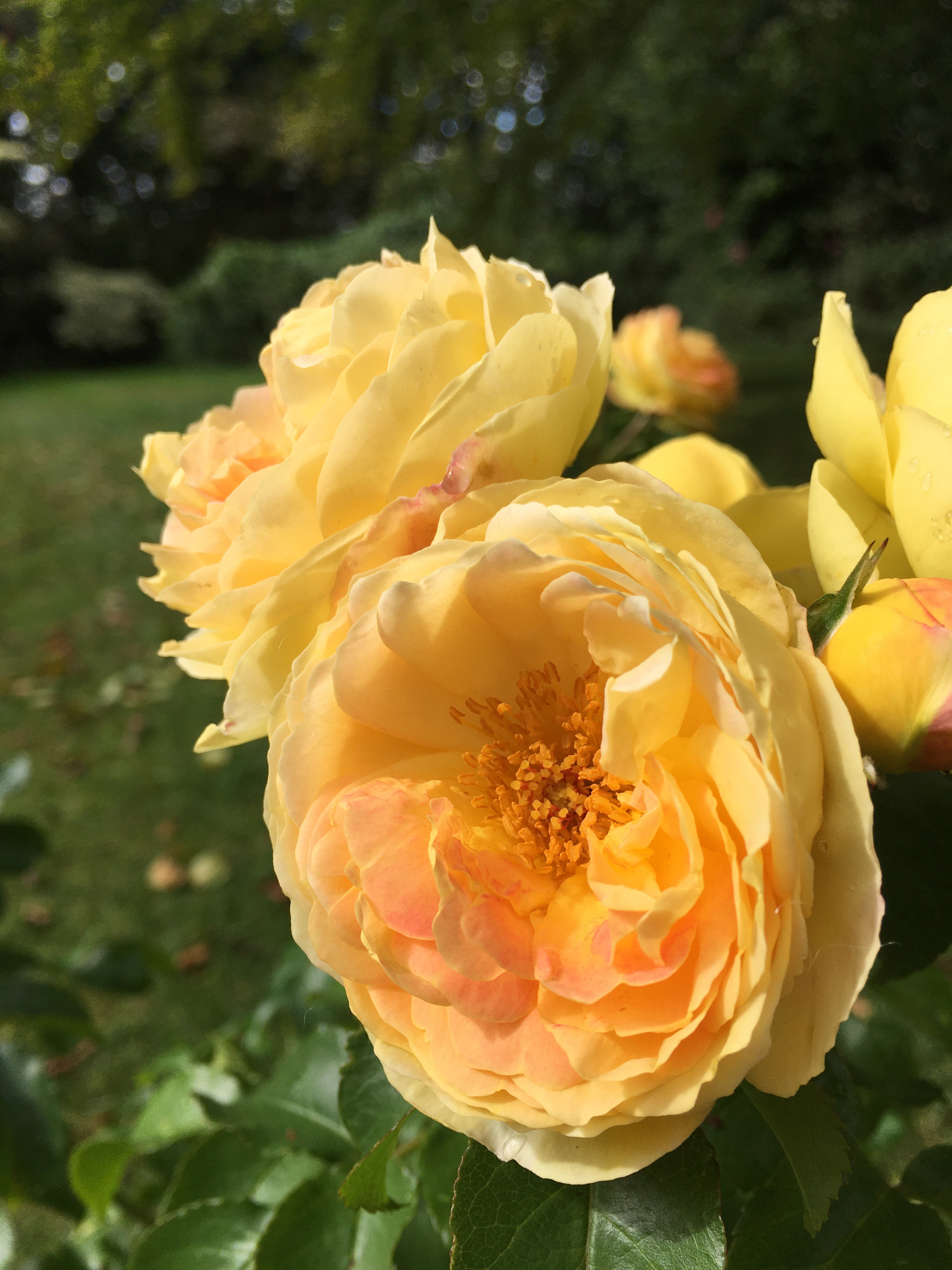
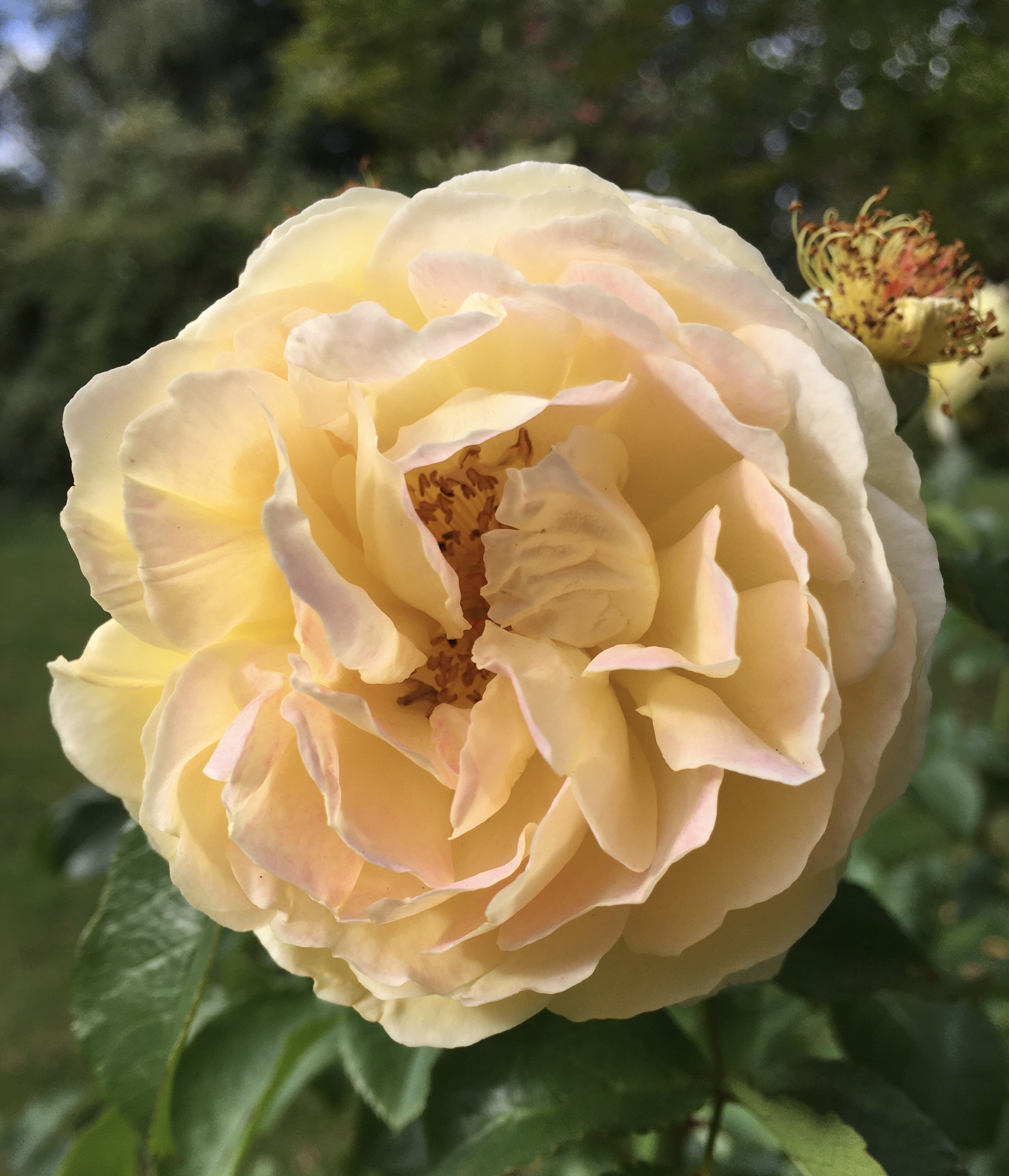
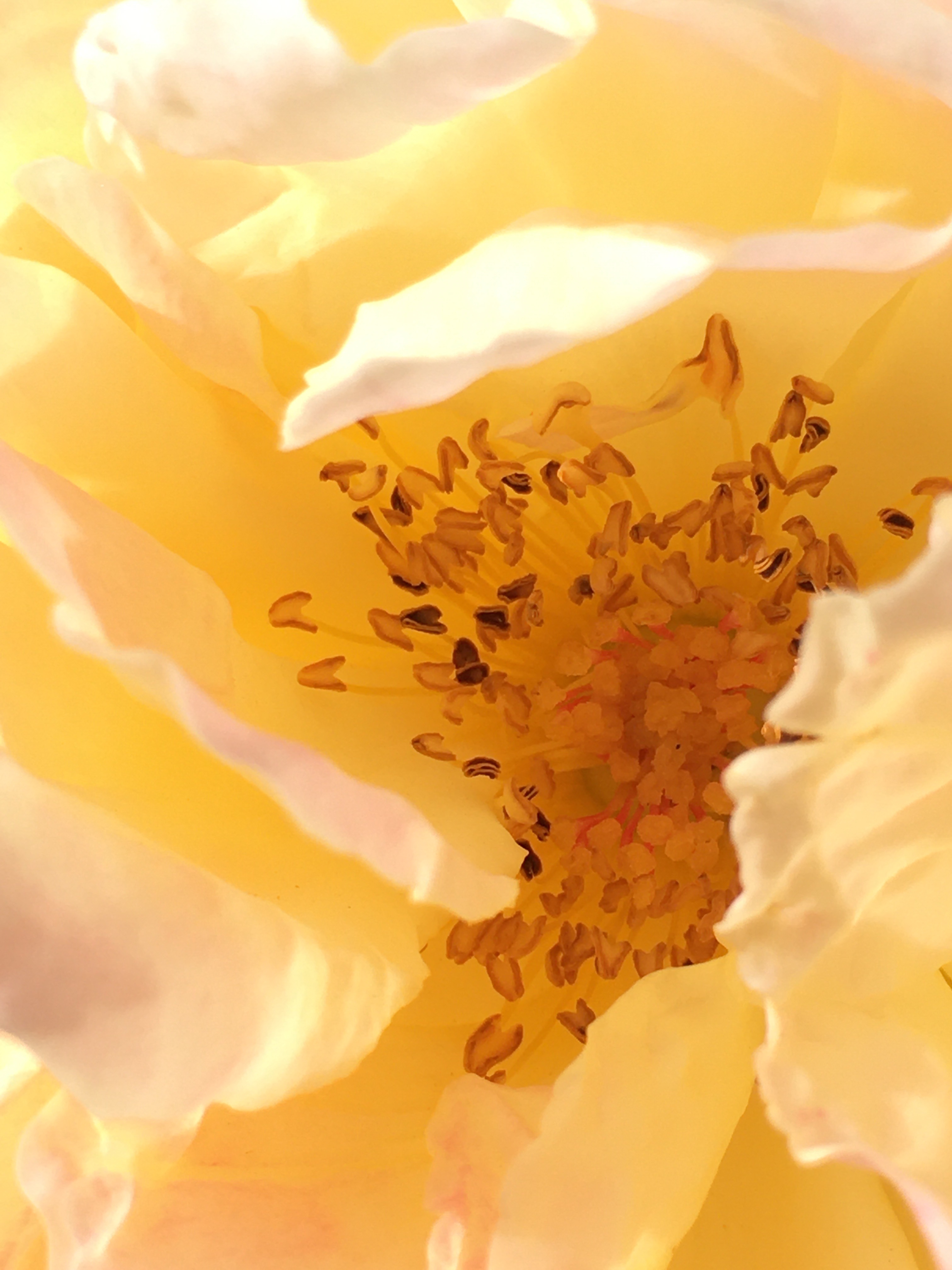
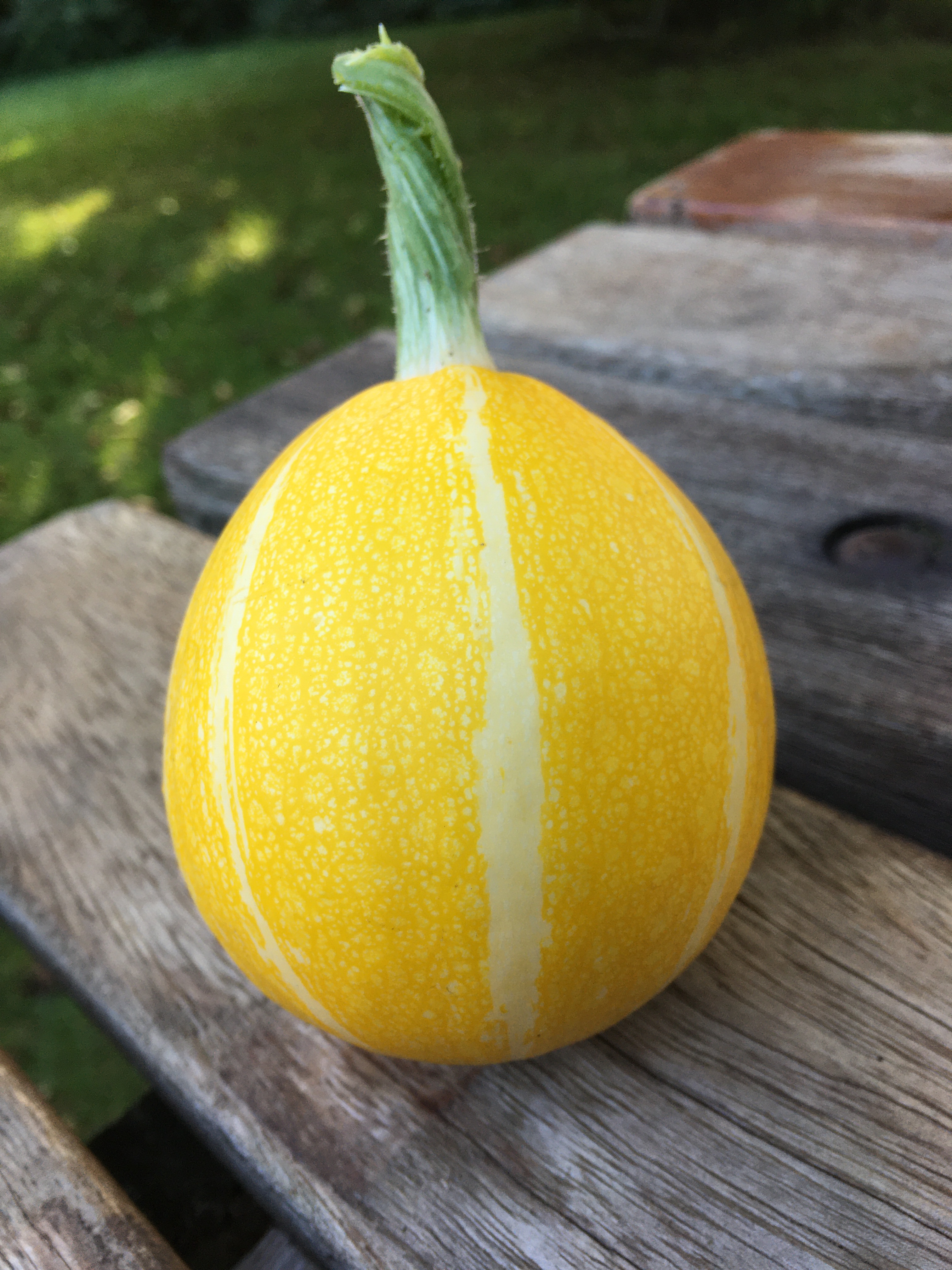

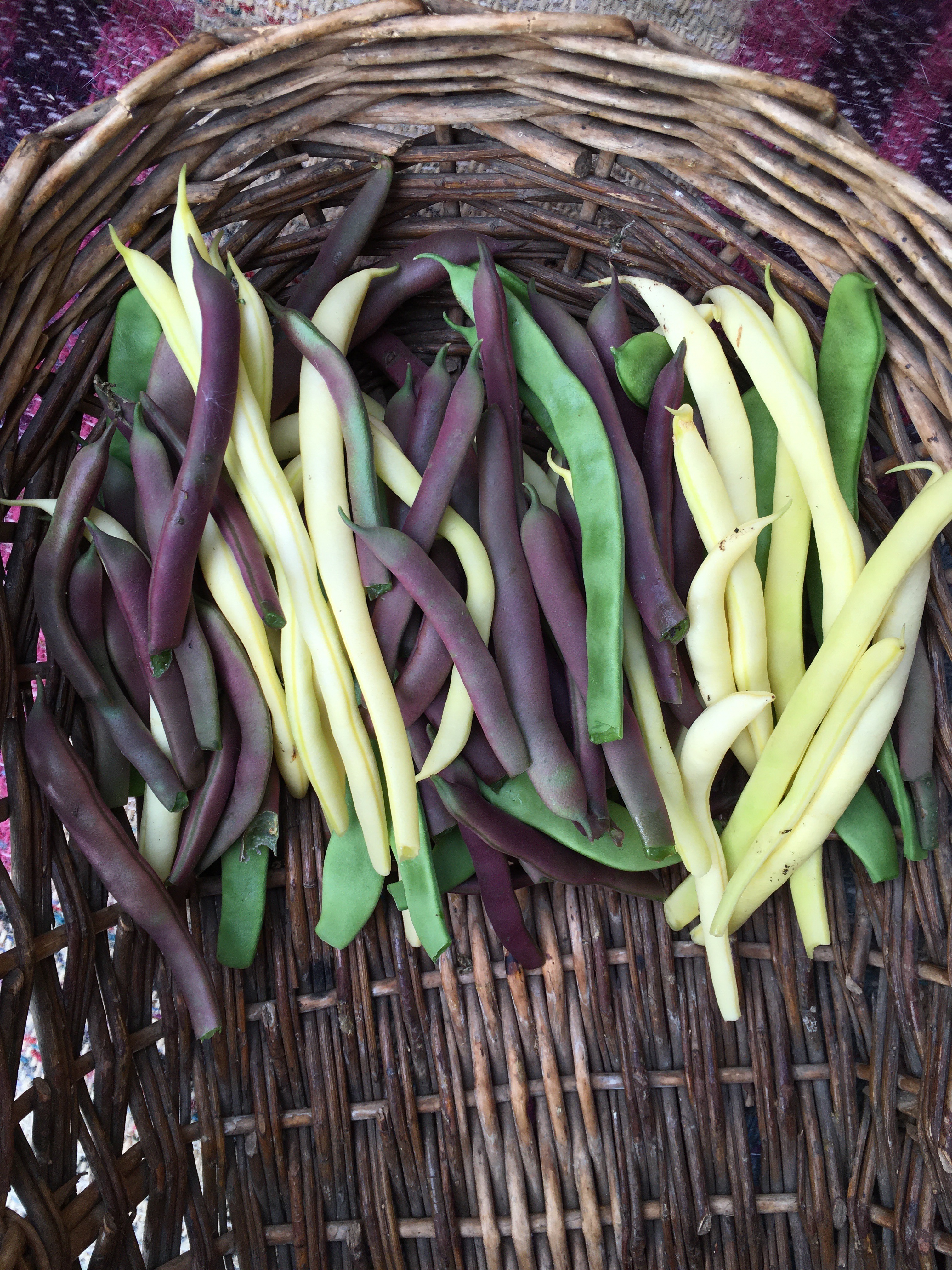
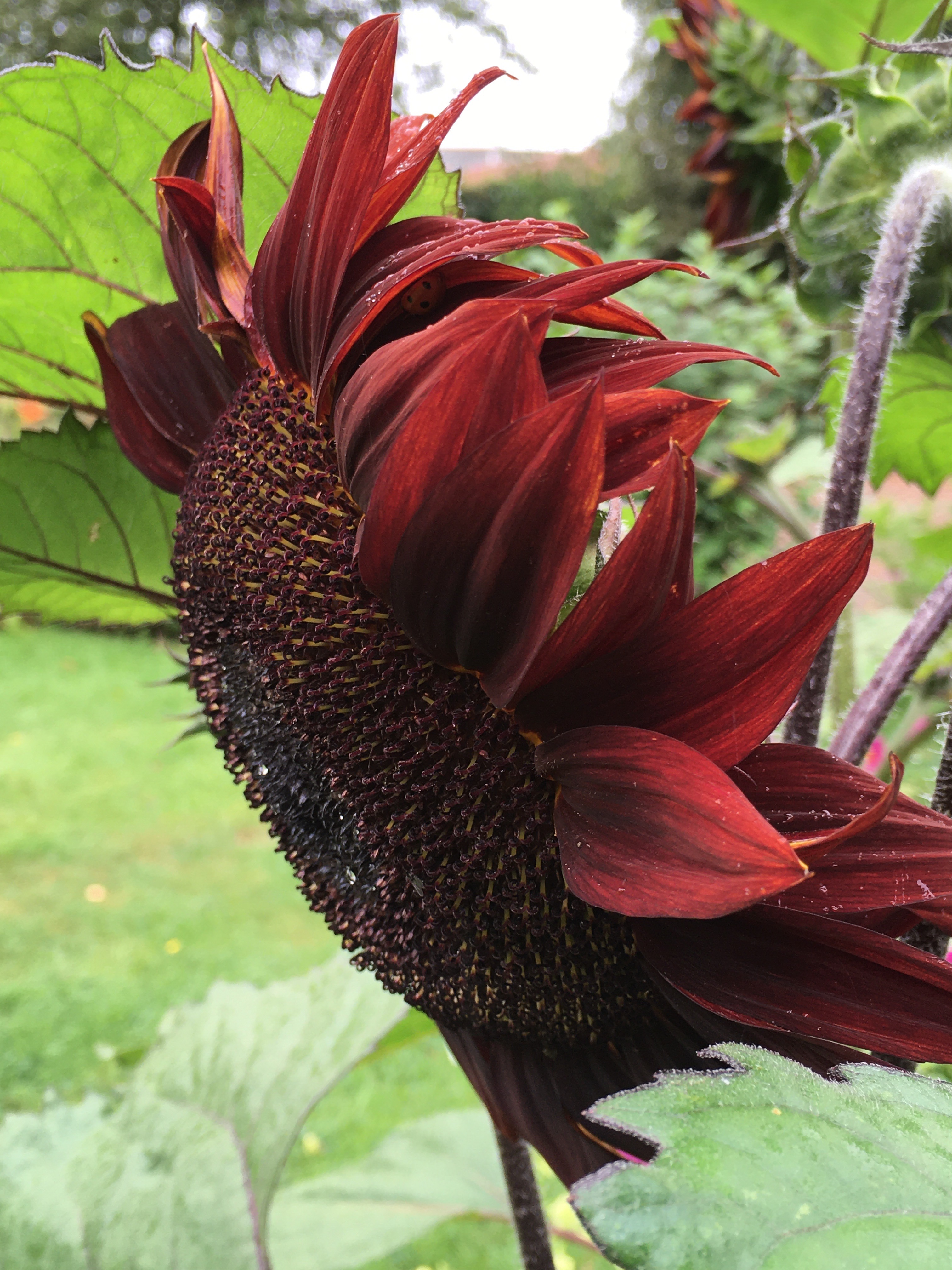
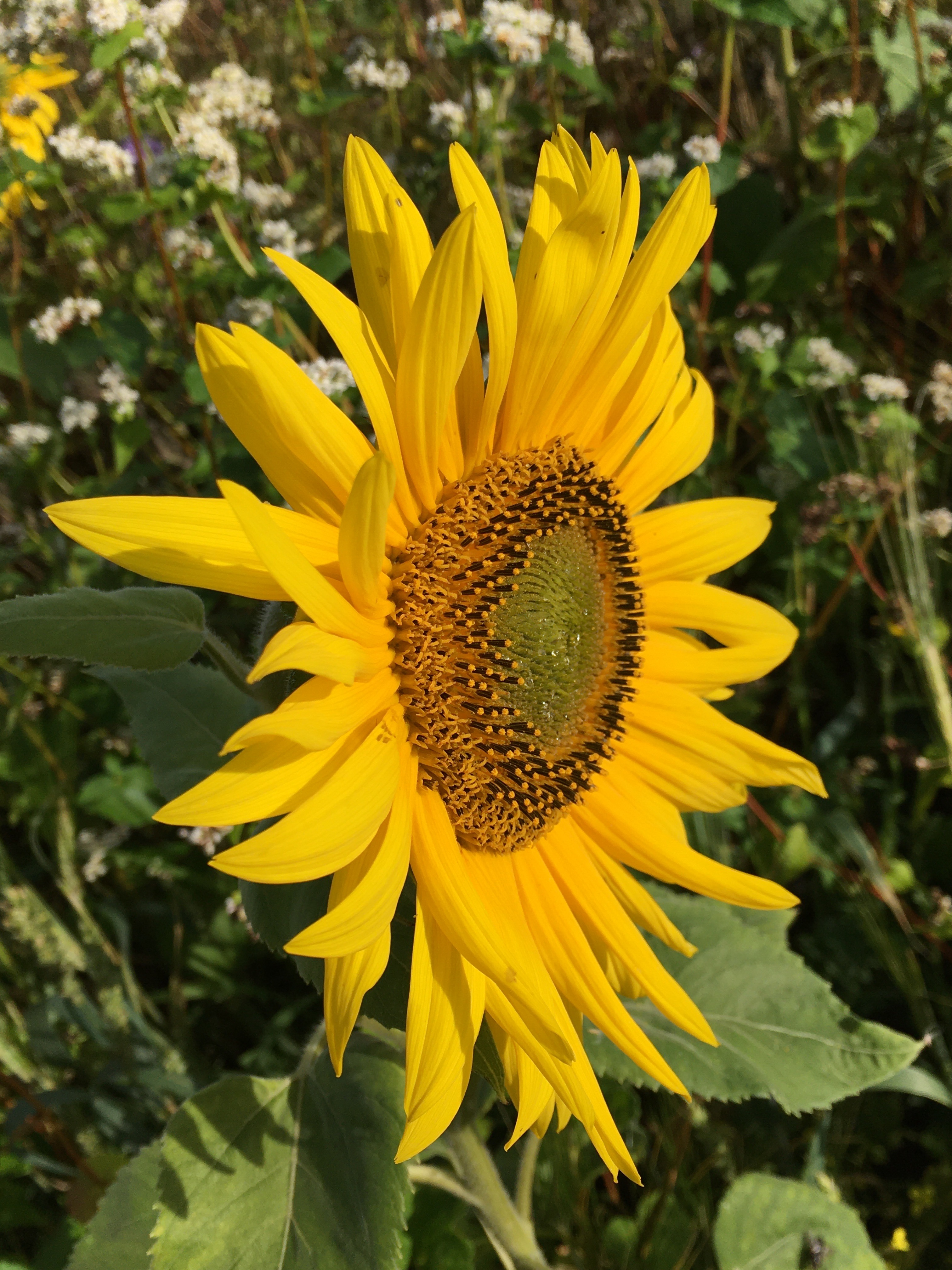
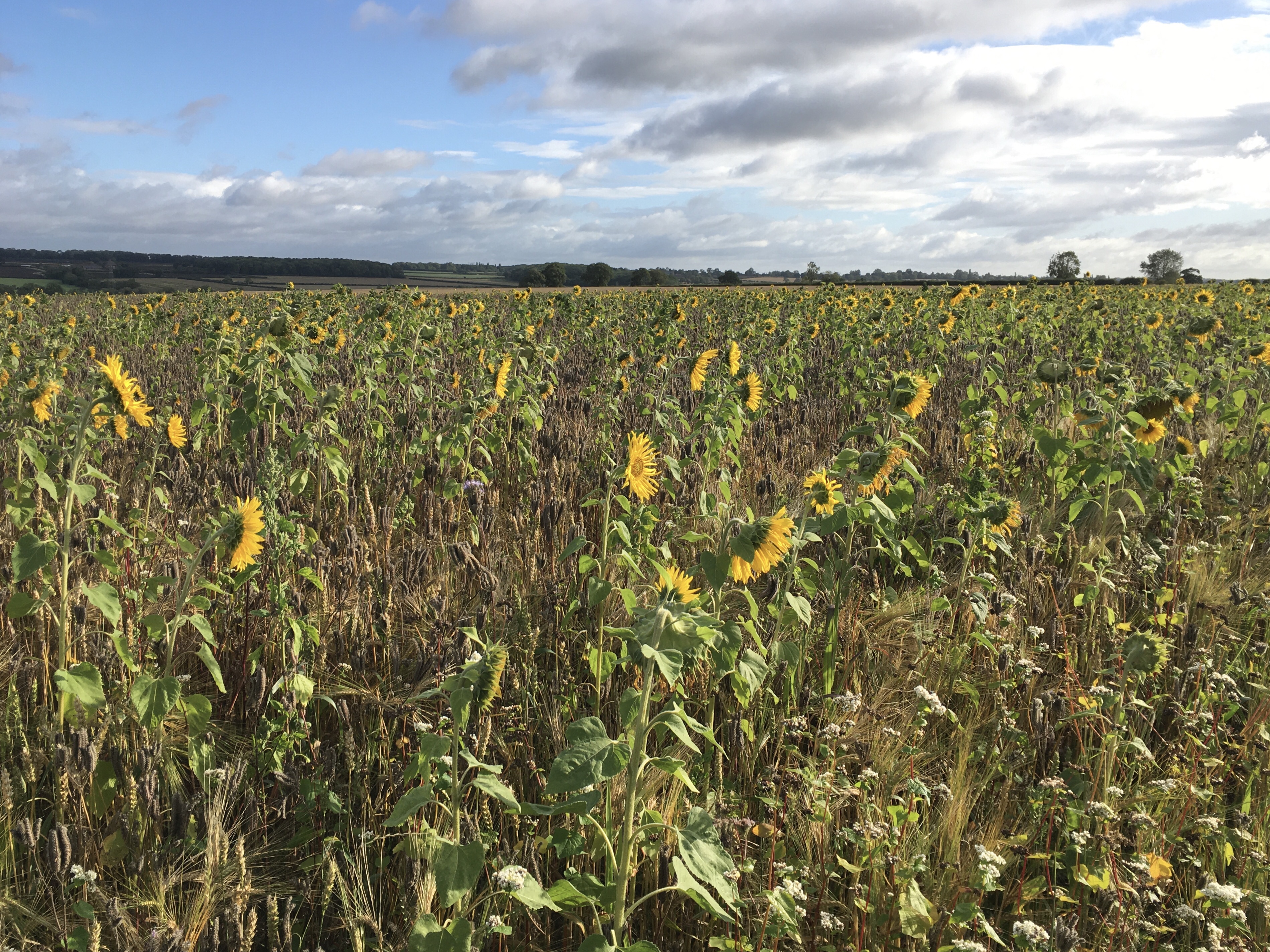

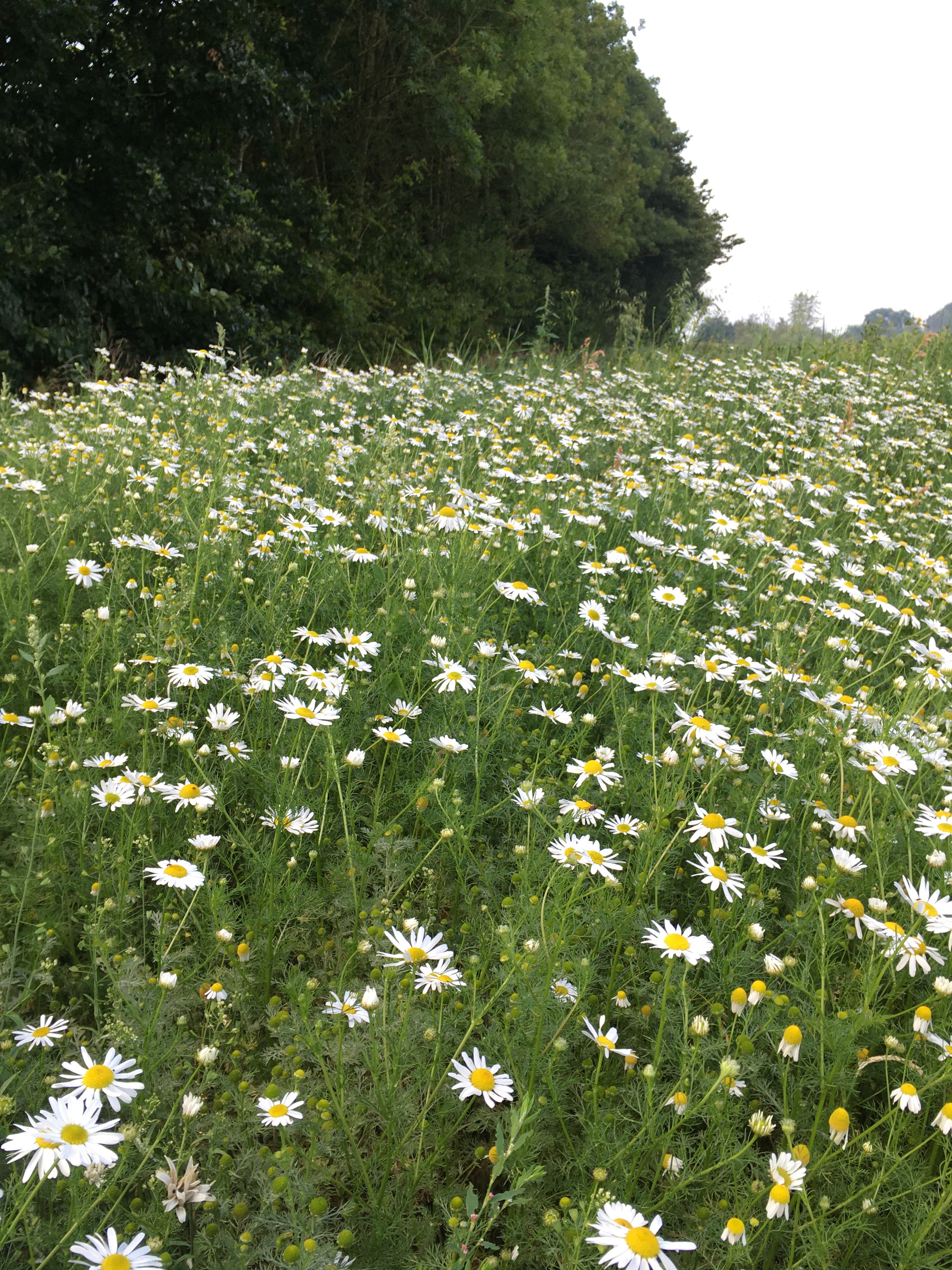




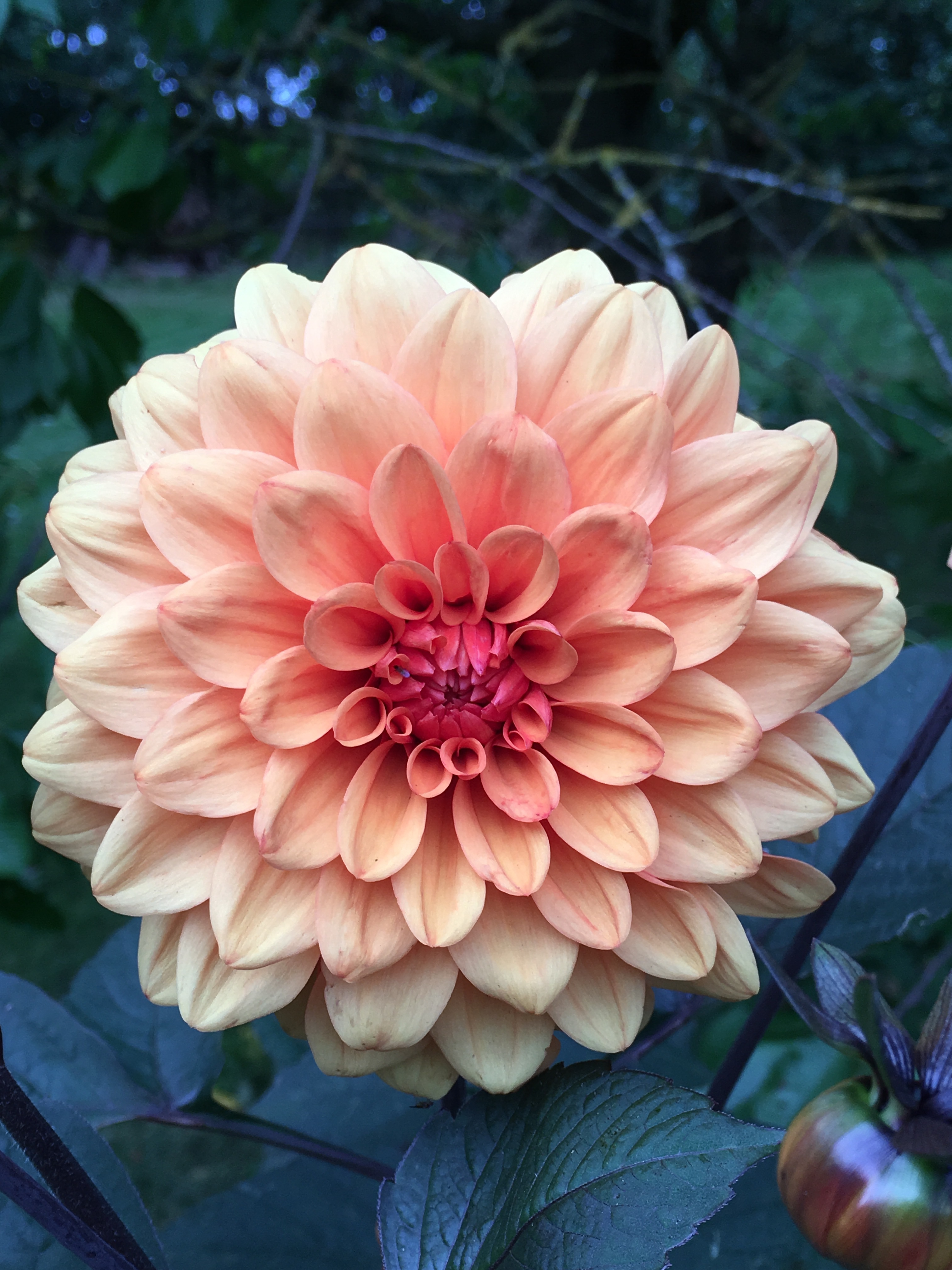



 Now for the ‘blue’ photos this week. I’ve chosen morning glory, Ipomoea purpurea. This is a seedling from a selection I’ve grown for years. Morning glory is an annual climber reaching 4-5m given a warm sunny fence or wall. Mine grow up through my climbing French beans. I’m hoping the flowers will attract pollinators which will benefit my vegetables. You can see the nectar guides in this photo. Flowers have visible and UV guides or lines directing bees to the nectary. Sunshine has highlighted the lines. It’s almost mesmerising. I save my seed each summer and store it in a cool, dark place over winter. I’ll start them off again in 3″ pots on the kitchen windowsill in February. Recommended varieties include Star of Yelta, Grandpa Ott and Heavenly Blue. All easy to grow, and once you’ve bought a packet of seed, you’ll have morning glory for ever more. Such a lovely thought!
Now for the ‘blue’ photos this week. I’ve chosen morning glory, Ipomoea purpurea. This is a seedling from a selection I’ve grown for years. Morning glory is an annual climber reaching 4-5m given a warm sunny fence or wall. Mine grow up through my climbing French beans. I’m hoping the flowers will attract pollinators which will benefit my vegetables. You can see the nectar guides in this photo. Flowers have visible and UV guides or lines directing bees to the nectary. Sunshine has highlighted the lines. It’s almost mesmerising. I save my seed each summer and store it in a cool, dark place over winter. I’ll start them off again in 3″ pots on the kitchen windowsill in February. Recommended varieties include Star of Yelta, Grandpa Ott and Heavenly Blue. All easy to grow, and once you’ve bought a packet of seed, you’ll have morning glory for ever more. Such a lovely thought!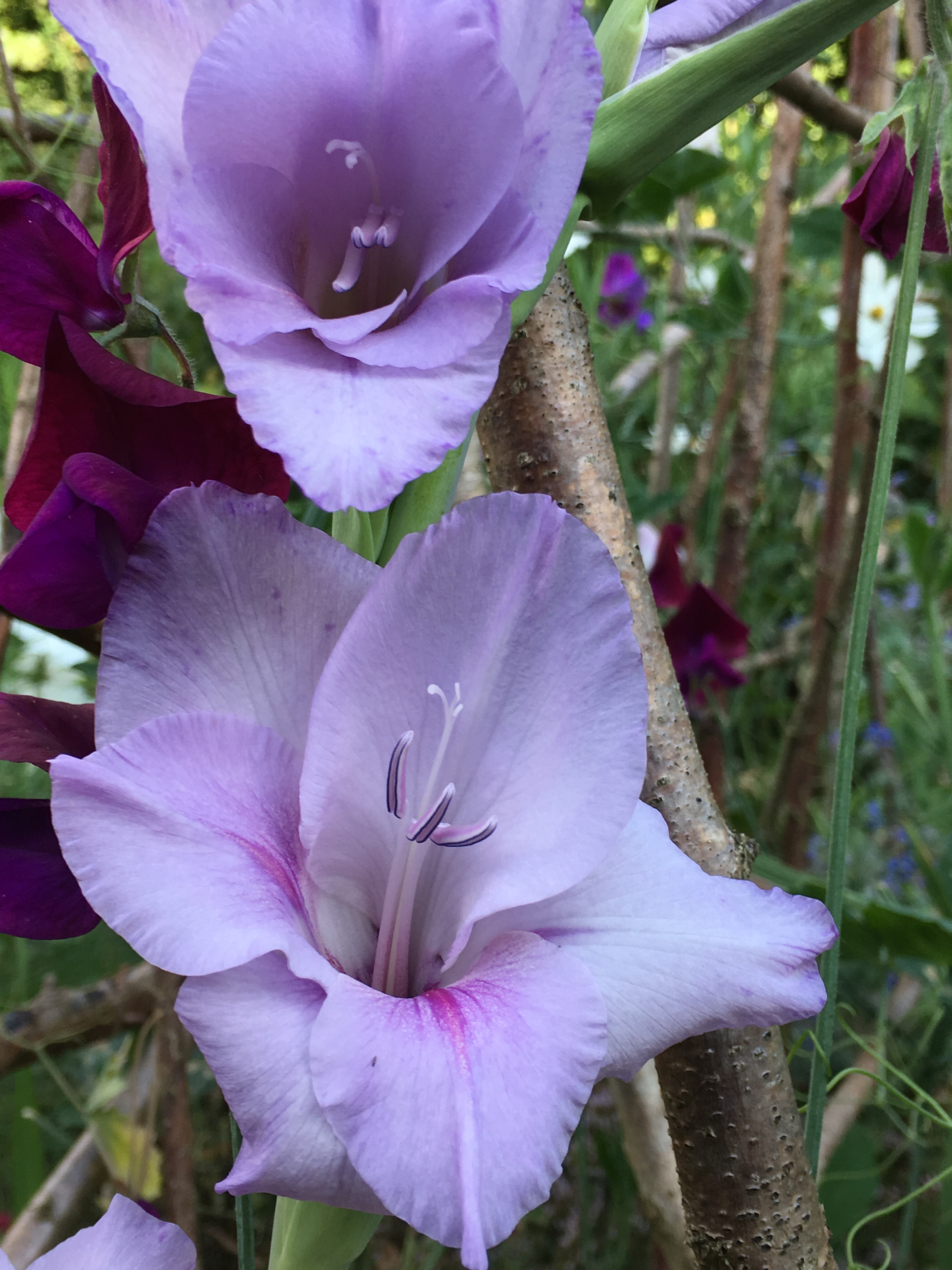

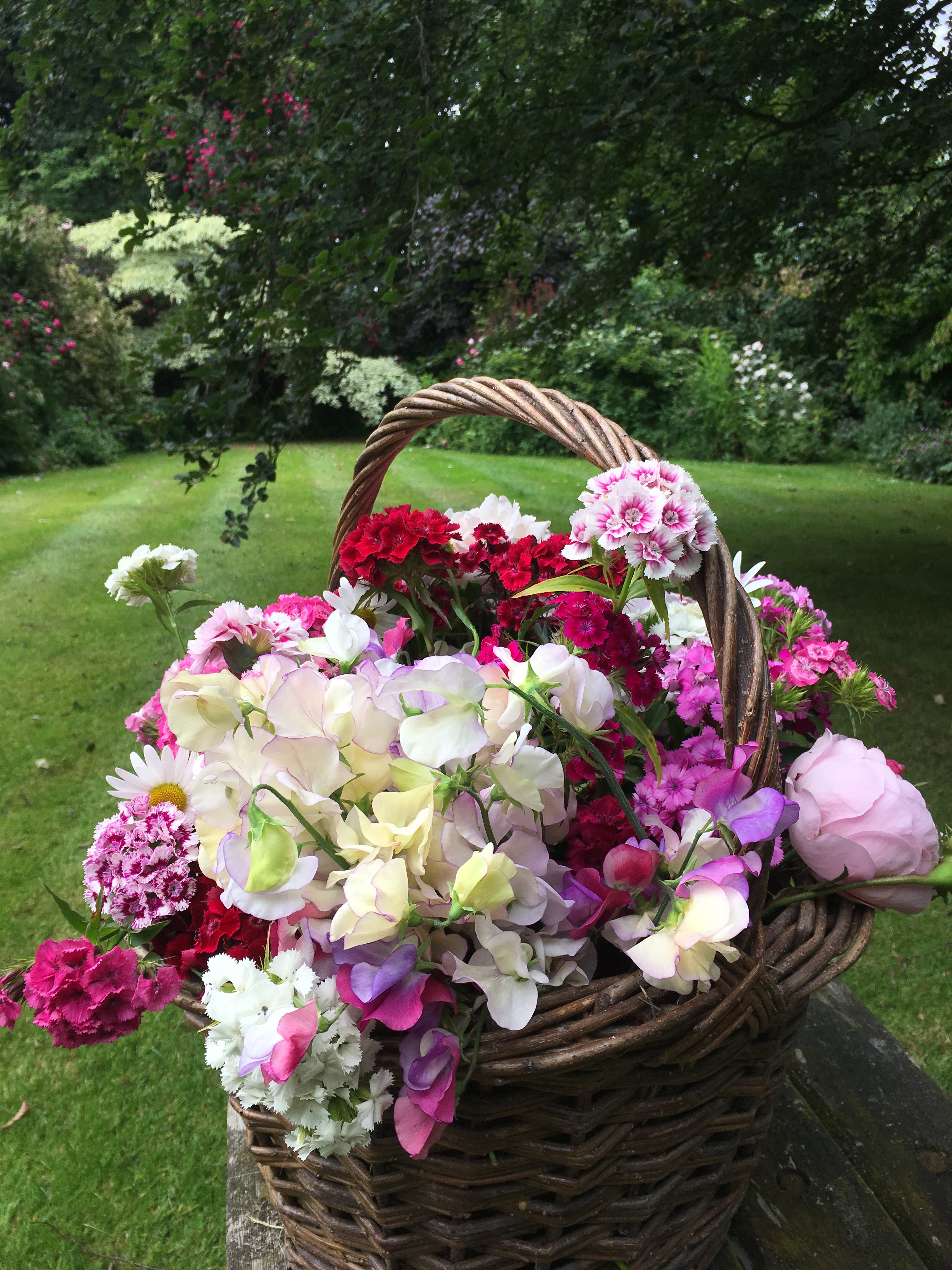



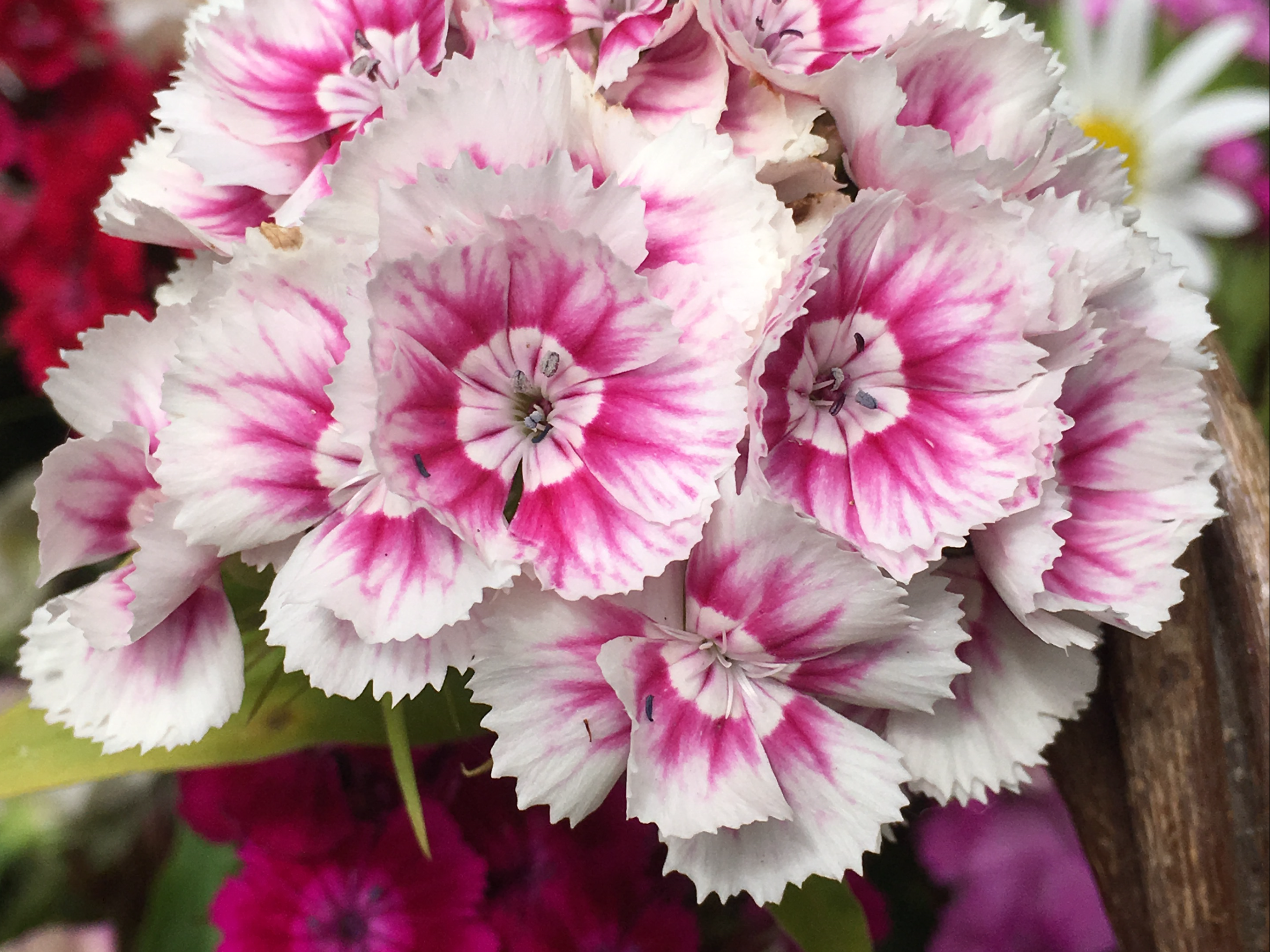
















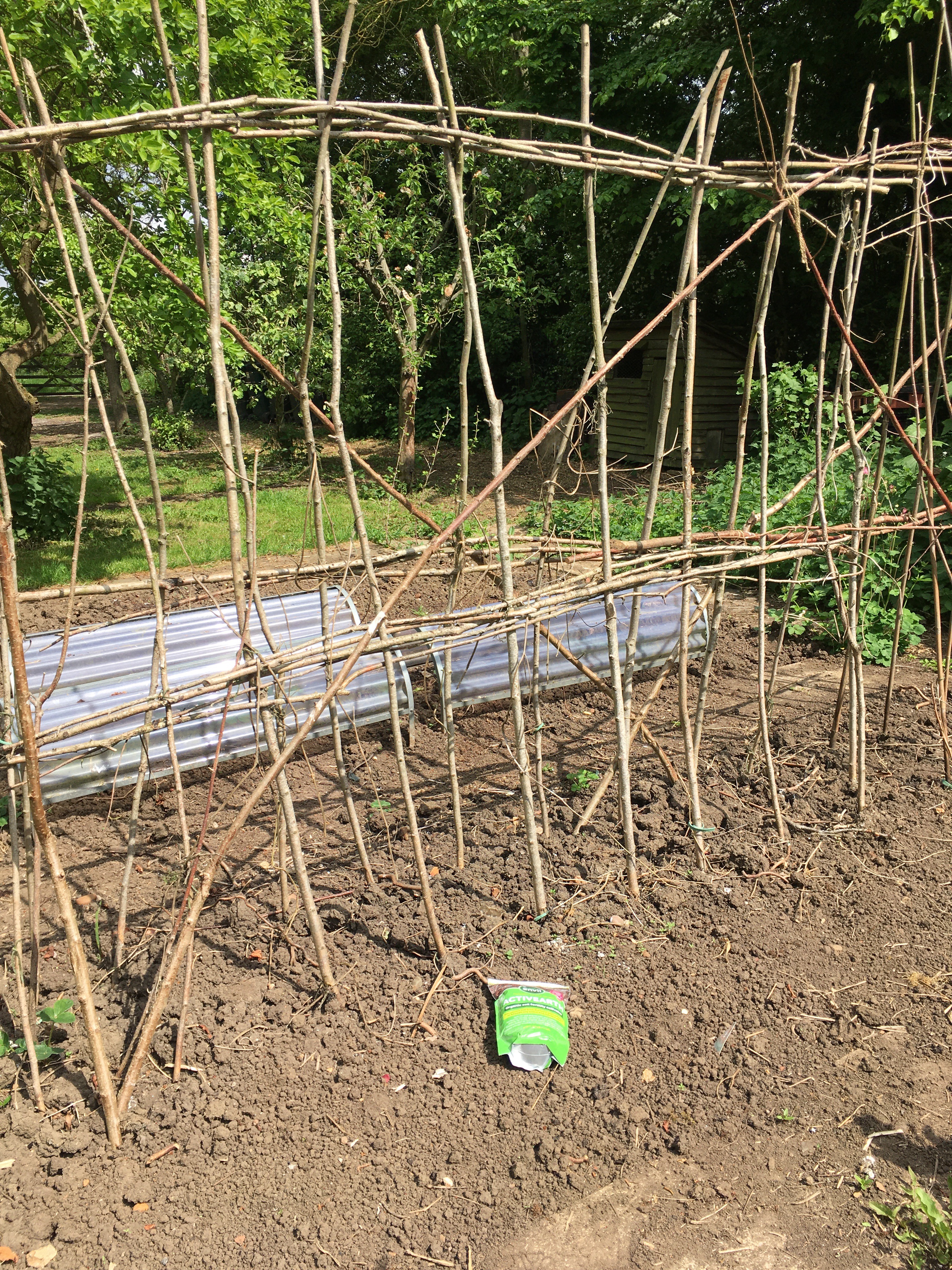
















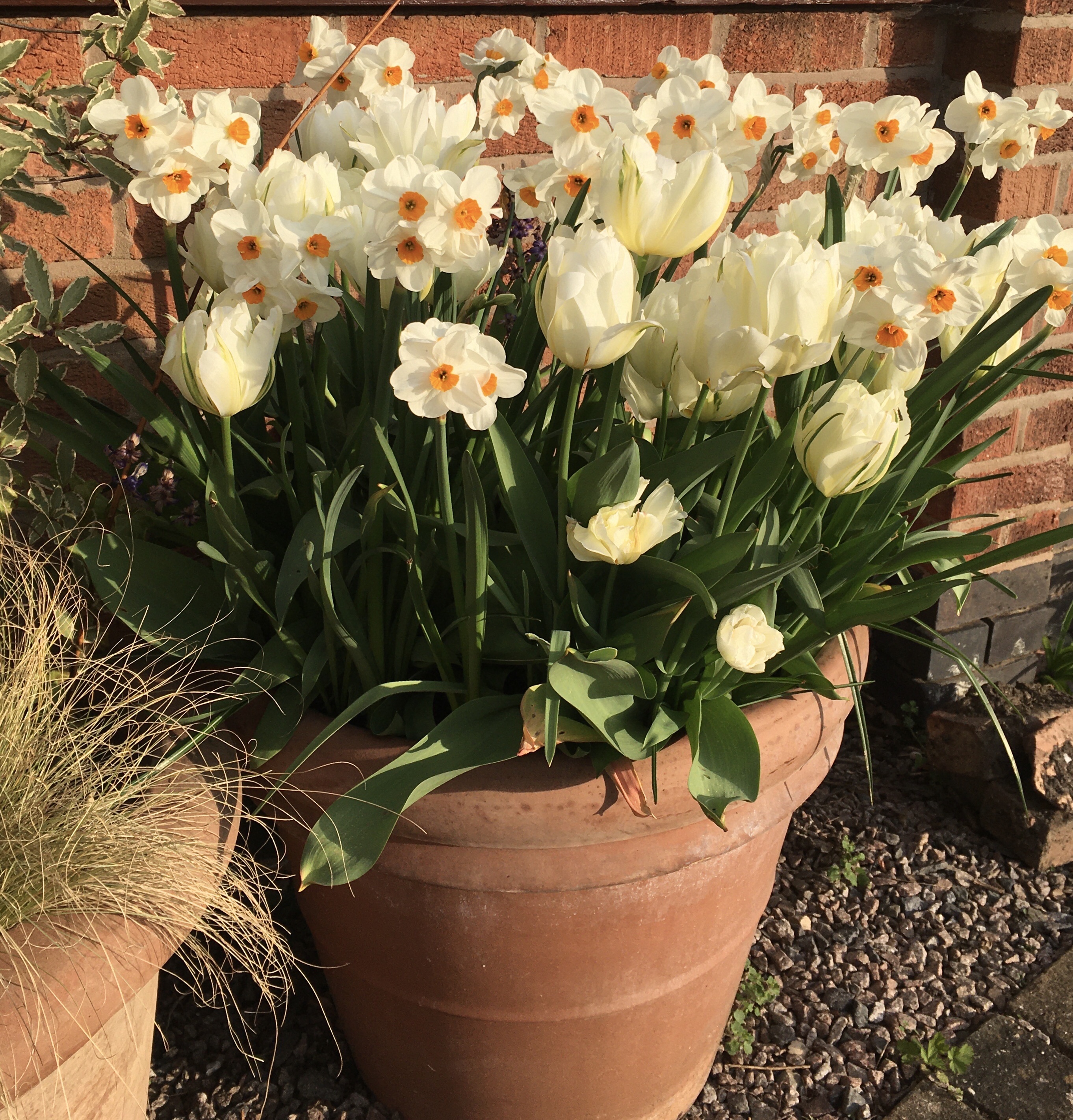


























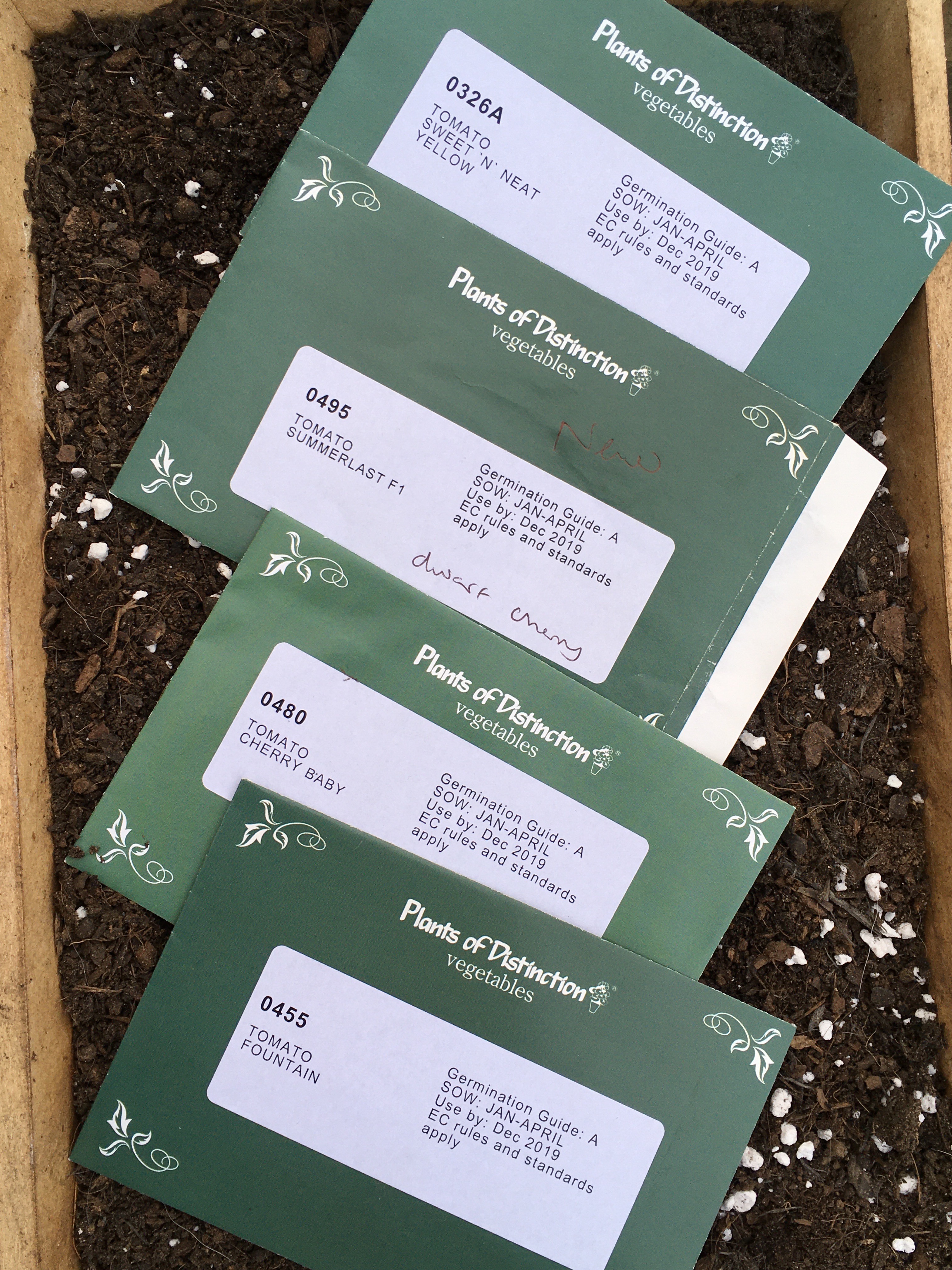







 The horseshoe pond can viewed from the potting shed windows. There’s a gently-sloping boulder beach to stand on, and this gives easy access for hedgehogs, frogs, newts and grass snakes. It’s very calming to stand and watch the ripples from raindrops. Today the pond is a cauldron of frogs, mating and producing frog spawn.
The horseshoe pond can viewed from the potting shed windows. There’s a gently-sloping boulder beach to stand on, and this gives easy access for hedgehogs, frogs, newts and grass snakes. It’s very calming to stand and watch the ripples from raindrops. Today the pond is a cauldron of frogs, mating and producing frog spawn.
















